The Seeker's Library - Zubair's Bookshelf
100 Books -> Curated Volumes for the Discerning Seeker (August-September 2025)
Welcome, Seekers!
Welcome to the second monthly edition of Zubair’s Curated Book List, a part of The Seeker’s Library at Zubair’s Bookshelf —a living archive where centuries converse, civilizations meet, and ideas ignite.
This edition gathers the finest books shared in August and September 2025, now woven together into a single, luminous collection. Think of this not as a mere list, but as a map of human thought, a carefully curated gateway into the worlds that have shaped—and continue to shape—our collective story.
What’s New?
To elevate the experience, the list has been beautifully reimagined:
Themes now guide your reading journey, grouping books by intellectual constellations rather than chronology.
Book titles are hyperlinked to their publishers’ pages (where available), inviting deeper exploration at a click.
Book covers punctuate the text, turning the list into a visually striking gallery that mirrors the richness of its contents.
Bullet-pointed titles make the collection easy to navigate, revisit, and remember, whether you’re browsing casually or hunting for your next obsession.
Inside this Edition
Within these pages lie 100 extraordinary books, traversing empires, philosophies, and frontiers.
Here you will find works on the Ottoman Empire, Arabic literature, Islamic law and spirituality, art, architecture, and textiles, Mughal India, Islamic philosophy and Sufism, animals, Jewish history, medieval meteorology and astronomy, translation movements, the Fatimids, Christianity, Eurasia and Central Asia, the Silk Roads, Andalusian convivencia, scientific exchange, Africa, the Crusades, Pashtuns, Persia, Marco Polo, sexuality, the occult, Buddhism —and more!
This is more than a reading list. It is a cosmopolitan library, a literary odyssey, and a testament to the boundless curiosity of the human spirit. May it spark in you the same wonder it inspired in its making.
THE BOOKS
Ottoman Empire:
Coming February 2026, Ottomans and the Supernatural: Nature and the Limits of Knowledge in the Early Modern Ottoman Empire by Marinos Sariyannis plunges us into a world where the miraculous and the rational coexisted, where scholars, mystics, and bureaucrats grappled with the invisible forces animating their universe. Through breathtakingly wide-ranging sources—cosmographies and philosophical treatises, medical manuals and travelogues, biographies, literature, and state archives—Sariyannis reconstructs how Ottomans across four centuries understood nature and its mysterious counterpart, the supernatural. He reveals a dazzling intellectual universe that defied European categories, where magic and knowledge intertwined to shape how people interpreted the extraordinary. Bold, meticulous, and revelatory, this landmark open-access study doesn’t just fill a gap in Ottoman historiography—it redraws the map of how human civilizations have imagined the unseen.
Coming December 2025, Challenging the Caliphate: Wahhabism and Mahdism in the Late Ottoman Empire by Ömer Koçyiğit detonates the idea that the Ottoman center collapsed under its own weight. Instead, this electrifying study shows how steamships, telegraphs, and printing presses supercharged both the Caliphate’s ambitions and the insurgencies that came to threaten it from within.
Coming April 2026, Needs That Bind: Materializing Nationality in Post-Ottoman Regimes by Orçun Can Okan shatters the myth that nations are born cleanly from the rubble of fallen empires. Instead, Okan reveals a world where nationality was not an abstract principle but a desperate, everyday struggle —fought in pensions denied, marriages broken by borders, inheritance disputes stretched across new regimes, and sacred endowments tangled in the courts of rival states. By following these intimate human dramas, he shows how the collapse of the Ottoman order bled into the bureaucracies of Turkey, Syria-Lebanon, and Iraq, forging fragile new regimes through the very paperwork of survival.
Coming April 2026, The Race for Universal Monarchy: Apocalypticism and the Ottoman-Habsburg Rivalry in the Sixteenth-Century Mediterranean by Ebru Turan recasts the sixteenth century as an apocalyptic showdown between Holy Roman Emperor Charles V and Ottoman Sultan Süleyman the Magnificent.
Coming September 2025, Empire of Manners: Ottoman Sociability and War-Making in the Long Eighteenth Century by James Grehan reimagines the history of manners, revealing that civility and violence were not opposites in the Ottoman world, but strange companions that shaped society together. Ranging from the Balkans and the Middle East to North Africa, Grehan draws on chronicles, travel accounts, and biographical dictionaries to show how etiquette and sociability in the Ottoman Empire were deeply entwined with the practices of war. As warfare became increasingly complex, costly, and socially embedded, it left behind a wider cultural footprint —transforming how Ottomans conceived of power, authority, and everyday interactions.
Published 2024, The Sublime Post: How the Ottoman Imperial Post Became a Public Service by Choon Hwee Koh uncovers the extraordinary world of the Ottoman postal system, the empire’s most vital communication network before the age of steam and telegraph. Koh brings to life a relay of voices —couriers riding through deserts, widows seeking justice for slain messengers, feuding villages entangled in mail routes, postmasters accused of profiteering, and officials doubling as smugglers. Horses swim rivers, travelers hide from bandits, and drunken camaraderie erupts at lonely relay stations where Ottoman couriers and European visitors cross paths.
Coming April 2026, Ottoman Mobilities in the Global Nineteenth Century, edited by Belgin Turan Özkaya and Sibel Zandi-Sayek, shatters the old story of a stagnant empire and instead reveals the Ottomans as restless travelers, innovators, and shapers of the modern world.
Coming November 2025, Sufism in Ottoman and Post-Ottoman Europe: Entanglements in Past and Present, edited by Cem Kara, Evelyn Reuter, and Zsófia Turóczy, unveils the intricate webs of contact, conflict, and creativity that defined Sufi life across Ottoman and post-Ottoman Europe. Through chapters that move from Alevi-Bektashi traditions to Balkan saints, from Sarajevo’s Mesnevihans to German Sufi networks, the book explores how Sufi groups interacted with one another and with Christians, secularists, and modern states.
Published July 2025, Istanbul and the Ottoman Empire in Romantic and Victorian Culture: The Sultan’s City, 1800-1876 by Piya Pal-Lapinski unveils the city where empire, myth, and modernity collided. This dazzling study traces how Constantinople/Istanbul—haunted by Byzantine ghosts and alive with Ottoman splendor—shaped the imagination of Romantic and Victorian writers, artists, and politicians. From operatic sultans to vampiric janissaries, from Byron and Mary Shelley to Disraeli, Scott, and Julia Pardoe, Istanbul became both stage and symbol for Europe’s anxieties and desires. Drawing on unpublished archival material, Lapinski reframes the city not as a distant exotic backdrop, but as a crucible where East and West, Islam and Christendom, empire and nationalism were forced into uneasy conversation.
First published 1994 with updated editions, An Economic and Social History of the Ottoman Empire, edited by Halil İnalcık with Donald Quataert, remains one of the most monumental works ever produced on Ottoman history. Spanning from the empire’s emergence around 1300 to its dissolution during World War I, these two volumes offer an unparalleled, richly detailed portrait of the Ottoman world over six centuries. Volume One (1300–1600), written by İnalcık, traces the empire’s formative centuries, examining population, trade, manufacturing, land tenure, and economic systems that underpinned Ottoman power. Volume Two (1600–1914), authored by Suraiya Faroqhi, Bruce McGowan, Donald Quataert, and Şevket Pamuk, explores the transformations of the later empire—its social structures, fiscal strategies, and the impact of global economic currents—up to its final years. Combining exhaustive research with sweeping analytical vision, this magisterial history is indispensable for understanding not only the Ottoman past but also the modern Middle East and Balkans.
Arabic Literature:
Coming December 2025, Poetic Desire and Literary Thievery: Economies of Intertextuality in Arabic Literature by Muhsin J. al-Musawi is a thrilling deep dive into the hidden engines of Arabic literary brilliance —rivalry, borrowing, and poetic ambition. For centuries, poets, critics, and scholars across the Abbasid Caliphate, Andalusia, Morocco, Egypt, and Iraq waged fierce literary battles over “plagiarism.” But as al-Musawi shows, these accusations weren’t about shame —they were about status, originality, and power.
Coming December 2025 and openly accessible, The Well-Tempered Reader: The Legitimization of Adab in the Arabic Literary Tradition by Sarah R. Bin Tyeer reimagines adab not as a static label for literature or etiquette, but as a force —an ethical and existential practice that shapes how one sees, interprets, and inhabits the world. Adab becomes the discipline through which human beings are “tuned,” much like an instrument, to harmonize with text, society, and the cosmos. It is reading as transformation, writing as cultivation, and literature as the very architecture of moral and intellectual life.
Published 2013, A Sea of Languages: Rethinking the Arabic Role in Medieval Literary History, edited by Suzanne Conklin Akbari and Karla Mallette, reimagines the medieval Mediterranean as a vast web of exchange where Arabic culture was not peripheral but central to the making of European letters. Long assumed to be isolated, medieval European literature is here revealed as deeply indebted to Arabic traditions of poetry, philosophy, and music. From the shadow of Andalusi convivencia to the echoes of Arabic melody in European song, from the influence of Muslim Hebraism to the traces of Islam in Cervantes himself, the chapters in this volume reveal a Mediterranean alive with porous boundaries and shared imagination.
Islam / Islamic Law/ Justice:
Coming January 2026, Radical Separation of Powers: A History of Islamic Constitutionalism by renowned scholar Wael Hallaq dismantles two centuries of Orientalist scholarship that denied Islam a constitutional tradition. Premodern Islamic political practice has long been mistranslated, misinterpreted, and condescendingly judged through colonial eyes —declared inferior to the norms of Western liberalism. In this bold and paradigm-shifting work, Hallaq sets the record straight.
Coming March 2026, Justice and Islamic Law: Mazalim Courts and Legal Reform by Jonathan A.C. Brown is a riveting journey into the beating heart of Islamic justice. What happens when divine law collides with the urgent cry of conscience? For over a millennium, Muslims turned to the mazalim courts—arenas where rulers themselves heard the grievances of the powerless, where tyrants could be called to account, and where wrongs beyond the reach of Sharia courts could still find redress. Born in the eighth century, these extraordinary courts were not lawless exceptions but part of Islam’s moral architecture, embodying a vision of justice too vast to be confined to legal formulas.
Coming November 2025, Covenants with Allāh: Keystone of Islam by Halim Rane and Ibrahim Zein recovers one of the most profound yet overlooked dimensions of the Islamic tradition: the covenant (ʿahd and mīthāq). This is no marginal concept —it is the keystone holding together the architecture of Islamic theology, ethics, and governance. Through a sweeping study of the Qurʾān, the covenants of the Prophet Muḥammad, and the historical record of Muslim rule, the authors reveal how the covenantal ethos shaped Muslim consciousness across centuries —building accountability between rulers and the ruled, fostering trust in diplomacy, and grounding justice in interreligious relations. From Adam’s primordial covenant to the pledges made by empires and states, covenants served as the moral glue of coexistence.
Art / Architecture / Textiles:
Coming February 2026, Islamic Art History and the Global Turn: Theory, Method, Practice, edited by Hala Auji and Radha Dalal, detonates the old boundaries of how Islamic art is seen, taught, and lived. For centuries, its study has been filtered through narrow lenses —colonial taxonomies, Orientalist tropes, and regional silos that fracture a tradition built on movement, exchange, and transformation.
Published 2022, Islamic Architecture through Western Eyes: Spain, Turkey, India and Persia (Volume 1) by Michael Greenhalgh collects and curates centuries of European encounters with the mosques, shrines, and monuments of the Muslim world. Drawing from ambassadorial reports, travel accounts, and illustrated journals spanning the seventeenth to early twentieth centuries, this first volume captures how Western observers described the awe and strangeness of Islamic architecture in Spain, Turkey, India, and Persia.
Coming February 2026, The Atlas of World Embroidery: A Global Exploration of Heritage and Styles by Gillian Vogelsang-Eastwood is a breathtaking visual and cultural journey into one of humanity’s oldest and most universal art forms. From the quillwork and birch boxes of Indigenous North America to Hungary’s floral matyó style, from India’s radiant zardozi to the satin stitches of Han Dynasty China, embroidery emerges as both a common language and a dazzlingly diverse tradition. Every region, every culture stitched its identity into cloth —expressing memory, faith, power, beauty, and survival through needle and thread.
Published in 2022, Textiles of Medieval Iberia: Cloth and Clothing in a Multi-Cultural Context, edited by Gale R. Owen-Crocker, María Barrigón, Naḥum Ben-Yehuda, and Joana Sequeira, plunges us into the dazzling world of medieval Spain and Portugal, where threads of silk, wool, and linen became instruments of power, identity, and exchange. In this vibrant crossroads of Christian, Muslim, and Jewish communities, clothing was far more than adornment —it was a language of faith, politics, and status. Through sumptuous Islamic silks that crossed religious boundaries, courtly garments woven with authority, and bustling markets supplying humble fabrics for daily life, the essays weave a breathtaking tapestry of cultural entanglement.
Published 2022, Worn: A People’s History of Clothing by Sofi Thanhauser is a sweeping, award-winning, and revelatory journey through five fabrics—linen, cotton, silk, synthetics, and wool—to uncover the hidden histories woven into what we wear. Moving from the opulent courts of Europe to the looms and dyeing traditions of communities around the world, Thanhauser traces how distinctive regional techniques gave way to the homogenized, disposable culture of fast fashion. She exposes the clothing industry’s environmental toll and exploitation of labor, while spotlighting global movements reviving ethical, sustainable textile practices. Richly researched and vividly told, this book reveals that every garment carries centuries of human stories—threads that bind us to ecology, empire, labor, and identity.
India / Mughals:
Published 2019, From Stone to Paper: Architecture as History in the Late Mughal Empire by Chanchal B. Dadlani uncovers how, in an era of political decline and colonial encroachment, Mughal rulers turned to architecture to assert cultural power and shape historical memory. Moving beyond the empire’s “golden age,” Dadlani explores how imperial mosques, urban spaces, building plans, paintings, and even postcards became tools for staging authority and preserving identity. Through this richly detailed study, she reveals how late Mughal architects and patrons transformed their past into a powerful architectural language—creating the very notion of a Mughal historical style that endures to this day.
Published in July 2025, The Hindi Heartland: A Study by Ghazala Wahab is an unflinching portrait of the region that decides India’s political destiny while embodying some of its deepest contradictions. Spanning Rajasthan, Madhya Pradesh, Chhattisgarh, Bihar, Uttarakhand, Uttar Pradesh, and Jharkhand, the Hindi belt is home to over 40% of the country’s population and sends the largest share of lawmakers to Delhi —yet it remains mired in poverty, corruption, and chronic underdevelopment. It is the birthplace of saints, poets, and secular visionaries, but also the arena of violent communal clashes and polarizing politics.
Coming December 2025, Hindu Amir of Muslims: Indigenized Islam from the Indian Ocean Littoral of Malabar by Abbas Panakkal reveals a fascinating story of how Islam adapted and thrived in sixteenth-century Malabar, at the crossroads of the Indian Ocean world. Here, Islam was not imposed —it was woven into the rhythms of trade, ritual, and politics. Muslim identity fused with indigenous practices, creating a faith deeply local yet unmistakably Islamic. At its heart lay extraordinary phenomena: the Hindu Zamorin of Calicut recognized as the Amir of Muslims, and Muslim scholars framing jihad as the defense of non-Muslim sovereignty. Sufi shrines, ceremonial processions, and vernacular aesthetics all signaled a profound departure from “Arab Cultural Islam,” testifying to the creativity of a truly indigenized Islam.
Coming December 2025, Taming Wilderness: The Mughal Hunt and Cultural Landscapes of Shikargah, by Shaha Parpia, reimagines the Mughal hunt not as spectacle alone, but as a powerful cultural practice that fused politics, ecology, and spirituality. The shikārgāh was never mere wilderness. It was an engineered landscape —a carefully modified space that linked forests with cultivated fields, irrigation projects, and Mughal gardens. Within these liminal zones, emperors enacted authority, demonstrated care for agrarian prosperity, pursued scientific knowledge, and even forged spiritual connections with nature.
Published February 2025, A History of India, Volume 1: From the First Human Settlements to the Mughal Empire by Michelguglielmo Torri offers a sweeping and incisive account of one of the world’s oldest civilizations, charting its evolution from prehistoric times to the death of Aurangzeb in 1717. Torri highlights India’s deep global connections, its constant currents of change, and how colonialism reshaped society in unprecedented ways. Against the backdrop of rising and falling urban civilizations, he examines shifting political, economic, and social landscapes, the growth of trade and manufacturing, and the emergence of new social strata. With particular attention to Hindu–Muslim relations, the book reveals a long history of coexistence and shared mysticism that shaped the subcontinent’s unique trajectory toward modernity.
Published February 2025, A History of India, Volume 2: From the Break-up of the Mughal Empire to the End of Colonial Rule by Michelguglielmo Torri traces India’s turbulent journey from imperial fragmentation to independence in 1947. Torri explores how pre-colonial states were dismantled or marginalized under British rule, how colonialism simultaneously froze social evolution and inadvertently set the stage for modern India, and how India became both the economic backbone and exploited subject of the British Empire. He examines the devastating consequences of liberal economic policies, the emergence of Indian nationalism, and the political forces that led to the end of colonial rule and the partition. This is a powerful, global-minded history of a society in constant transformation under the pressures of empire and modernity.
Published February 2025, A History of India, Volume 3: From the Nehru Era to the Neoliberal Age (1947–2014) by Michelguglielmo Torri charts India’s transformation from a postcolonial democracy to a neoliberal power. Torri divides the period into the “Longer Nehruvian Era,” marked by secular democracy, a dominant-party system, and a state-led economy, and the “Neoliberal Age,” beginning with the tumultuous 1989–1991 transition. He examines how neoliberal reforms accelerated growth while deepening inequality, and how Hindutva, after its early rise between 1999–2004, resurged dramatically in 2014. This is a sweeping, incisive account of how political ideologies, economic policies, and cultural forces reshaped modern India.
Published 2004, The Garden of the Eight Paradises: Bābur and the Culture of Empire in Central Asia, Afghanistan and India (1483–1530), by Stephen Dale, is the first critical biography of the brilliant yet restless founder of the Mughal Empire, Zahīr al-Dīn Muhammad Bābur. More than the tale of a conqueror, it is the story of a man who combined the sword with the pen—an empire-builder whose memoirs and poetry reveal both ferocity in battle and a haunting intimacy in self-reflection.
Islamic Philosophy / Sufism / Spirituality:
Published September 2025, I of the Heart: Texts and Studies in Honor of Seyyed Hossein Nasr, edited by Muhammad U. Faruque, Atif Khalil, and Mohammed Rustom, is a sweeping tribute to one of the most influential Muslim thinkers of our age. In over ninety books and six hundred articles, Nasr has illuminated Sufism, philosophy, science, art, and even the ethics of ecology. This landmark volume gathers forty leading scholars to honor his legacy, spanning fields from mysticism and metaphysics to law, theology, poetry, and ethics. At once homage and intellectual panorama, I of the Heart captures the monumental breadth of a scholar whose work has shaped how the world encounters the spiritual and intellectual riches of Islam.
Published September 2025, What is Metaphysics? Ruminations on Principial Knowledge and Some of Its Applications by Seyyed Hossein Nasr is a profound exploration of metaphysics through the lens of the Islamic intellectual tradition. Distinguishing principial and divine knowledge from mere factual information, the book makes a compelling case for integrating metaphysical understanding into the very fabric of human existence. Moving beyond abstract theory, it illuminates how metaphysics shapes and elevates diverse domains—religion, education, philosophy, art, ecology, and science—revealing it not as an esoteric pursuit, but as a vital, living mode of knowing that grounds and orients the human soul.
Coming October 2025, Exploring Islamic Philosophy by Sayeh Meisami is a breathtaking journey through more than a millennium of Islamic thought, stretching from Andalusia to Iran. With clarity and depth, Meisami brings to life the dazzling insights of the greatest Muslim philosophers on existence, God, knowledge, the soul, politics, virtue, and the mysteries of death and the afterlife. But this is no mere historical survey —the book shows how these timeless ideas ignite urgent conversations today on ethics, gender, and ecology. Bold, lucid, and transformative, this book unveils the power of Islamic philosophy as both an intellectual treasure of the past and a vital compass for the future.
Coming September 2025, Al-Ghazali’s Moral Psychology: From Self-Control to Self-Surrender by Joel Craig Richmond offers a groundbreaking study of one of Islam’s most towering figures. Al-Ghazālī (d. 1111) has long perplexed readers for weaving philosophy, law, and Sufism into a single ethical vision —but Richmond shows that the unifying thread is al-Ghazālī’s dramatic emphasis on self-control as the gateway to human flourishing.
Published September 2025, Islamic Philosophy in the Maghreb during the Early Modern Period: Aḥmad al-Wallālī’s (d. 1716) Philosophy of Monotheism (Ashraf al-Maqāṣid), by Ibrahim Safri, challenges the narrative of decline and silence in Islamic thought. At its center stands the Moroccan scholar Ibn Yaʿqūb al-Wallālī, whose Ashraf al-Maqāṣid reveals a vibrant engagement with philosophy and kalām at a moment too often dismissed as intellectually barren.
Published 2020, The Masnavi of Rumi, Book One: A New English Translation with Explanatory Notes translated by Alan Williams brings to life one of the most revered masterpieces of Islamic mysticism. Composed in the 13th century, Rumi’s Masnavi-ye Ma’navi—long celebrated across the Islamic world as the greatest Sufi mystical text—unfolds through stories, parables, and profound teachings, guiding the reader along the path of divine love toward ultimate union with Truth. In this first of six volumes, Williams offers a lucid and lyrical blank verse translation that captures both the spiritual depth and playful dynamism of Rumi’s vision. Complete with the original Persian text and illuminating commentary, this edition invites modern readers to encounter the Masnavi anew as one of the world’s towering works of spiritual literature.
Published 2020, The Masnavi of Rumi, Book Two: A New English Translation with Explanatory Notes translated by Alan Williams continues the spiritual and poetic odyssey of Rumi’s 13th-century masterpiece, the Masnavi-ye Maʿnavi. Revered for centuries across the Islamic world as the greatest text of Sufi mysticism, the Masnavi draws on fables, parables, and spiritual teachings to lead readers ever deeper along the path of divine love and self-transcendence. In this second of six volumes, Rumi invites us to move beyond the boundaries of the ego to glimpse ultimate reality. Alan Williams’s masterful blank-verse translation, paired with the original Persian text and insightful commentary, captures both the lyrical beauty and metaphysical power of Rumi’s vision, presenting it afresh for a global audience.
Published 2016, Jihad in Premodern Sufi Writings by Harry S. Neale is the first comprehensive study in a European language to examine how Sufi authors between the eleventh and seventeenth centuries defined and depicted jihad across genres —treatises, Qur’anic commentaries, hagiographies, letters, and poetry. Drawing on Arabic and Persian sources previously inaccessible in English, Neale uncovers a consistent Sufi vision of jihad as both an inner spiritual struggle and an outward military endeavor. He highlights the stark contrast between modern Western portrayals of Sufis as peaceful mystics and Arabic academic depictions that celebrate Sufis as warrior-saints who fused ascetic discipline with martial fervor. The result is a groundbreaking work that dispels the myth of a purely “spiritual jihad” in premodern Sufi thought and reveals a far more complex and dynamic tradition.
Published 1999 (paperback 2016), Freethinkers of Medieval Islam: Ibn al-Rāwandī, Abū Bakr al-Rāzī, and Their Impact on Islamic Thought, by Sarah Stroumsa, uncovers the astonishing story of two of the most radical minds of the medieval Islamic world. Ibn al-Rāwandī and Abū Bakr al-Rāzī, branded as heretics, wrestled with the very core of prophecy and revelation, drawing on ancient philosophies, Indian wisdom traditions, and Sabian legacies to craft daring critiques that shook their age.
Animals:
Published 2013, The Animal in Ottoman Egypt by Alan Mikhail offers a groundbreaking lens on Egypt’s transformation between 1517 and 1882 by placing human–animal relations at the heart of the story. Mikhail shows how shifting interactions with livestock, dogs, and charismatic megafauna were central to Egypt’s transition from an early modern society—where animals shaped labor, sanitation, and trade—to a modern, centralized state. Through these relationships, political power, economic structures, and ecological systems were profoundly reordered. Far from a marginal theme, the history of animals becomes the key to understanding one of the most significant social, environmental, and political transformations of the early modern world.
Coming September 2025 (U.S.), Horses: A 4,000-Year Genetic Journey Across the World by Ludovic Orlando (translated by Teresa Lavender Fagan) is a breathtaking fusion of science and history. Orlando, a pioneer of horse genomics, leads us through icy graves and sunburnt steppes where ancient bones whisper their DNA secrets. Out of this evidence, a revelation: horses were first domesticated 4,200 years ago in the North Caucasus, launching one of the most explosive transformations in human history.
Jewish History:
Coming March 2026, Nahmanides: An Intellectual Biography by Oded Yisraeli plunges us into the dazzling mind of Rabbi Moses b. Nahman (1194–ca. 1270), known as Nahmanides, a figure whose brilliance shaped the spiritual architecture of medieval Judaism. Here is a man whose pen could shift seamlessly from exacting Talmudic analysis to soaring mystical visions, from cutting polemics against Christianity to luminous poetry and sermons that stirred entire communities. His writings are not fragments—they are constellations that together form one of the most astonishing intellectual legacies of the Middle Ages.
Coming October 2025 (U.S.) and December 2025 (U.K.), The Princeton Companion to Jewish Studies, edited by Leora Batnitzky, Eve Krakowski, and Steven Weitzman, offers nothing less than a map to one of the most dynamic and interdisciplinary fields of modern scholarship. Jewish studies is illuminated here through history, anthropology, philosophy, literature, sociology, feminism, religious studies, and the arts —revealing the many ways the academy has sought to understand Jewish life, thought, and expression across centuries.
Published August 2025, After Revelation: The Rabbinic Past in the Medieval Islamic World by Marc D. Herman reveals a medieval world of profound intellectual exchange where Jewish and Islamic legal thought continuously shaped one another. This is the first comprehensive study to situate Jewish legal theory in its broader Islamic context, showing that Jews were deeply engaged in contemporaneous Muslim debates on revelation, law, and interpretation.
Published 2021, The Cambridge History of Judaism, Volume 5: Jews in the Medieval Islamic World, edited by Phillip I. Lieberman, is nothing less than a grand epic of Jewish history in the age of Islam. Stretching from the birth of Islam in the 7th century to the cataclysmic expulsion from Spain in 1492, it reveals a world where Jewish traders crisscrossed deserts and seas, where philosophers debated side by side with Muslim counterparts, and where communities rose and fell with the tides of empire.
Published 2018, After the Black Death: Plague and Commemoration Among Iberian Jews by Susan L. Einbinder takes readers into the heart of one of history’s darkest moments —and uncovers the unexpected light of resilience.
The Black Death claimed up to 60% of Europe’s population. Yet, instead of silence, Einbinder reveals a stunning tapestry of Jewish responses: liturgical poetry that transfigured grief into ritual, medical writings that sought to understand the plague, epitaphs etched in stone for the dead of Toledo, and a searing lament from a survivor of the Tàrrega massacre.Published 2013, Time, Astronomy, and Calendars in the Jewish Tradition, edited by Sacha Stern and Charles Burnett, reveals how Jewish thinkers across centuries wrestled with the heavens —not just to measure days and months, but to anchor identity, belief, and power. Here, time is never neutral. It is a battlefield of theology, astronomy, and politics. Rabbinic sages gazed at the new moon to define sacred days. Medieval scholars debated cosmology: was it science, or divine truth? Calendar controversies in the Islamic world shook entire communities. Astrolabes passed through Jewish hands, Abraham Ibn Ezra reshaped the reckoning of days, and even hygiene and dietary calendars emerged as texts of survival and order.
Published September 2025, Teaching and Studying Philosophy in Jewish Culture during the Middle Ages by Colette Sirat uncovers the hidden world of medieval Jewish pedagogy, where philosophy was not only written but also taught, debated, and lived. From the great figures like Maimonides and Gersonides to the anonymous students whose notes and manuscripts preserve the flow of classroom dialogue, Sirat charts the diffusion of Aristotelian metaphysics, ethical debates, and epistemological puzzles through Northern France, Provence, Italy, and Spain. These weren’t abstract exercises —they were vibrant exchanges where Jewish identity, faith, and intellectual life converged.
Published 2009, Maimonides in His World: Portrait of a Mediterranean Thinker by Sarah Stroumsa is one of the most original and transformative studies of Maimonides. It shatters the conventional image of him as merely a Jewish philosopher who borrowed from Islamic thought and instead places him fully within the rich cultural and intellectual fabric of the medieval Mediterranean. Stroumsa demonstrates how his thought was steeped not only in Islamic philosophy but also in Almohad theology, science, Sufi currents, and the broader exchanges among Jews, Christians, and heterodox thinkers.
Published 2020, The Jews of Ottoman Izmir: A Modern History by Dina Danon brings to light the vibrant Sephardi Jewish community of Izmir, a major eastern Mediterranean port city that flourished for over four centuries. Drawing on rich, previously untapped Ladino archives, Danon overturns Eurocentric narratives that frame Jewish distinctiveness as incompatible with modernity. In late Ottoman Izmir, Jewish religious and cultural identity was unquestioned—but tensions arose around poverty and class, not faith. Through the voices of beggars and elites, rabbis and shoe-shiners, editors and housewives, she reveals how shifting attitudes toward social hierarchy—not Judaism itself—shaped this community’s encounter with the modern age. This award-winning study offers a stunning, intimate portrait of a Jewish world at the crossroads of tradition and transformation.
Medieval Meteorology / Astronomy / Cartography / Environment:
Published 2019, Medieval Meteorology: Forecasting the Weather from Aristotle to the Almanac by Anne Lawrence-Mathers uncovers a forgotten science that once promised to master the skies. From c.700 to c.1600, European scholars wove Aristotle’s theories together with astrology, creating the bold discipline of astro-meteorology. It claimed that the shifting planets and stars, mediated by local climates, determined rain, drought, storms, and winds —foretold not days, but months and years ahead.
Published 2023, Astronomy of Ancient Egypt: A Cultural Perspective by Juan Antonio Belmonte and José Lull is a breathtaking journey into how one of the world’s first great civilisations built its very identity around the sky. This is not just about stargazing —it is about how the Egyptians used the heavens to measure time, structure their rituals, orient their temples, and even anchor the power of their kings.
Published June 2021, Cartography between Christian Europe and the Arabic-Islamic World, 1100-1500: Divergent Traditions by Alfred Hiatt plunges into the charged frontier where two civilizations drew their worlds into being. On one side, Christian Europe produced medieval world maps (known as mappaemundi) with Jerusalem blazing at the center of creation; on the other, Arabic-Islamic scholars traced the seven climes, celestial cartographies, and Mecca as the axis of orientation.
Published September 2025, Seven Rivers: A Journey through the Currents of Human History by Vanessa Taylor is a breathtaking voyage along the Nile, Danube, Niger, Mississippi, Ganges, Yangtze, and Thames — the seven mighty arteries through which the lifeblood of civilizations has flowed. These rivers have been the thrones of empires, the frontiers of conquest, and the veins of global trade. Along their banks, fortunes were made, cities were born, wars were waged, and cultures collided. Their basins have been plundered for gold, timber, salt, oil, rubber—and even human lives—while their waters carried armies, merchants, pilgrims, and the enslaved across continents. Yet Taylor also reveals the rivers’ own untamable will: their floods and droughts, shifting courses, silent erosions, and cataclysmic transformations that humbled even the greatest powers. This is not just history told through water. It is the elemental saga of humanity itself, swept along seven rivers that shaped the world.
Islamology / Salafism:
Published July 2025, Gate to Madina: Regaining the Art of Islam by Tarek Elgawhary is nothing less than a manifesto for renewal. It tells two intertwined stories: the rise of counterfeit “Islamologies” that hollowed Islam into fragments—religion divorced from civilization, faith emptied of art—from the late 18th century onward, and the path of healing, through rediscovering the art of Islam —a fusion of independent mastery and deep spiritual illumination.
Published September 2025, Salafi Political Ideology by Daniel Lav delivers a sharp study of how the Salafi concept of theonomy—the belief that rule by God’s law is inseparable from true faith—became the driving force behind militant opposition to Muslim states. Tracing its roots from Ibn Taymiyya through Wahhabi thinkers, and later Mawdudi and Quṭb, Lav shows how theology and politics fused into an uncompromising ideology. This concise yet powerful work reveals the deep intellectual foundations of Salafi militancy and the enduring contest over divine sovereignty and human authority in Islam.
Fatimids:
Published August 2025, The Fatimids: Portrait of a Dynasty by Delia Cortese brings to vivid life one of the most dazzling chapters in Islamic and world history. The Fatimids (909–1171) were no ordinary dynasty: they were the only pre-modern Shiʿi power to establish an empire, and the only one in history named after a woman —Fatima, daughter of the Prophet Muhammad. From North Africa to Egypt, from Sicily to Palestine, they re-imagined what a dynasty could be. They elevated women to political and spiritual prominence, founded Cairo as a beacon of culture and scholarship, and cultivated an atmosphere of tolerance and prosperity that defied the brutal norms of their age. Their story is not just about rulers and battles, but about building a civilization where religion, art, and knowledge fused into a living vision.
Christianity:
Published 2021, The Imam of the Christians: The World of Dionysius of Tel-Mahre, 750-850 CE by Philip Wood opens a remarkable window onto the Abbasid caliphate at its height, when Christian communities were not simply surviving under Muslim rule but actively reshaping their identity within it.
Focusing on Dionysius of Tel-Mahre, patriarch of the Jacobite church, Wood explores how Christian leaders adopted—and adapted—the political ideas and practices of their Muslim rulers to create an “Islamicate Christianity.”
Asia / Central Asia / Eurasia / Mongols / China:
Published August 2024, Pamirian Crossroad and Beyond: Human Geography and Geopolitics by Hermann Kreutzmann distills four decades of fieldwork in High Asia into a sweeping exploration of how borderlands shape human life, politics, and identity. From the Hindukush and the Wakhan Quadrangle to the Pamirian Crossroads, Karakoram, and Himalaya, Kreutzmann traces how colonial and post-colonial boundary-making redefined communities, how mountain societies sustained exchange across forbidding frontiers, and how modernization transformed agriculture, pastoralism, and daily life. Grounded in empirical research and enriched by deep archival study, the book spans the 19th to the 21st century, revealing these mountain peripheries not as isolated margins but as contested arenas where Afghanistan, Pakistan, China, and the Central Asian republics converge.
Published 2020, Land of Strangers: The Civilizing Project in Qing Central Asia by Eric Schluessel uncovers a dark and pivotal chapter in Xinjiang’s history. In the late Qing empire, Confucian reformers sought to bind the Muslim-majority region to China by transforming Turkic-speaking Muslims into Chinese-speaking Confucians. Instead of unity, the project bred estrangement, leaving scars that still shape Xinjiang today.
Published 2023, The Islamic-Confucian Synthesis in China, edited by Zongping Sha and Shuchen Xiang, unveils the extraordinary story of how Islam and Confucianism—two of the world’s great traditions—intertwined over centuries in China. From its first arrival during the Tang dynasty to its flowering in the Ming and Qing eras, Islam did not remain foreign; it evolved into a distinctly Chinese expression, giving rise to the celebrated Han Kitab tradition and to thinkers like Liu Zhi who spoke in both the language of the Qur’an and the Analects.
Coming April 2026, The Khan and the Unicorn: Mongol Empire and Qing Knowledge in the Making of World History by Matthew W. Mosca explores how the Mongol Empire was transformed from scattered chronicles into a central chapter of world history. While the Mongols had once reshaped Eurasia, the earliest records of their conquests were fragmented and provincial. Between the seventeenth and nineteenth centuries, however, new imperial rivalries—and the discovery of unfamiliar Chinese, Manchu, Mongolian, and European sources—gave historians the tools to weave a grander story. From Beijing, the Qing court led the way, deploying multilingual scholars to integrate these diverse records into pioneering studies that radiated outward to Paris, St. Petersburg, and Tokyo.
Published 2018, Prince, Pen, and Sword: Eurasian Perspectives, edited by Maaike van Berkel and Jeroen Duindam—and openly accessible (free PDF)—plunges into the heart of Eurasia’s empires between the fourteenth and eighteenth centuries, a world where the crown, the pen, and the sword were locked in constant negotiation. This sweeping volume uncovers the drama of courts where ceremony masked rivalries, where kings leaned on religious authority to secure legitimacy, and where elites—both military and administrative—wrestled with questions of power, duty, and identity.
Published August 2025 and fully open access, The Caspian World: Connections and Contentions at a Modern Eurasian Crossroads, edited by Abbas Amanat, Kevin Gledhill, and Kayhan A. Nejad, offers a sweeping and incisive exploration of the Caspian Sea as a pivotal zone of geopolitical contest and cultural exchange. Like the Mediterranean or Indian Ocean, the Caspian has long functioned as both a bridge and a fault line, where Russian, Persian, Ottoman, and British empires intersected in competition, conflict, and cooperation. Moving beyond simplistic state-to-state narratives, this volume illuminates the Caspian as a dynamic, multi-centered arena of trade, diplomacy, intellectual exchange, and imperial ambition. The essays trace how its distinctive geography and history shaped the political and commercial destinies of the powers along its shores, revealing the Caspian not as a peripheral body of water, but as a crucial crossroads in the making of the modern Eurasian world.
Medieval Mediterranean / Andalusia:
Published 2021, Artistic and Cultural Dialogues in the Late Medieval Mediterranean, edited by María Marcos Cobaleda, brings together multi-disciplinary perspectives on the artistic and cultural legacy of Western Islamic societies in their dynamic encounters with Christian and Jewish communities.
Published 2019, Convivencia and Medieval Spain: Essays in Honor of Thomas F. Glick, edited by Mark T. Abate, is a dazzling tribute to one of the great interpreters of al-Andalus. This volume gathers a constellation of scholars from across the globe to explore the living heartbeat of medieval Iberia: its ingenious irrigation networks, its scientific imagination, and its vibrant cross-cultural encounters.
Published 2017, Can We Talk Mediterranean? Conversations on an Emerging Field in Medieval and Early Modern Studies, edited by Brian A. Catlos and Sharon Kinoshita, is nothing less than a manifesto for reimagining one of the world’s great crossroads. This groundbreaking volume dismantles the rigid borders of nation and empire, unveiling instead a sea alive with merchants, pilgrims, corsairs, poets, and prophets whose destinies collided in dazzling, unpredictable ways.
Published 2005, Covert Gestures: Crypto-Islamic Literature as Cultural Practice in Early Modern Spain by Vincent Barletta is a journey into the secret heart of Muslim Spain after its fall. When the Moriscos—Muslims forcibly converted to Christianity—were driven underground, they created a clandestine literature of survival, scrawled in Arabic script and hidden away in walls, floors, and mountain caves. These manuscripts, silent for centuries, now erupt into view as breathtaking testimonies of resilience, memory, and defiance.
Published 2005, Crafts and Craftsmen of the Middle East: Fashioning the Individual in the Muslim Mediterranean, by Suraiya Faroqhi and Randi Deguilhem, unveils the hidden drama of the workshops, markets, and guild halls that pulsed at the heart of the Islamic Mediterranean. This is no simple story of tools and trade. From the dazzling 1582 guild parade before Sultan Murad III to the daily struggles of Cairo’s artisans, from Tokat’s embattled craftsmen resisting tax farmers to Istanbul’s Jewish butchers and forgotten women workers, every page reveals crafts as arenas where power was contested and identities were carved out with the same intensity as wood or stone.
Ibn Khaldun:
Published 2021, Ibn Khaldun and the Arab Origins of the Sociology of Civilisation and Power by Annalisa Verza reclaims one of the most dazzling yet overlooked legacies of world thought. Centuries before the West invented sociology, Ibn Khaldūn—scholar, jurist, political advisor, and visionary—crafted the 𝑀𝑢𝑞𝑎𝑑𝑑𝑖𝑚𝑎, a masterwork that explained why civilizations rise and fall, how power consolidates and decays, and how history itself follows patterns that can be understood.
Translation Movement / Scientific Exchange:
Published 2019, Translation Movement and Acculturation in the Medieval Islamic World by Labeeb Ahmed Bsoul takes readers inside one of the most extraordinary intellectual enterprises in human history: The deliberate and relentless effort to gather the wisdom of Greece, Persia, and India, translate it into Arabic, expand it with new insights, and then pass it on to Latin Europe. Without this tidal wave of translation, the European Renaissance would have been unimaginable.
Published 2018, Knowledge in Translation: Global Patterns of Scientific Exchange, 1000-1800 CE, edited by Patrick Manning and Abigail Owen, is a sweeping exploration of how knowledge traveled, transformed, and transcended borders long before English dominated the sciences. From cartography to medicine, astronomy to architecture, translation became the lifeblood of discovery —carrying insights from Baghdad to Barcelona, Beijing to Mexico City. Here, Arabic meets Latin, Hebrew meets Catalan, Chinese meets Persian, Japanese meets Ottoman Turkish, as networks of scholars and scribes stitched together a truly global intellectual fabric. These essays reveal how the act of translation was not just a technical tool, but a creative force that generated new sciences, reshaped worldviews, and connected faiths and cultures in a common pursuit of understanding.
Coming March 2026, Handbook of Medieval Book Ornament, edited by David Ganz, Thomas Rainer, Sabrina Schmid, and Katharina Theil, is the definitive guide to the breathtaking artistry that turned manuscripts into treasures of faith, power, and imagination. With more than 200 entries by leading experts, this monumental work reveals the hidden life of medieval books: the alchemy of pigments and gold leaf, the geometry of page design, the dazzling play of texture and light, the mystical meanings inscribed in script and image. Ornament was not “decoration” —it was theology, performance, and communication, a sacred grammar that gave books their voice.
Coming December 2025, Multilingual Islamic Manuscripts in Eastern and Western Europe: Languages, Scripts, and Messages, edited by Katarzyna K. Starczewska, tears open the archives to reveal a Europe written in Arabic, Persian, Turkish, Tatar, and Slavic hands. It is a story of manuscripts that defy borders: Qur’anic verses inscribed in Cyrillic, Ottoman echoes in South-Slavic literature, and Arabic texts preserved in European collections. This volume illuminates how Islamic texts traveled across courts, libraries, and frontiers, shaping intellectual life far beyond the Islamic world.
Published 2009, Arabic into Latin in the Middle Ages: The Translators and their Intellectual and Social Context, by Charles Burnett, is a sweeping journey into the hidden lives of the men who carried knowledge across the fault lines of faith and empire. These were not mere copyists, but cultural alchemists —figures who transformed Arabic texts into Latin voices, ensuring that the brilliance of al-Khwarizmi, Avicenna, and Averroes coursed into the veins of Europe.
Published February 2025, Algorithms, Monks, and Merchants: Computing in Everyday Life in the Middle Ages by Giorgio Ausiello reveals a forgotten truth: medieval life was steeped in computation. Between the 9th and 15th centuries, as Arab science blossomed and Hindu-Arabic numerals transformed Europe, mathematics became a tool not of abstract theory but of survival, trade, and faith.
Books / Dictionaries:
Published 2020, Burning the Books: A History of the Deliberate Destruction of Knowledge by Richard Ovenden is nothing less than a requiem for civilization’s most fragile inheritance —its memory. From the legendary inferno that consumed Alexandria’s scrolls to the bombs that gutted Sarajevo’s National Library, from ancient Assyrian tablets shattered to ashes in war to the torching of the Library of Congress, Ovenden charts the deliberate erasure of knowledge as a recurring weapon of tyranny, conquest, and fear.
Coming September 2025, Conversations on Dictionaries: The Universe in a Book, edited by Ilan Stavans, blows open the hidden history of humanity’s most underestimated creation: the dictionary. Far from being neutral reference tools, dictionaries are revealed as engines of power, arbiters of identity, and blueprints for entire nations.
Africa:
Coming October 2025, Textual Life: Islam, Africa, and the Fate of the Humanities by Wendell H. Marsh transforms how we understand both African intellectual traditions and the humanities themselves. At its heart is the Senegalese Muslim scholar Shaykh Musa Kamara (1864–1945), who authored History of the Blacks, a monumental work that challenged colonial myths claiming Africans had neither history nor writing. Kamara envisioned his history in Arabic and French for a world audience, but his project was sabotaged by the indifference of the French colonial state.
Crusades:
Published 2018, with a new paperback coming July 2026, Crusader Armies: Medieval Knights, Muslim Warriors and the Battle for the Middle East by Steve Tibble explodes the myths of the Crusades to reveal a hidden world of ferocious brilliance. This is not the tired story of armored knights stumbling through the desert —it is a tale of armies forged in fire, evolving strategies that rival modern warfare, and cultures colliding in a crucible of invention and survival.
Through Muslim chronicles, Western accounts, and the hard evidence of archaeology, Tibble resurrects the Templars and Hospitallers, the Ayyubids and Mamluks, not as caricatures of piety or savagery but as masters of adaptation and strategy.
Muslim-Christian Relations / Europe:
Published April 2025, Eastern Christians’ Engagement with Islam and the Qur’an: Texts, Contexts and Knowledge Regimes, edited by Octavian-Adrian Negoiță, opens a forgotten archive of a thousand years of dialogue, contestation, and creativity. Eastern Christians—from the Mediterranean monks of Byzantium to the scholars of Russia and Ethiopia—wrote about Islam and the Qur’ān in ways that reveal both fear and fascination, rivalry and recognition.
Published June 2025, The Enduring Legacy of the Habsburg Islam Policy: Muslim Communities in Central and Southeast Europe, edited by Sevgi Adak and Thomas Schmidinger, exposes how the Habsburg Empire’s bold recognition of Islam transformed the fate of European Muslims —and still reverberates across borders. The Islamgesetz of 1912 made Austria-Hungary the first Catholic state in Europe to grant Islam official legal status, a decision that not only shaped the empire’s Muslim subjects but set a precedent still visible in today’s constitutions, parliaments, and mosques.
Coming October 2025, and fully open access, Early Modern Narratives of Islam across Europe: A Connected Memory, edited by Antonio Urquizar-Herrera, Borja Franco Llopis, and Elena Paulino Montero, uncovers the hidden architecture of Europe’s memory of Islam. This volume refuses to see Islam’s place in Europe as fragmented or isolated. Instead, it traces the pan-European narratives that coursed across kingdoms and disciplines in the late medieval and early modern world —weaving together religion, permeability, opposition, and images. From the pulpits of Spain to the paintings of Italy, from chronicles in France to polemics in Germany, these narratives moved, mutated, and multiplied, shaping how generations of Europeans imagined Islam and themselves.
Published 2019, Muslim Perceptions and Receptions of the Bible: Texts and Studies, by Camilla Adang and Sabine Schmidtke, opens a breathtaking window into the centuries-long encounter between Islam and the Bible. This is not the story of rejection or silence —it is the story of a profound wrestling with revelation. Muslim scholars revered the Bible’s divine spark while questioning the ways it had been transmitted, mined its verses for traces of Muhammad’s coming, and exposed contradictions to sharpen polemical arguments.
Pashtuns:
Published July 2025, Love, Honour and God: Pashto Writings of Early Modern Times by Mikhail Pelevin tells the story of how Pashtuns, defying the towering dominance of Persian, forged a literary tradition in their own language. Between 1530 and 1830, poets, mystics, warriors, and teachers wrote in Pashto not merely to ornament speech, but to stake a claim on identity, to instruct their communities, and to sanctify their world with love, honour, and faith.
Egypt:
Published 2002, Whose Pharaohs? Archaeology, Museums, and Egyptian National Identity from Napolean to World War I by Donald Malcolm Reid uncovers how Egypt’s past was fought over, owned, and reinvented —not only by foreign empires, but by Egyptians themselves. From Napoleon’s soldiers chiseling their way into temples to the global sensation of the Rosetta Stone, from European scholars racing to decipher hieroglyphs to Egyptian thinkers reclaiming their own antiquity, the book reveals how archaeology became a weapon of domination and a tool of liberation.
Silk Road / Trade:
Published 2018, Silk, Slaves, and Stupas: Material Culture of the Silk Road by Susan Whitfield is a vivid reimagining of the world’s most storied trade routes —told not through kings or conquerors, but through the lives of things. From the shimmer of Byzantine silk wrapping holy relics in France, to a Hellenistic glass bowl buried in a Chinese tomb, to coins minted by Kushan rulers and hidden in an Ethiopian monastery, Whitfield follows ten extraordinary objects across Afro-Eurasia. Along the way, she reveals the hands that made them, the caravans that carried them, the rituals that enshrined them, and the collectors and curators who later preserved them.
Persia:
Coming November 2025, Persian World Histories in the Mongol Era: The Compilation and Transmission of Rashid al-Din’s Jami al-Tavarikh, edited by Tomoko Masuya, Osamu Otsuka, and Masatomo Kawamoto, opens a rare window onto the making of the first great “world history.” Rashīd al-Dīn’s Jāmiʿ al-tavārīkh, composed in 14th-century Ilkhanid Iran, gathered the histories of Mongols, Persians, Chinese, Indians, and more into a universal vision of the past —one that spread across manuscripts, languages, and empires.
Coming December 2025, Three Empires and Persian Historiography: The Thoughtof Muslih al-din Lari by Nilab Saeedi unearths the intellectual brilliance of a sixteenth-century Persian scholar who dared to navigate three empires—Safavid, Timurid, and Ottoman—not with a sword, but with a pen. At the heart of this revelatory study is Lārī’s Persian-language universal chronicle, Mir’āt al-Advār wa Mirqāt al-Akhbār (“The Mirror of Epochs and the Staircase of Historical Reports”) —a dazzling, underappreciated gem of early modern historiography.
Saladin:
Published 2001, The Rare and Excellent History of Saladin or al-Nawadir al-Sultaniyya wa’l-Mahasin wa’l-Mahasin al-Yusufiyya, by Baha’ al-Din Ibn Shaddad and translated by D.S. Richards, is one of the most electrifying eyewitness chronicles of the medieval world. Ibn Shaddad—scholar, jurist, and Saladin’s qadi al-ʿaskar—marched beside the sultan through war, negotiation, and prayer. He witnessed the recapture of Jerusalem, the shaping of an empire, and the final, fragile days of the man who defied the Crusaders and became a legend. His account is not only a record of battles and treaties but also a portrait of Saladin’s soul —his piety, his justice, his magnanimity, and his humanity.
Published 2008, Saladin: The Sultan and His Times, 1138-1193 by Hannes Möhring (translated by David S. Bachrach, with an introduction by Paul M. Cobb) offers a concise yet powerful portrait of the man who became the embodiment of chivalry and resolve in both Islamic and Western imaginations. Tracing Saladin’s life from the rise of the Crusader states to his resounding victory at Hattin and his capture of Jerusalem in 1187, Möhring highlights how the sultan forged unity among fractious Muslim polities, confronted the Franks with both might and magnanimity, and built a legacy that endured long after the clash of swords faded. Far from being a mere warrior, Saladin emerges as a statesman, strategist, and symbol —revered in the Middle East, respected in Europe, and remembered as a ruler who transcended the polarities of the Crusades.
Israel-Palestine Conflict:
Coming November–December 2025, Gaza’s Gravediggers: An Inquiry into Corruption in High Places, by Norman G. Finkelstein, is nothing less than a searing indictment of global complicity in the genocide of Gaza. For decades, Finkelstein has dismantled the cynical politics behind Israel’s assaults on Palestinians, and in this work he delivers his most urgent and uncompromising account yet.
Coming April 2026, Israel: What Went Wrong? by Omer Bartov is a searing interrogation of Israel’s moral and political collapse, written by one of the world’s foremost historians of the Holocaust and genocide. Bartov, born on a kibbutz, raised in Tel Aviv, and a soldier in the Israel Defense Forces during the Yom Kippur War, brings both insider memory and the rigor of a leading scholar. Known for his groundbreaking work on the German army and the Holocaust, he turns his critical lens on his native country to ask devastating questions: How did Zionism, once a movement of liberation for persecuted Jews, harden into an ethno-nationalist project of domination? How can a state founded in the Holocaust’s shadow now stand accused of war crimes and mass violence? And what does it mean when so many of its citizens support these actions with silence, denial, or consent?
Coming October 2025, A Short History of the Gaza Strip by Anne Irfan shatters the silence around one of the most relentlessly besieged places on earth. In just over seventy years, Gaza has become synonymous with exile, resistance, and survival against impossible odds. Irfan, one of today’s foremost historians of Palestine, traces six defining moments that forged Gaza’s identity: the 1948 Nakba that turned villages into refugee camps, decades of occupation and dispossession, the emergence of the PLO, the eruption of the first intifada, the broken promises of the Oslo era, and the rise of Hamas. At every stage, Gaza has been the crucible where the Palestinian struggle burns hottest.
Published August 2025, Theology After Gaza: A Global Anthology, edited by Mitri Raheb and Graham McGeoch, is a landmark collection that confronts the theological crises unleashed by Israel’s war on Gaza. At once searing and urgent, this book shows how theology itself has been deployed—by Israeli politicians and Christian Zionists—to justify oppression, and how Palestinian liberation theologies rise to counter that violence with a vision of justice, dignity, and truth.
Originally published in 2009 and republished in 2024 as a new, enriched edition, Einstein on Israel and Zionism by Fred Jerome dismantles the myth that Albert Einstein was a zealous champion of the State of Israel. Drawing on a vast archive of Einstein’s letters and statements—many appearing in English for the first time—this book reveals a far more complex figure: a secular Jew who longed for a Jewish homeland in Palestine but who never compromised on the principle of equality with the Arabs he called “kinfolk.”
Astrology:
Coming October 2025, Astrologers at Work: Essays on the Practices and Techniques of Astrology in Memory of Helena Avelar, edited by Luís Ribeiro and Charles Burnett, opens the workshop doors of the star-readers who once stood at the very heart of pre-modern knowledge. This landmark collection of fourteen essays, born out of the Tools of the Art conference, reveals astrology not as mere superstition but as an exacting science of its time —a discipline that blended calculation, philosophy, and spiritual insight. From casting horoscopes in medieval courts to advising on medicine, warfare, and the fates of empires, astrologers worked with charts, tables, and doctrines that tethered the human world to the cosmic order.
Marco Polo:
Published 2008, Marco Polo and the Encounter of East and West, edited by Suzanne Conklin Akbari and Amilcare Iannucci, dismantles the tired clichés of Marco Polo as either romantic fabulist or Orientalist observer. Instead, this groundbreaking collection reveals his Travels as a crucible of cultural exchange —where manuscripts in French, Italian, and Latin intertwined narrative, imagination, and reality along the Silk Road. The essays illuminate how Polo’s account traveled across genres, languages, and centuries, shaping not only medieval travel writing and manuscript art but also later adaptations, translations, and even cinematic visions. Rather than portraying East and West as opposites, the volume argues that Polo’s world was defined by contact zones, fluid identities, and the commerce of ideas.
Sexuality:
Published July 2025, Sexuality and Islamic Spirituality in Early Malay Writings: A Textual History of Sex and Gender by Maznah Mohamad and Syahirah Rasheed unearths a world where eroticism and spirituality were inseparable, and sexuality was inscribed as part of divine devotion. Before the rigid codification of sharia in the late 19th century, Malay Islam embraced enchantment, mysticism, and desire. This book journeys through manuscripts on sexual etiquette and pleasure, erotic poetry that celebrated passion, and even the lone female-authored text from the early 20th century devoted to women’s sexual fulfillment. These writings—adapted from Arabic and Persian sources but molded into distinctly Malay forms—reveal a striking fusion of body, faith, and beauty.
The Occult:
Coming November 2025, Occult East Asia: Euro-American Perspectives, edited by Lukas K. Pokorny and Franz Winter, uncovers the strange and fascinating story of how Western occultists reimagined East Asia through the lens of esotericism. From the mystical verses of the Daodejing to the cryptic symbols of the Yijing, from mythical figures like Fuxi and Laozi to the exalted image of Confucius, East Asia was woven into a perennialist cosmos that belonged as much to Europe and America as to the East itself.
Buddhism:
Coming September 2025, The Buddha: Biography of a Myth by Donald S. Lopez Jr. is not just another retelling of the Buddha’s life —it is an audacious act of intellectual restoration. Lopez, one of the world’s foremost Buddhist scholars, asks the question few dare to: was the Buddha a historical figure at all? His answer is not to strip the stories bare of their miracles, but to reawaken the shimmering, supernatural Buddha who for centuries radiated rainbows, stilled armies, and turned the wheel of dharma across continents. This is the Buddha of myth, the Buddha who shaped civilizations—not through the dull weight of documents, but through story, symbol, and wonder.


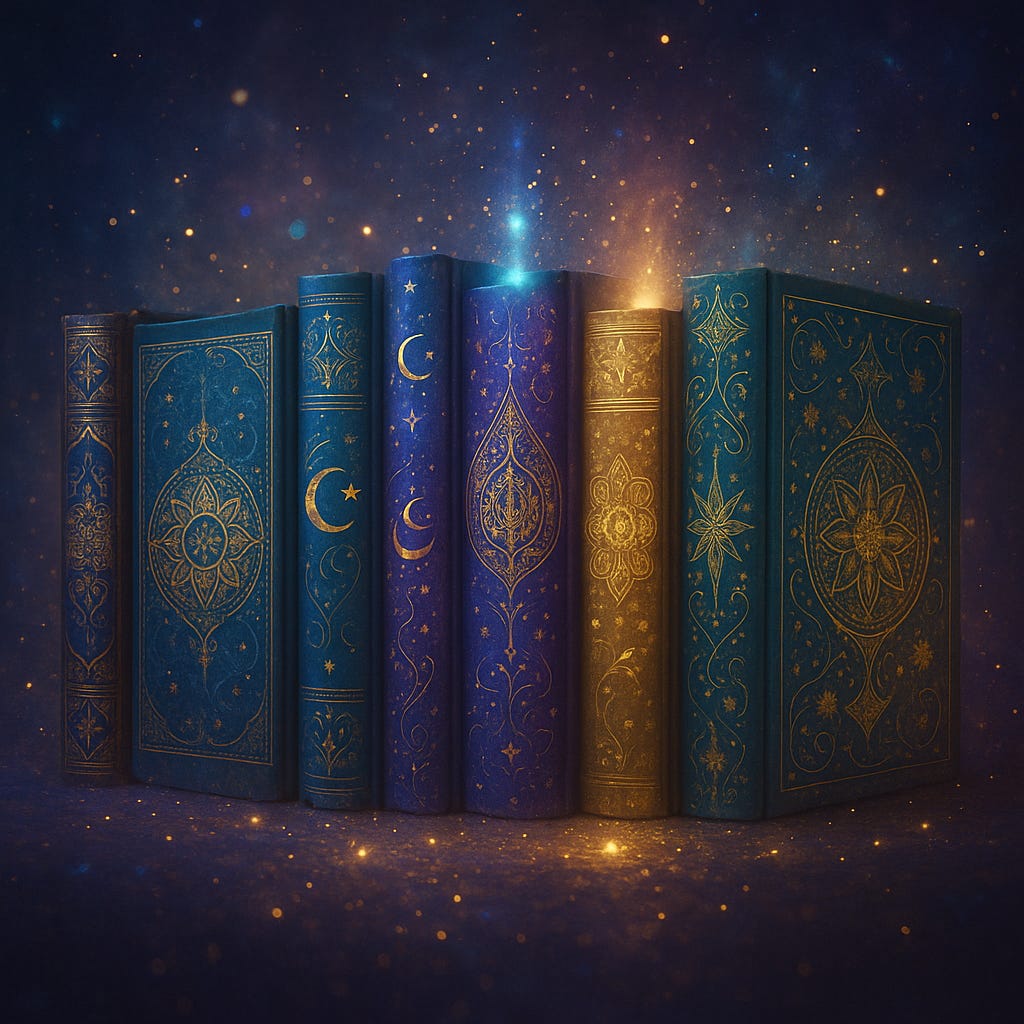
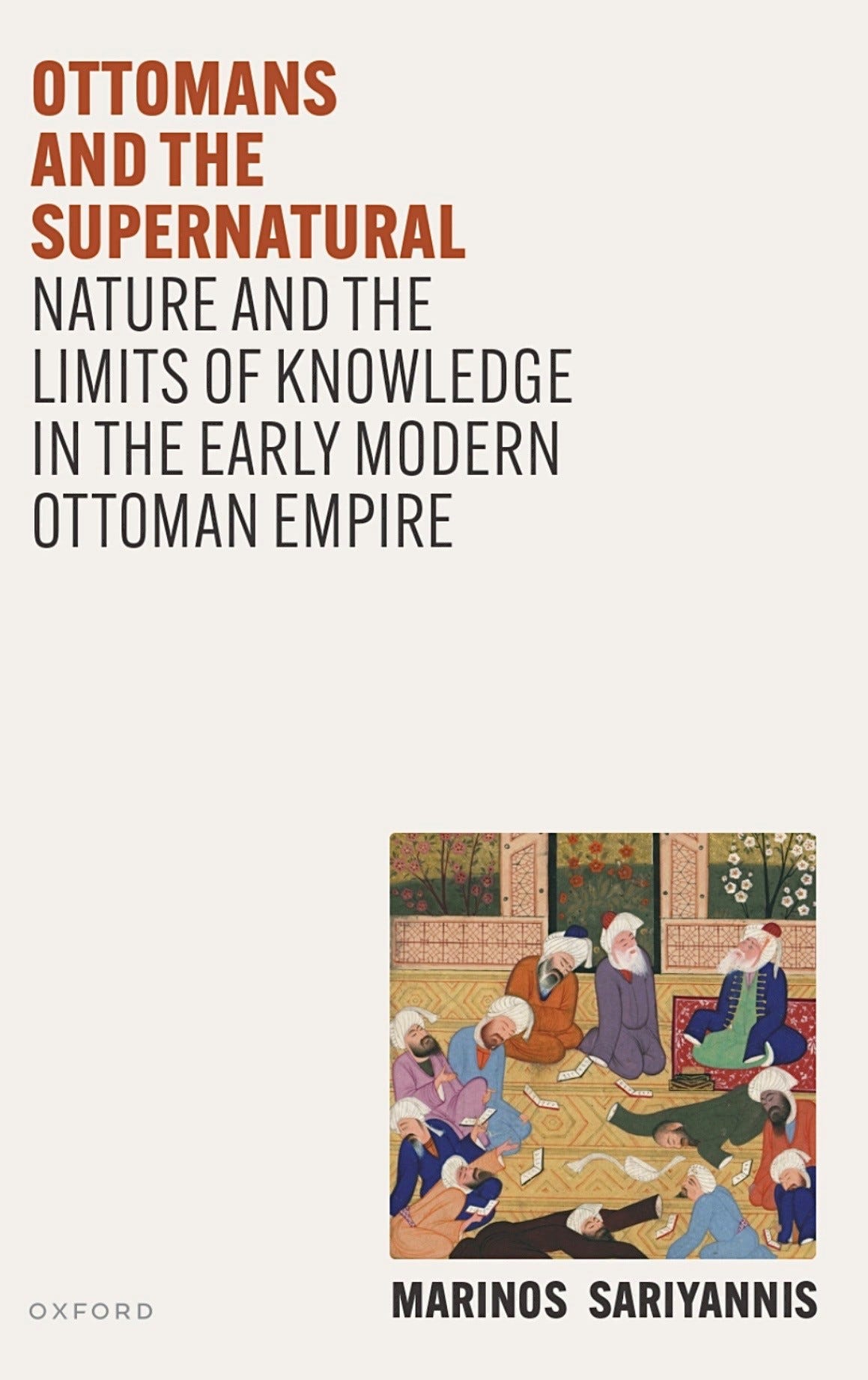
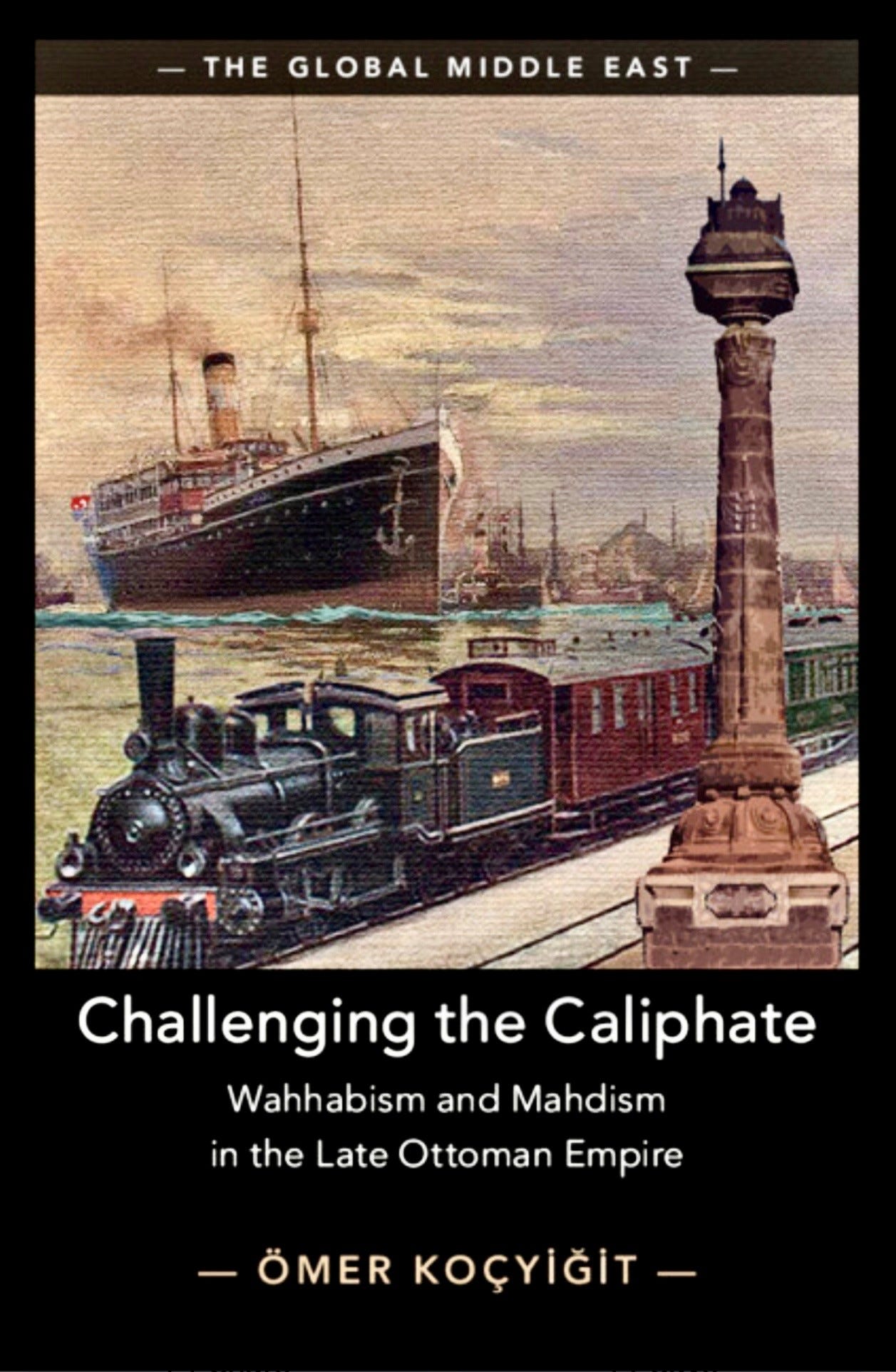
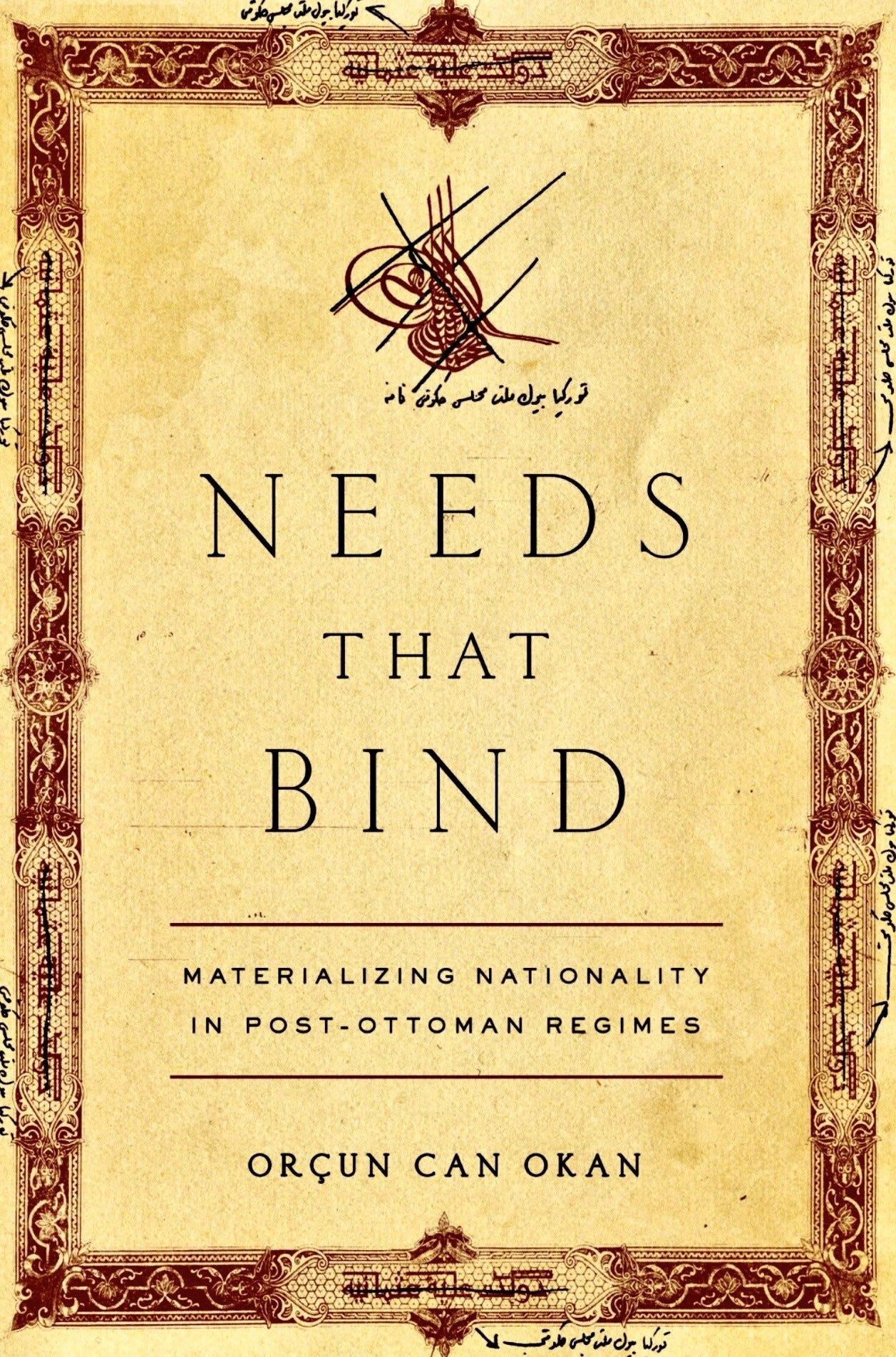
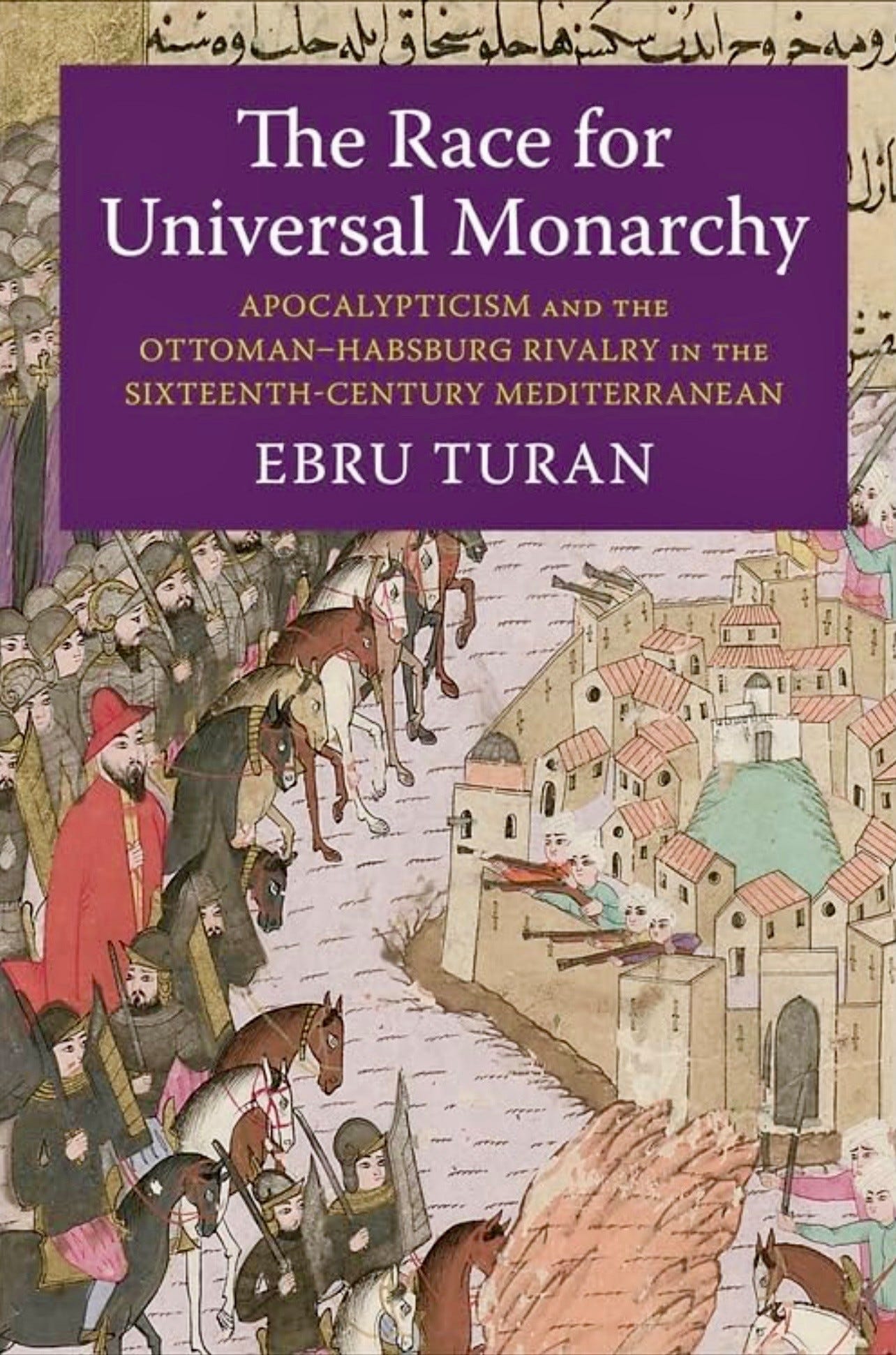
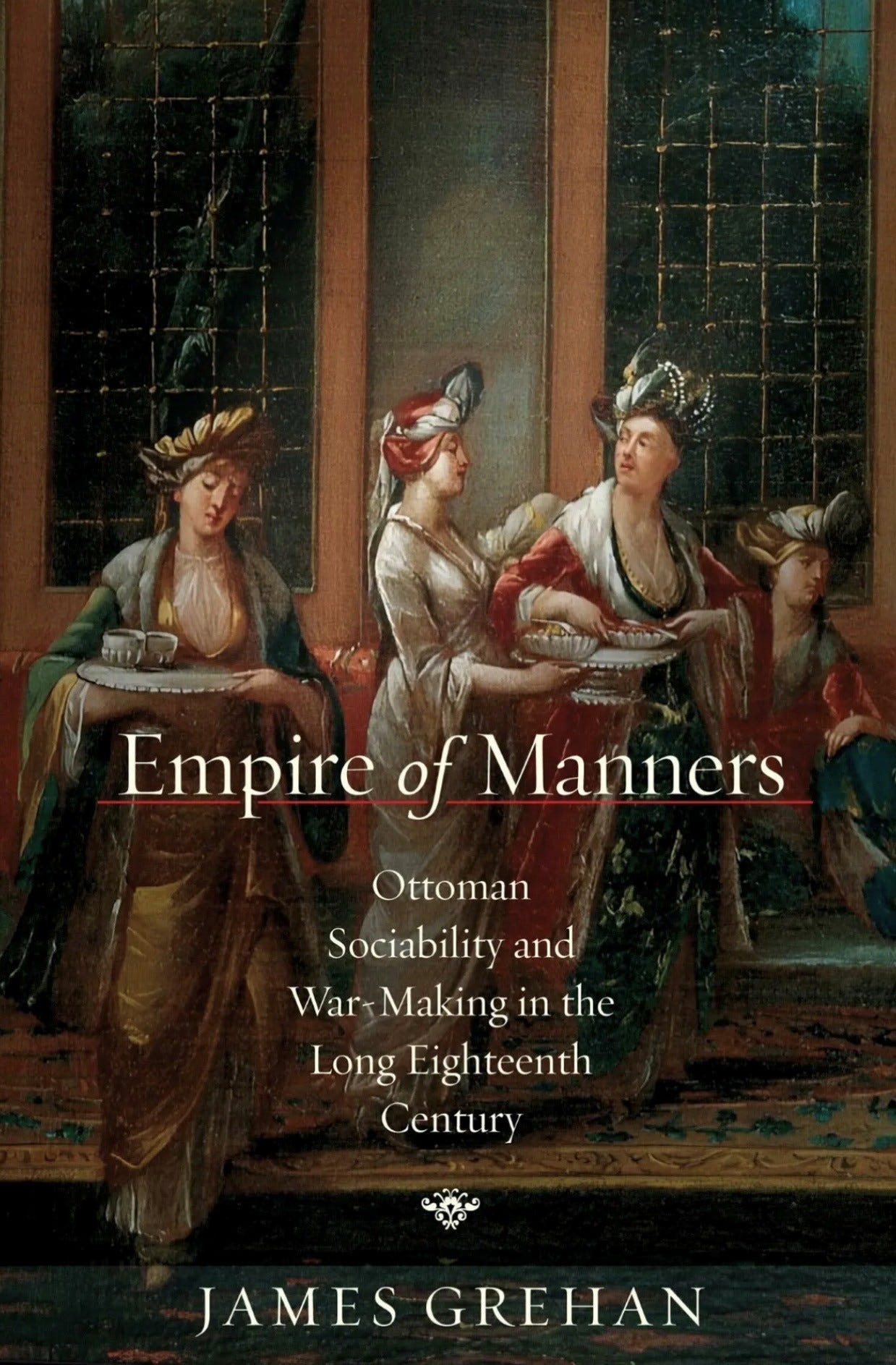
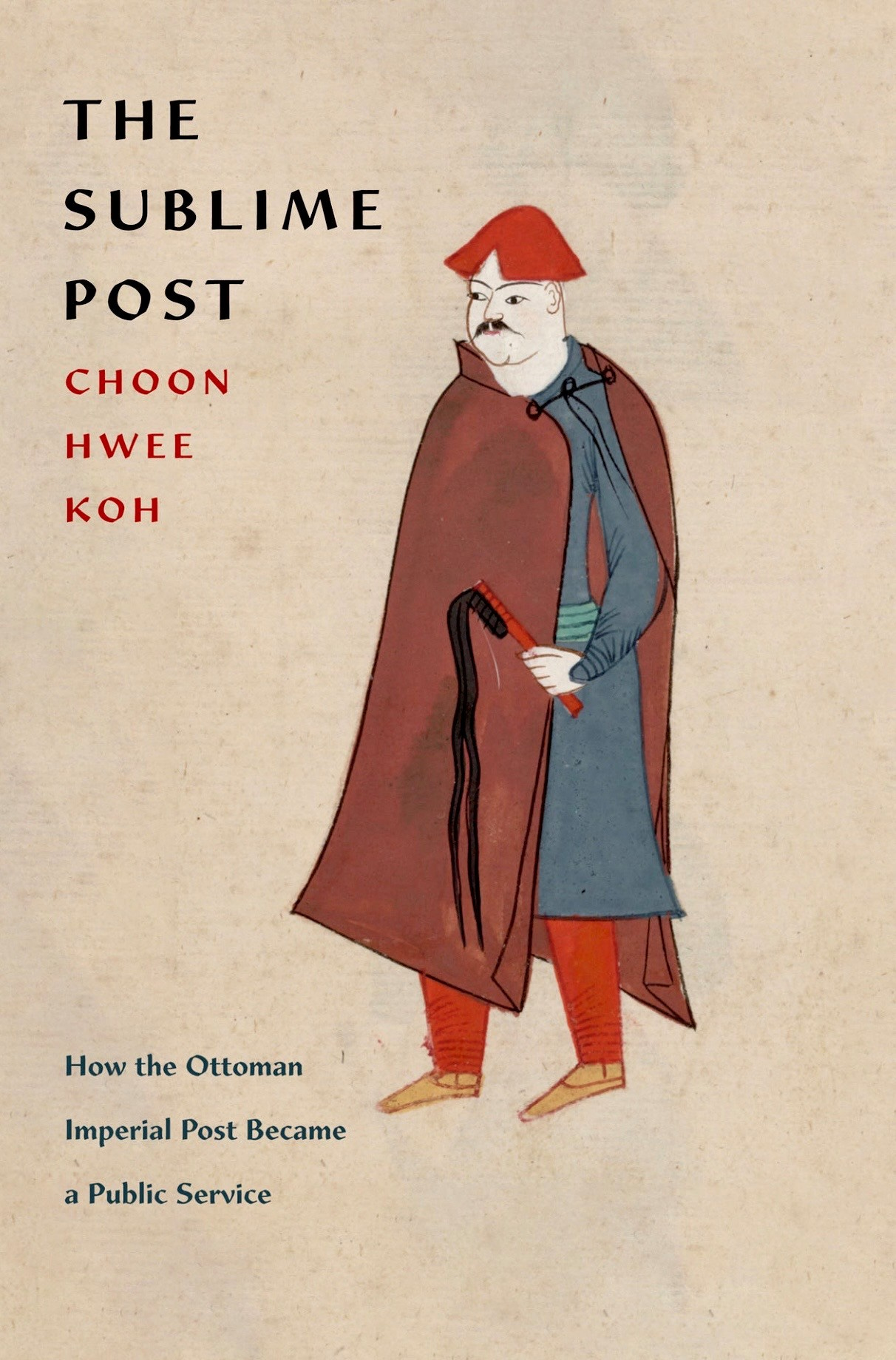
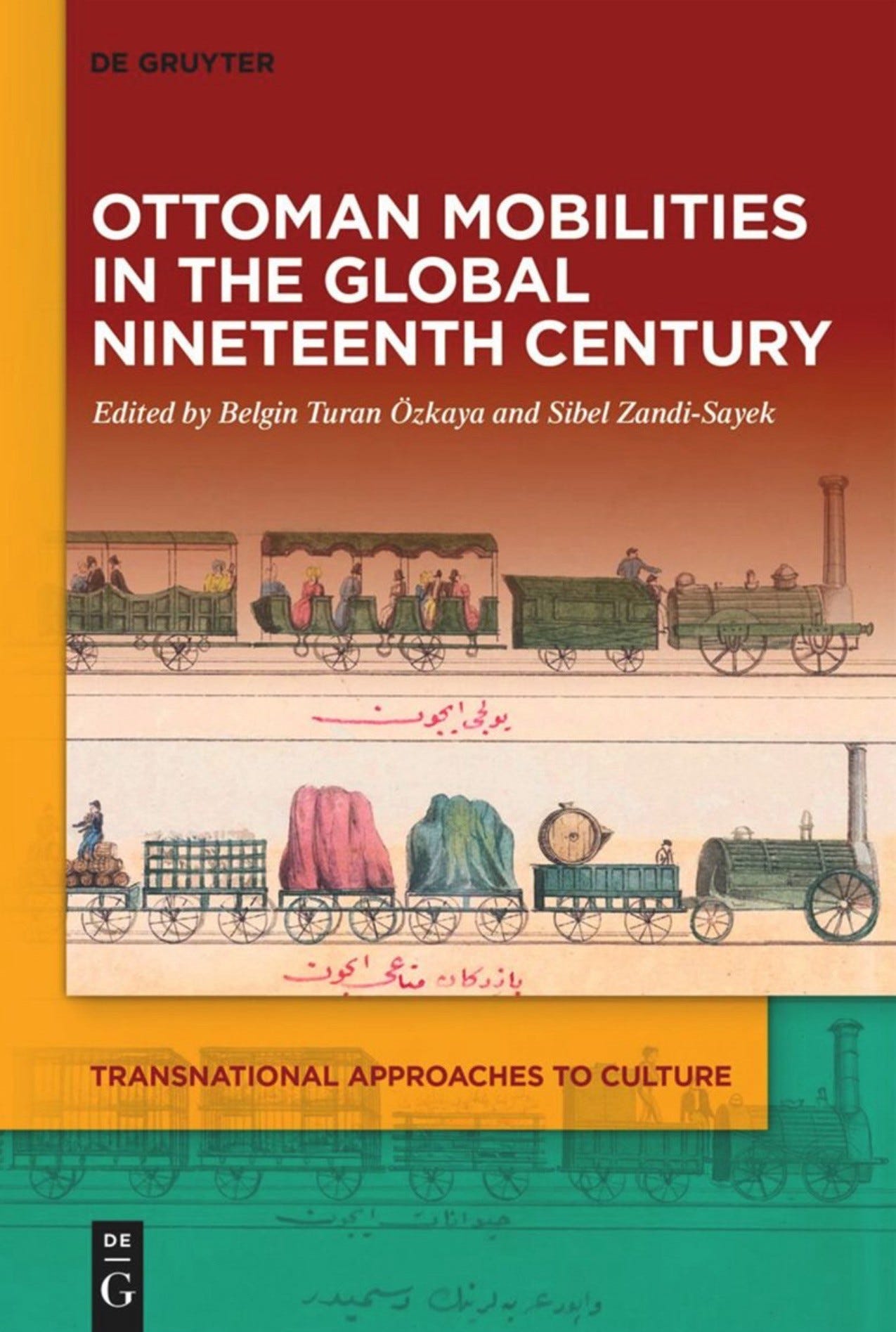
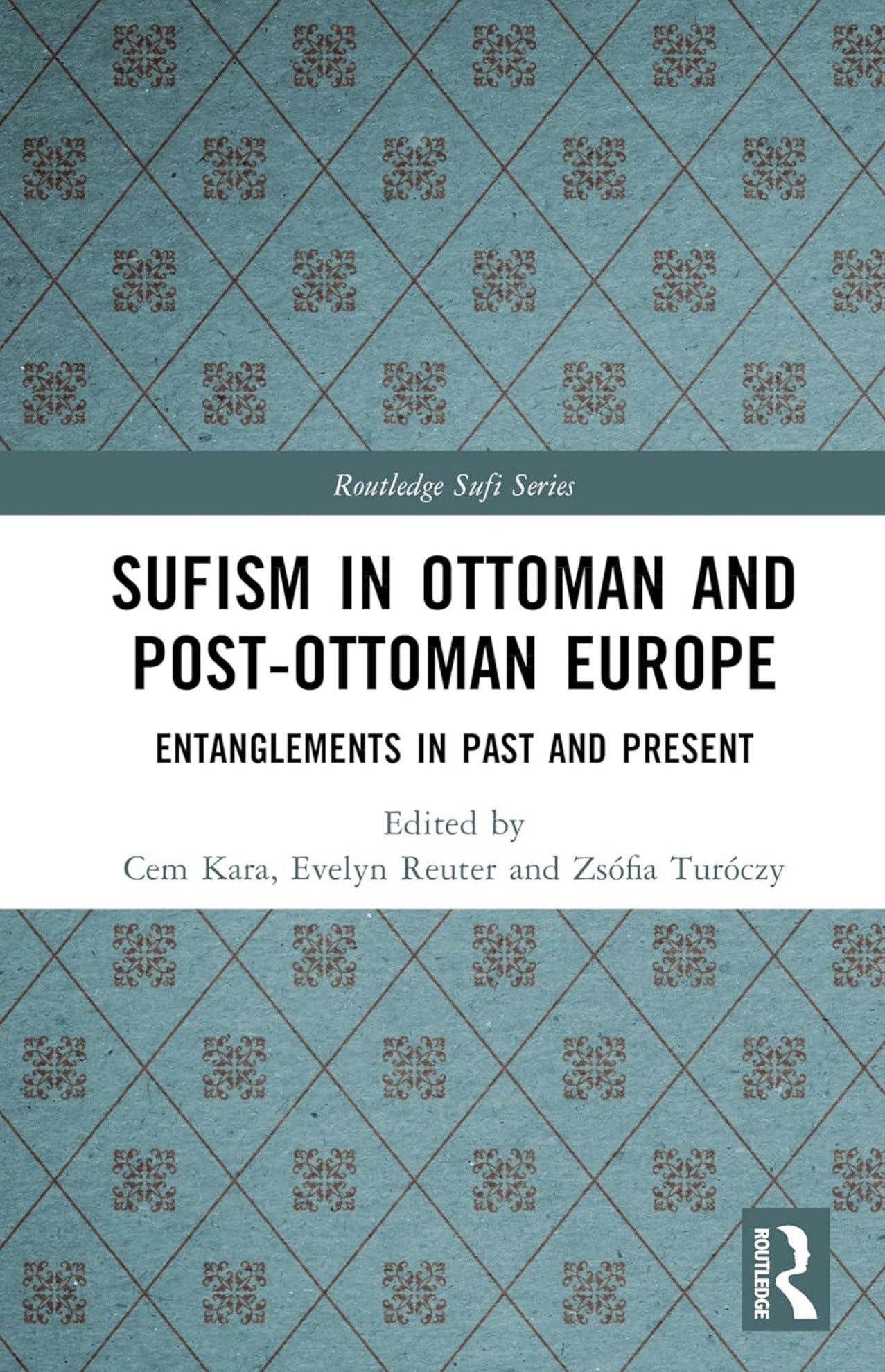
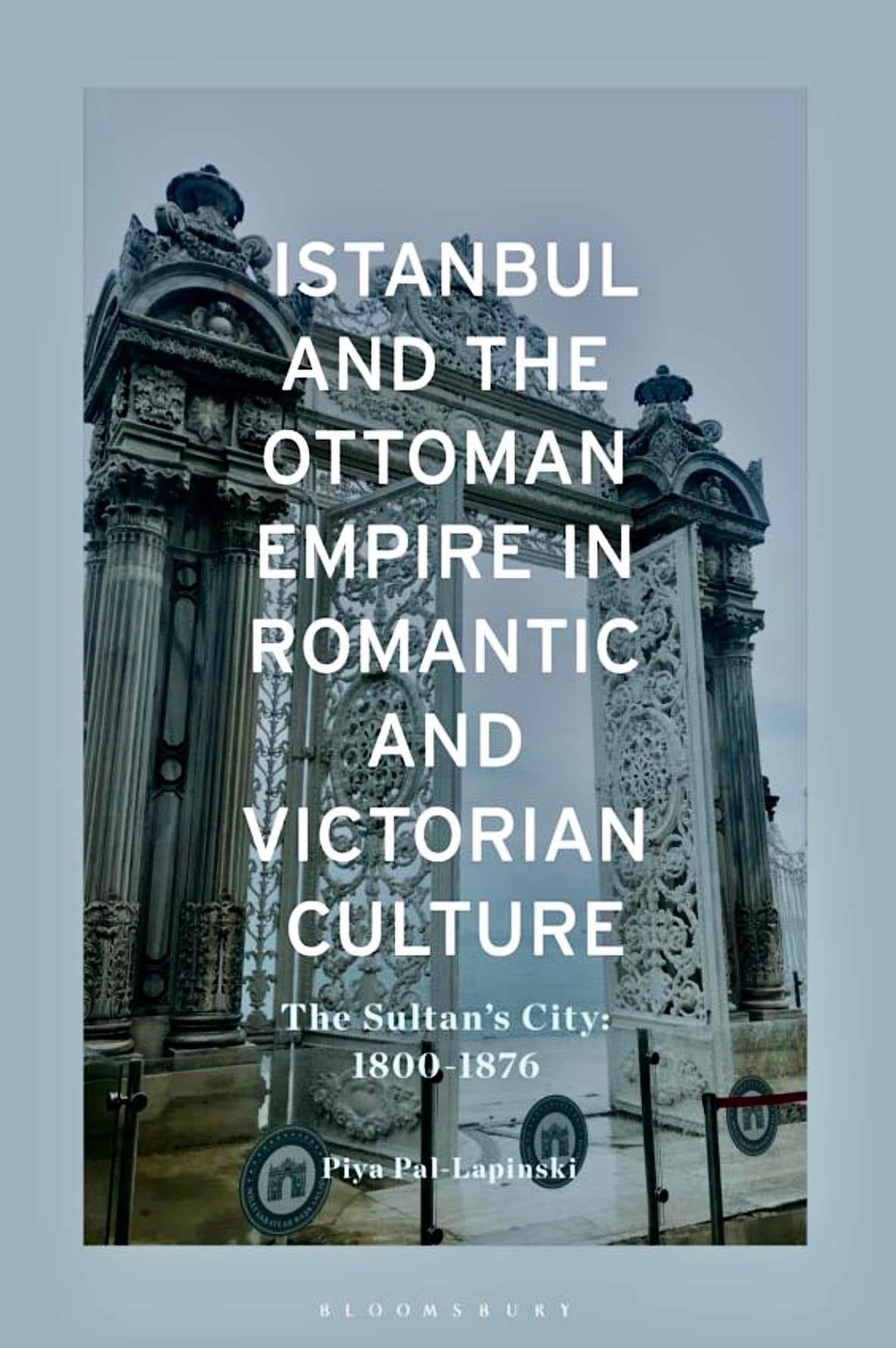
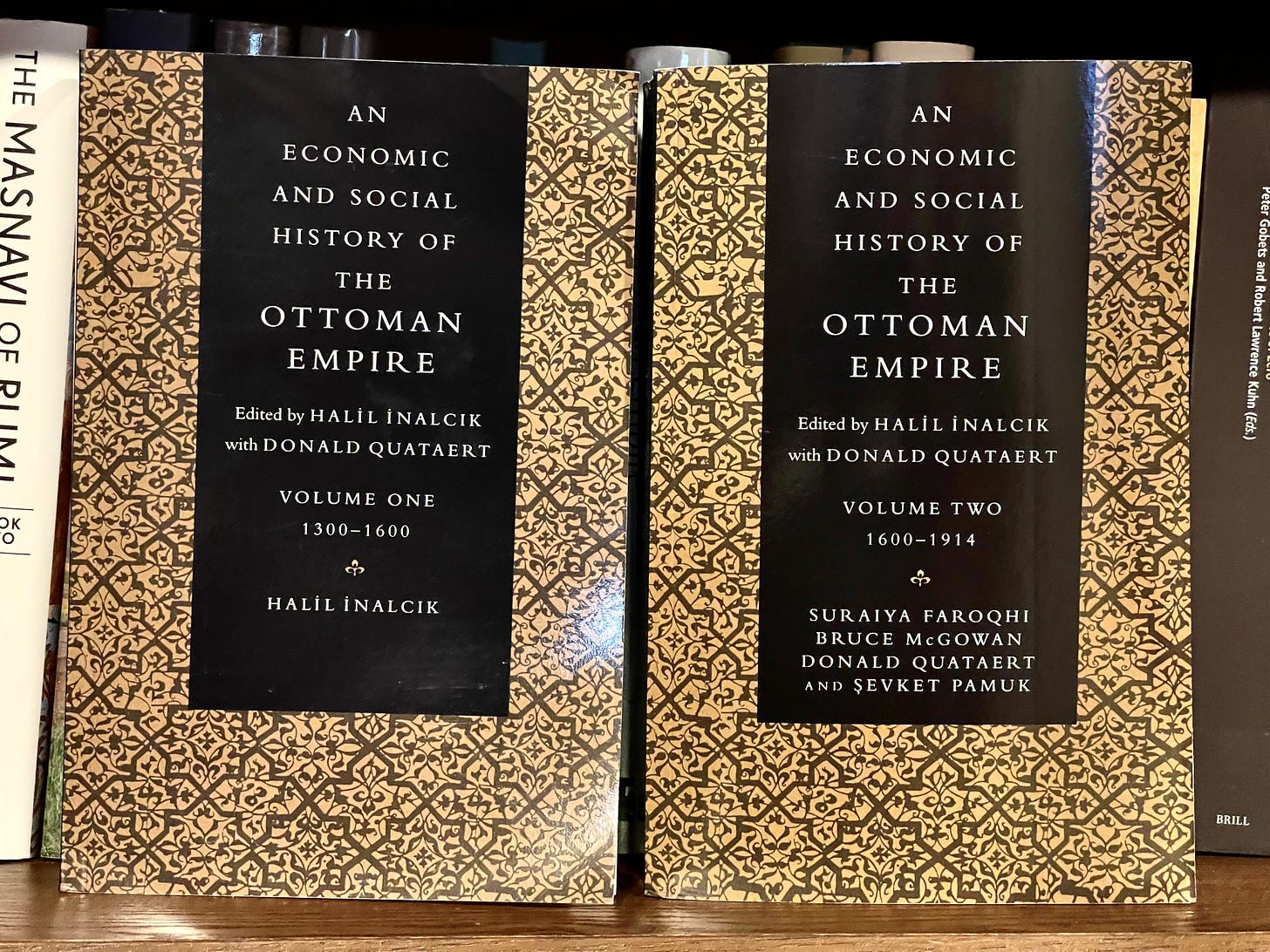
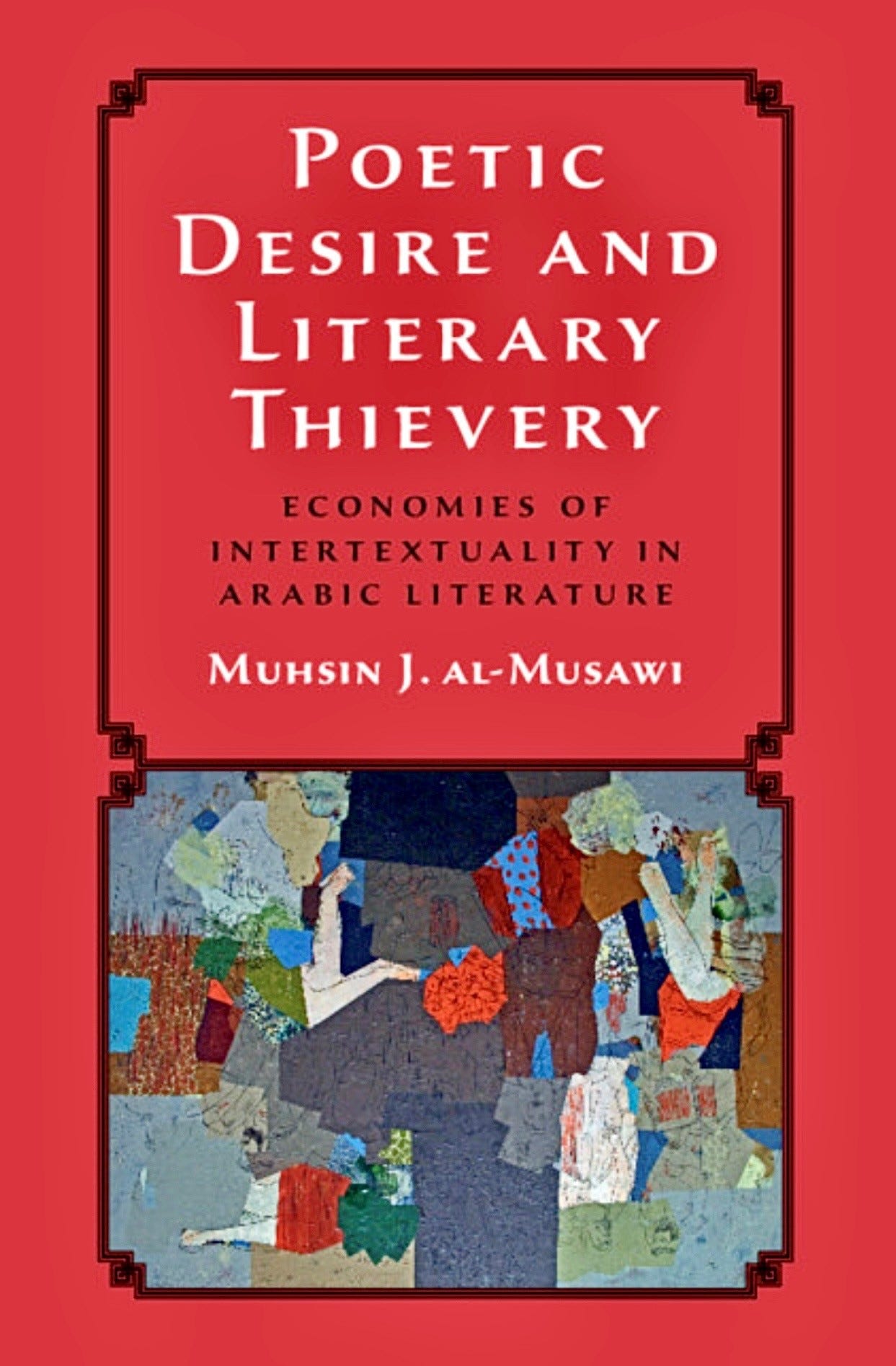
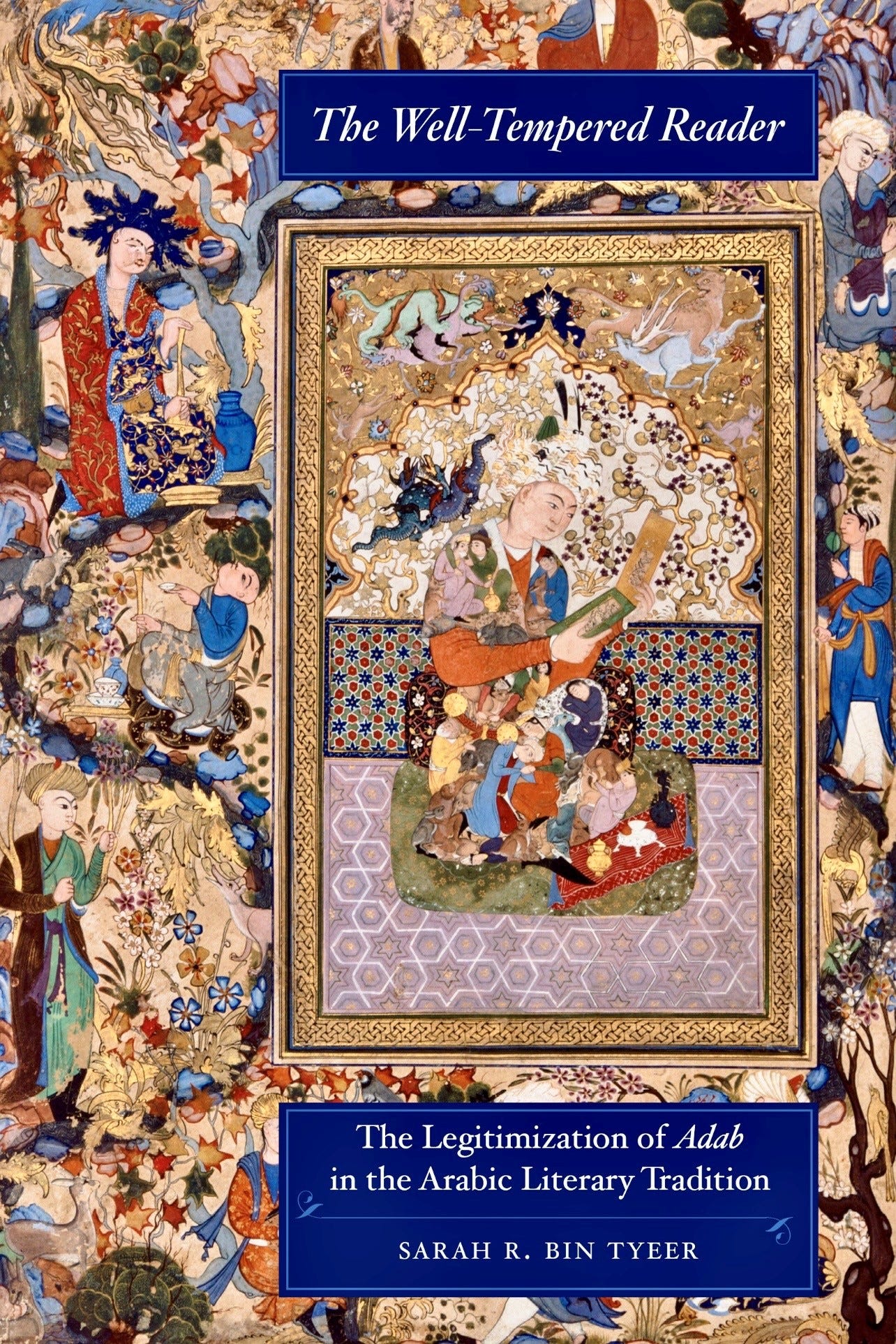
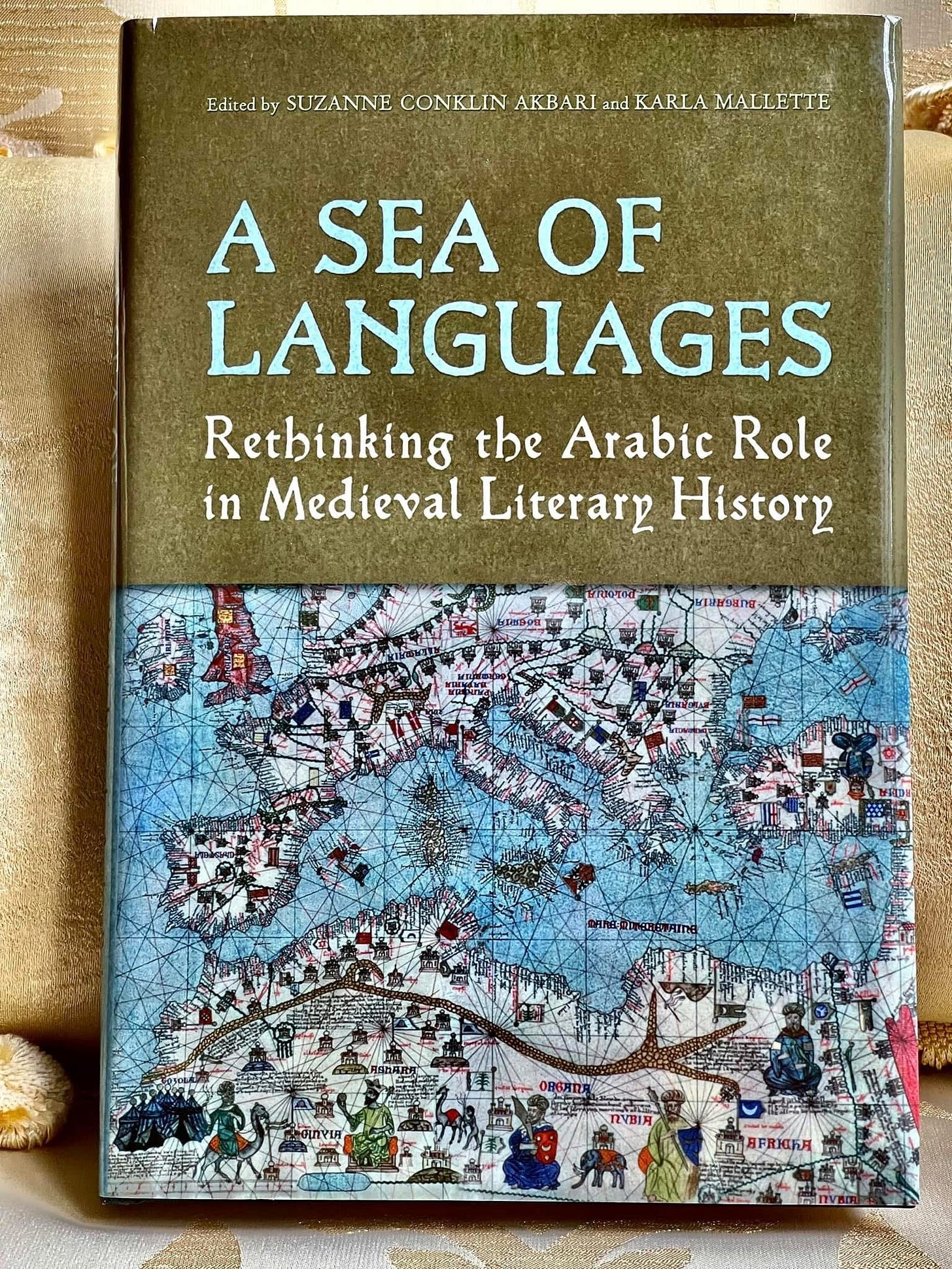
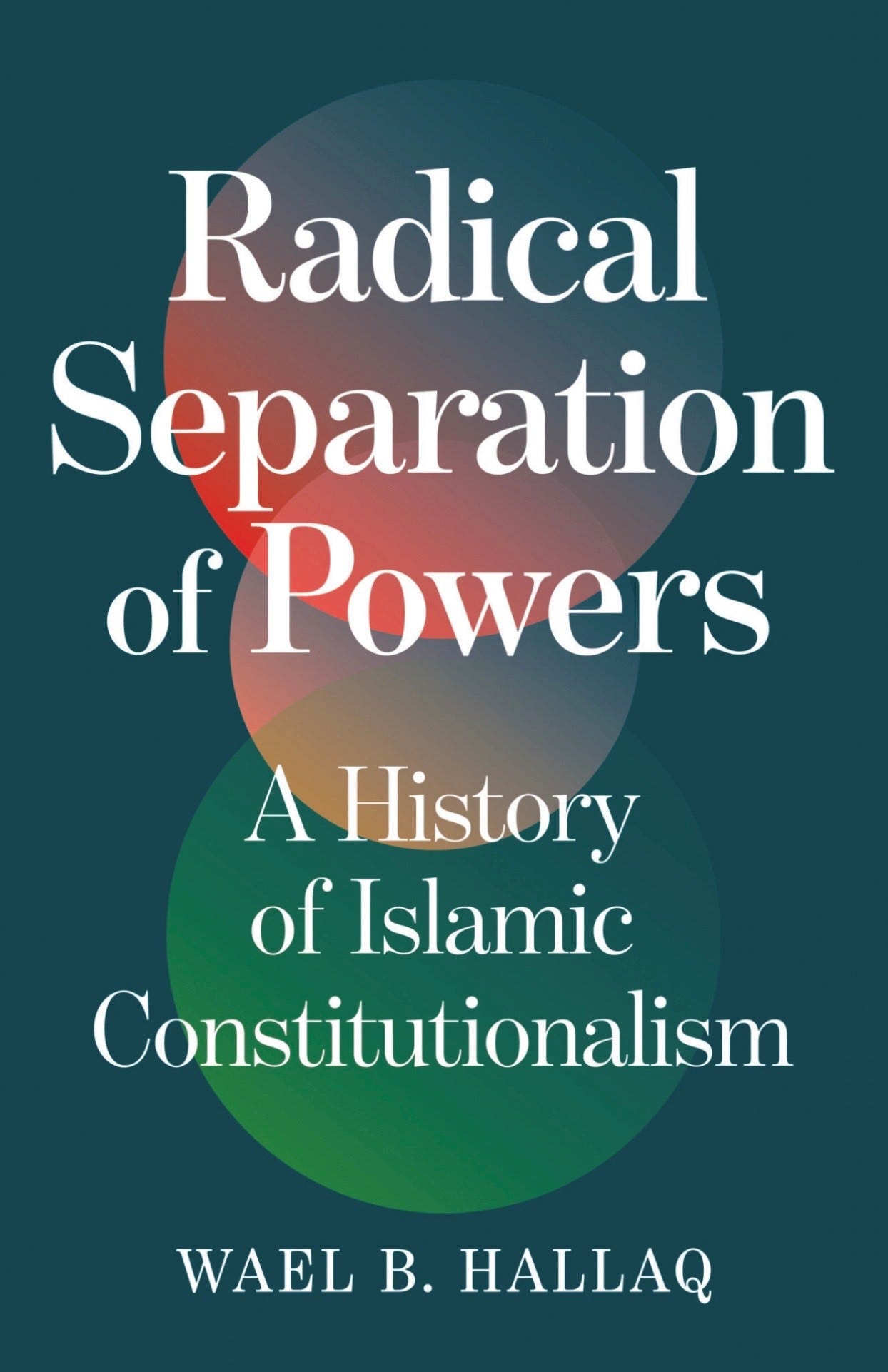
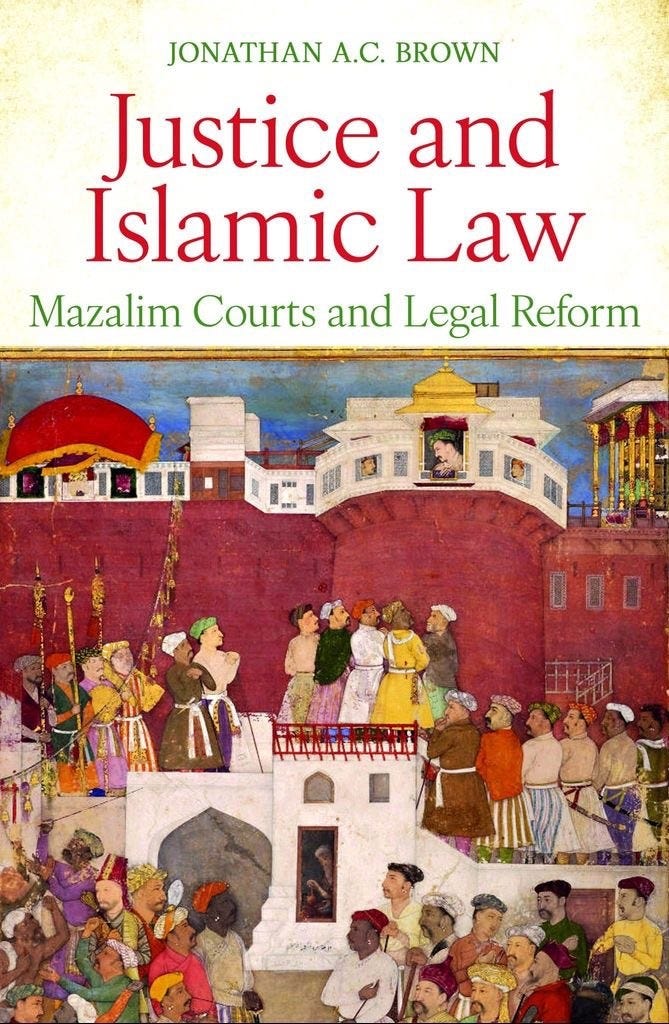
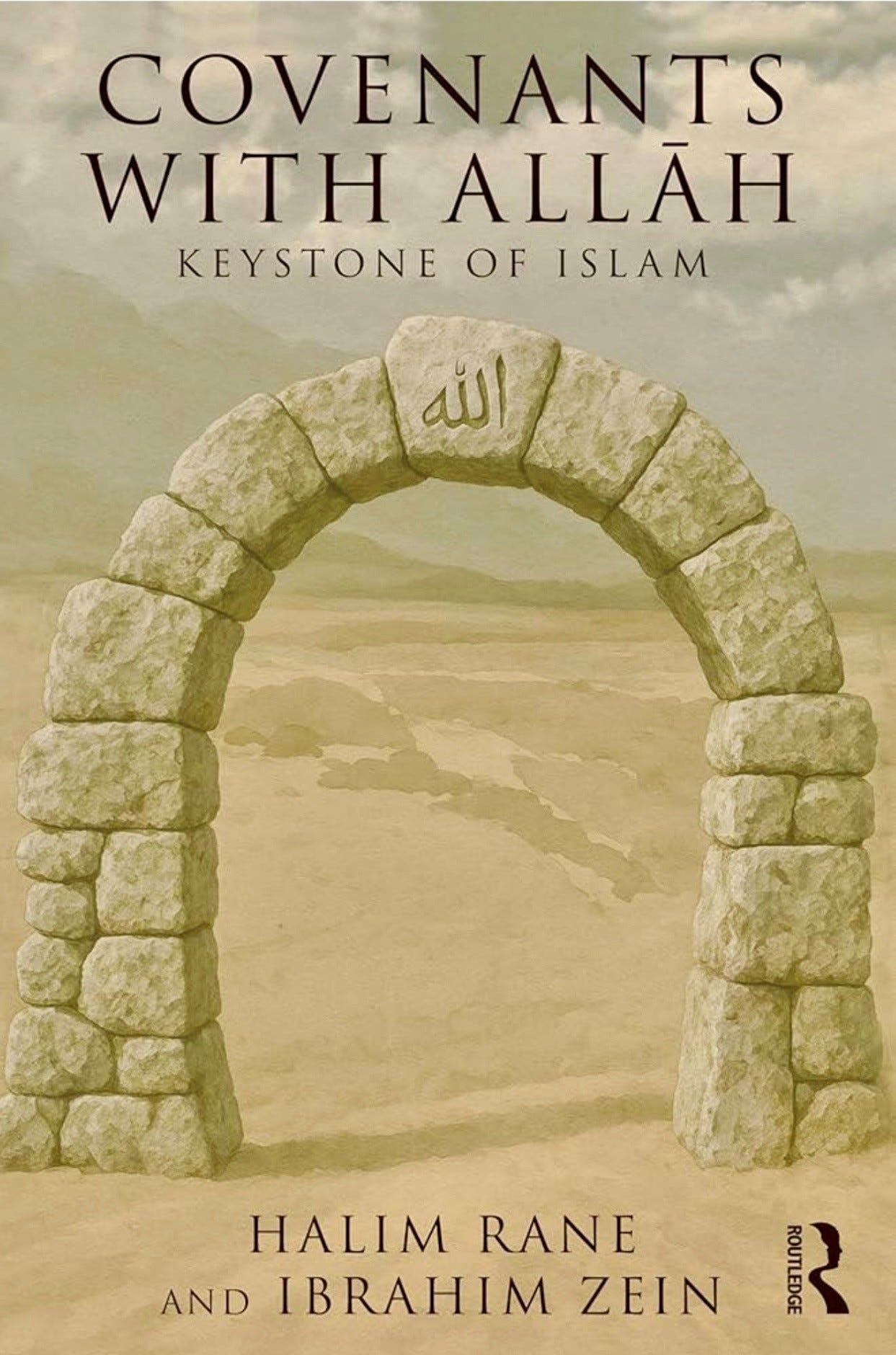
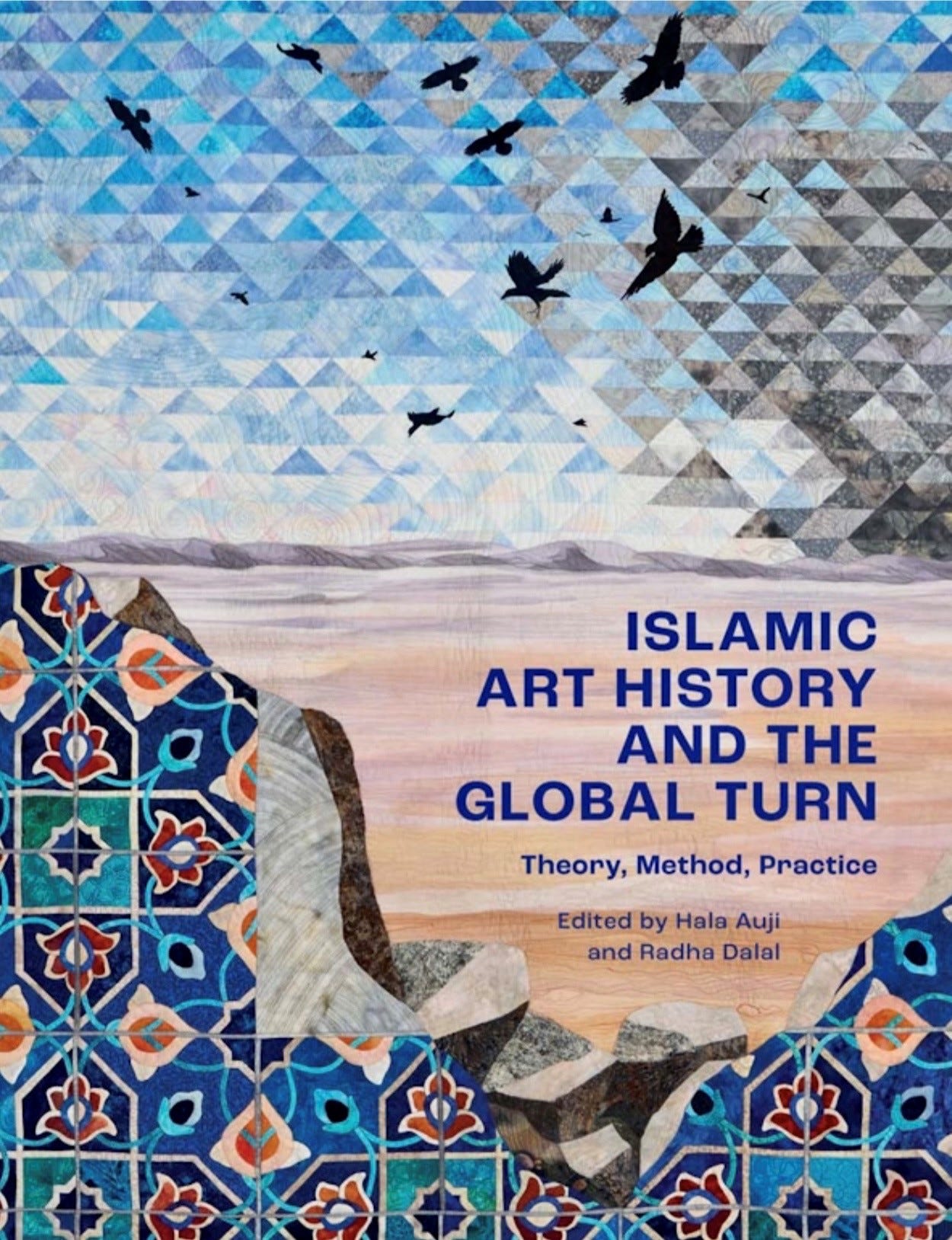
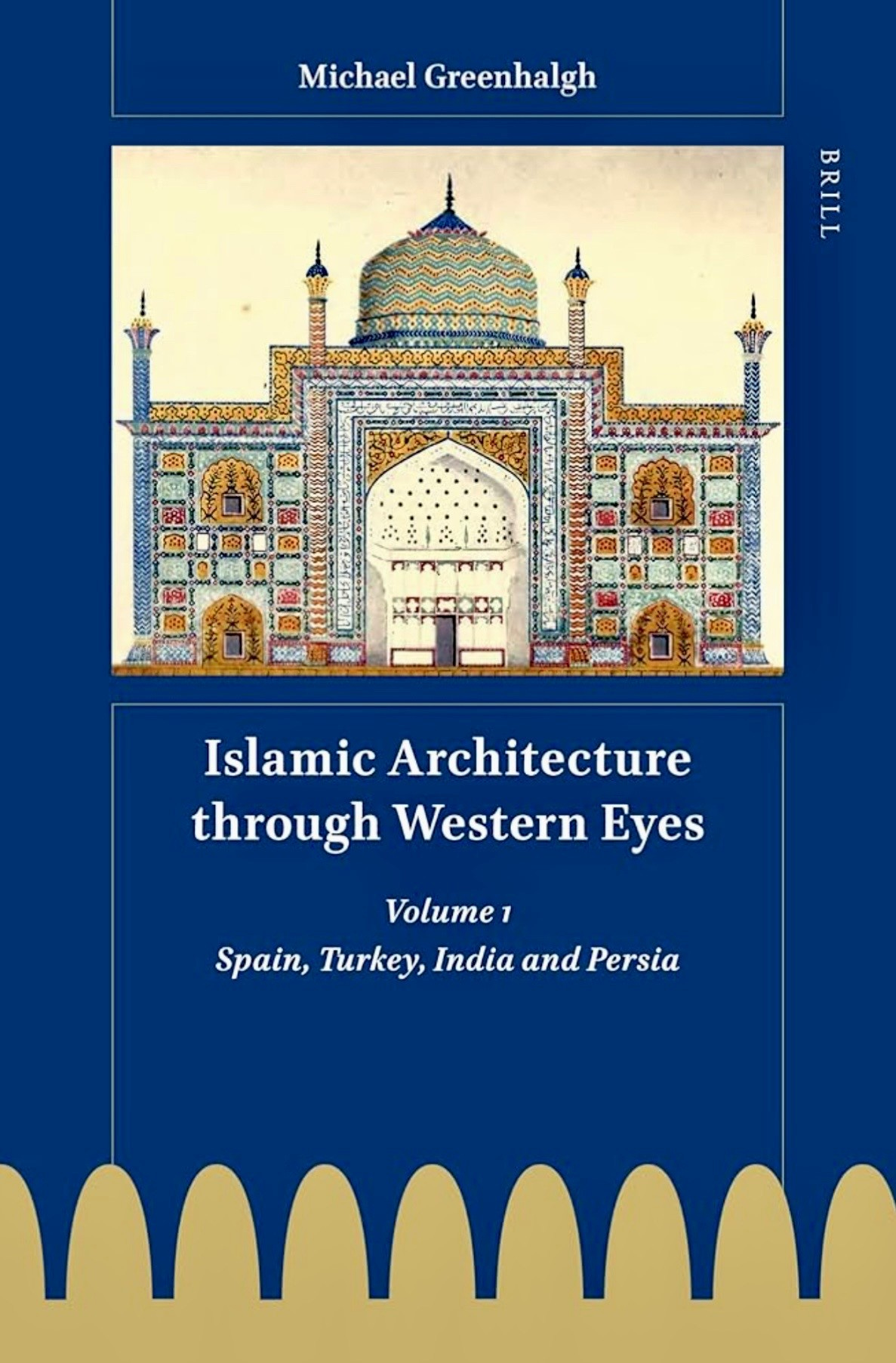
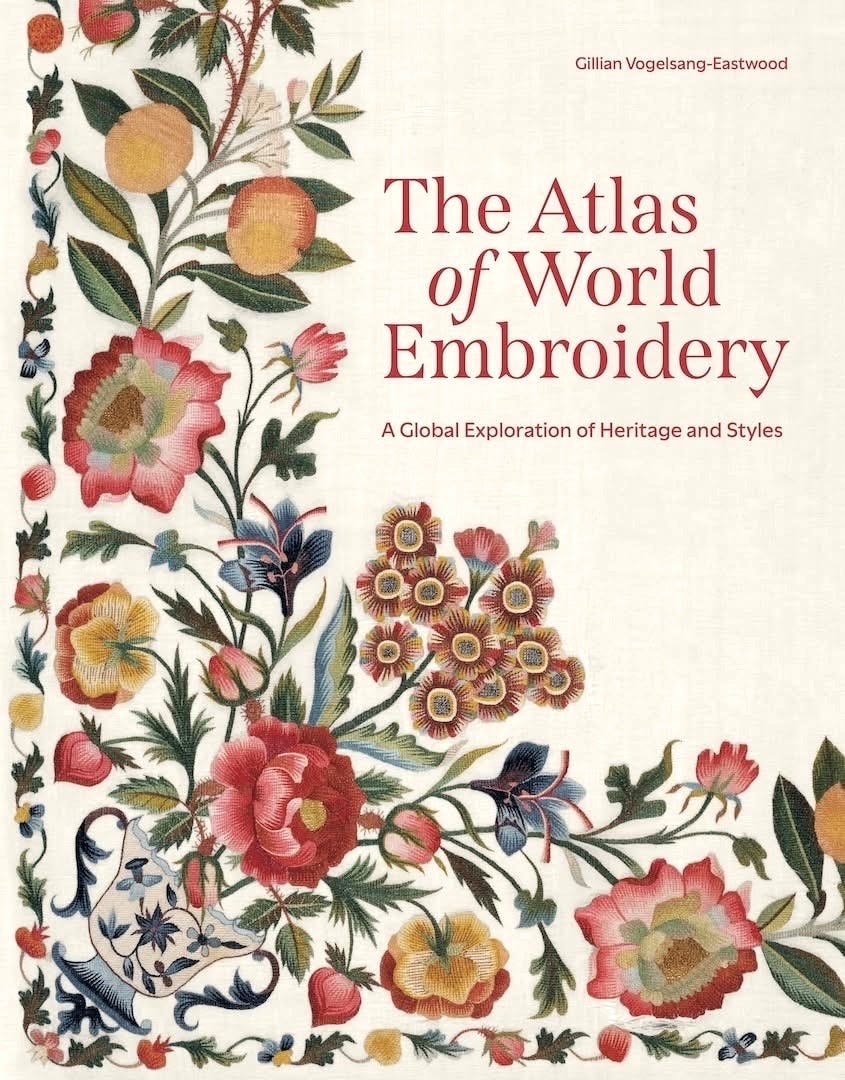
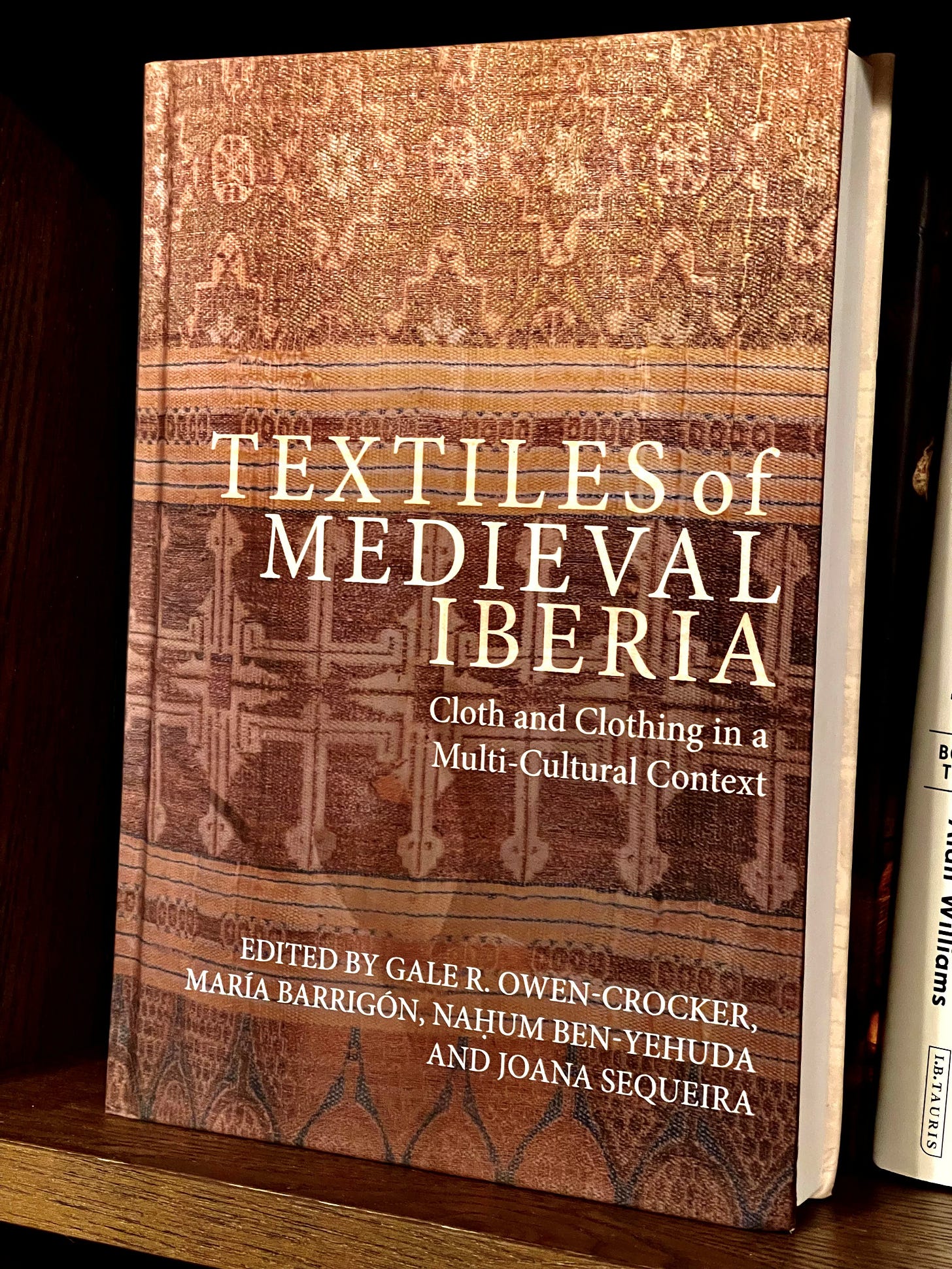
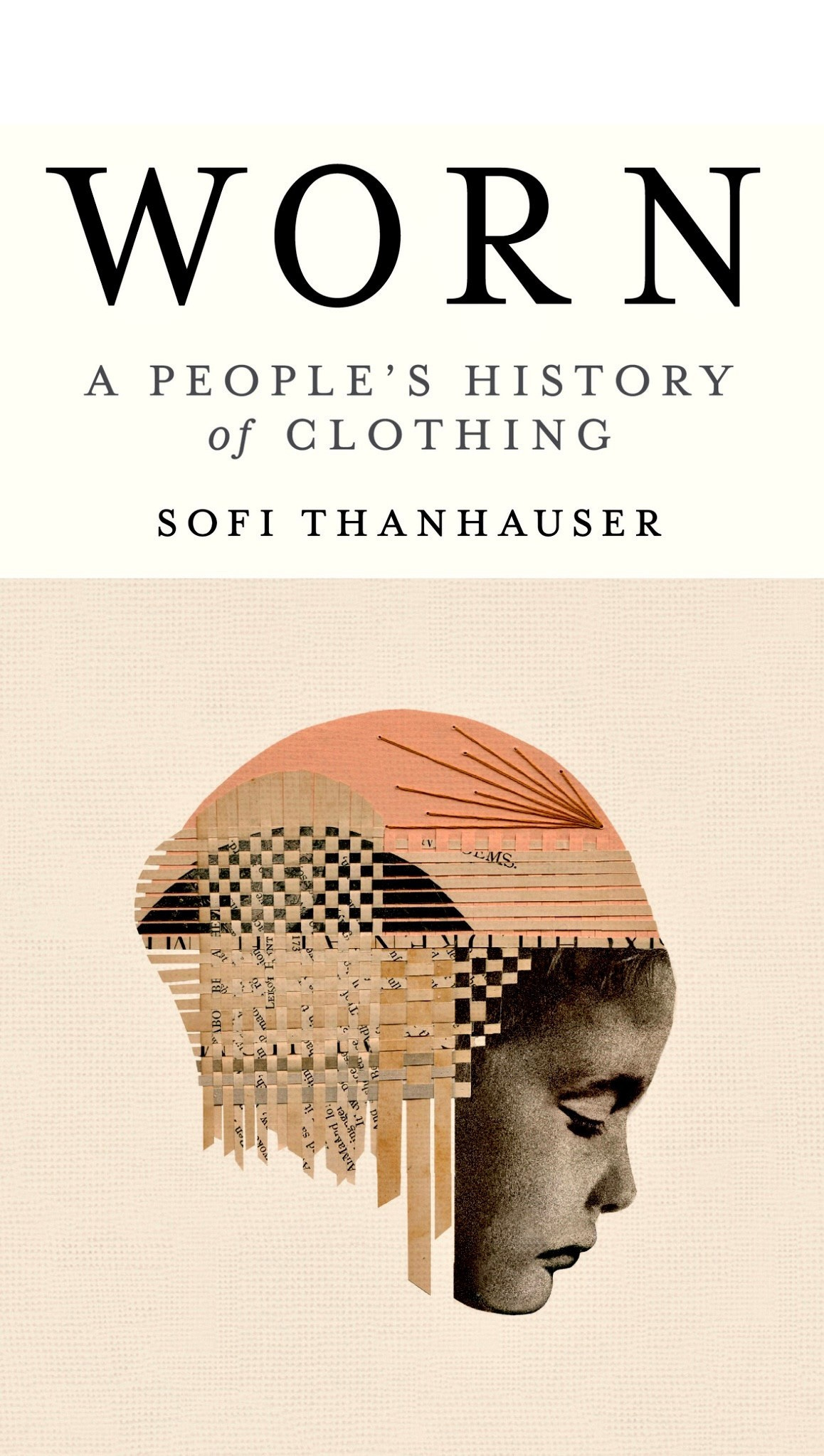
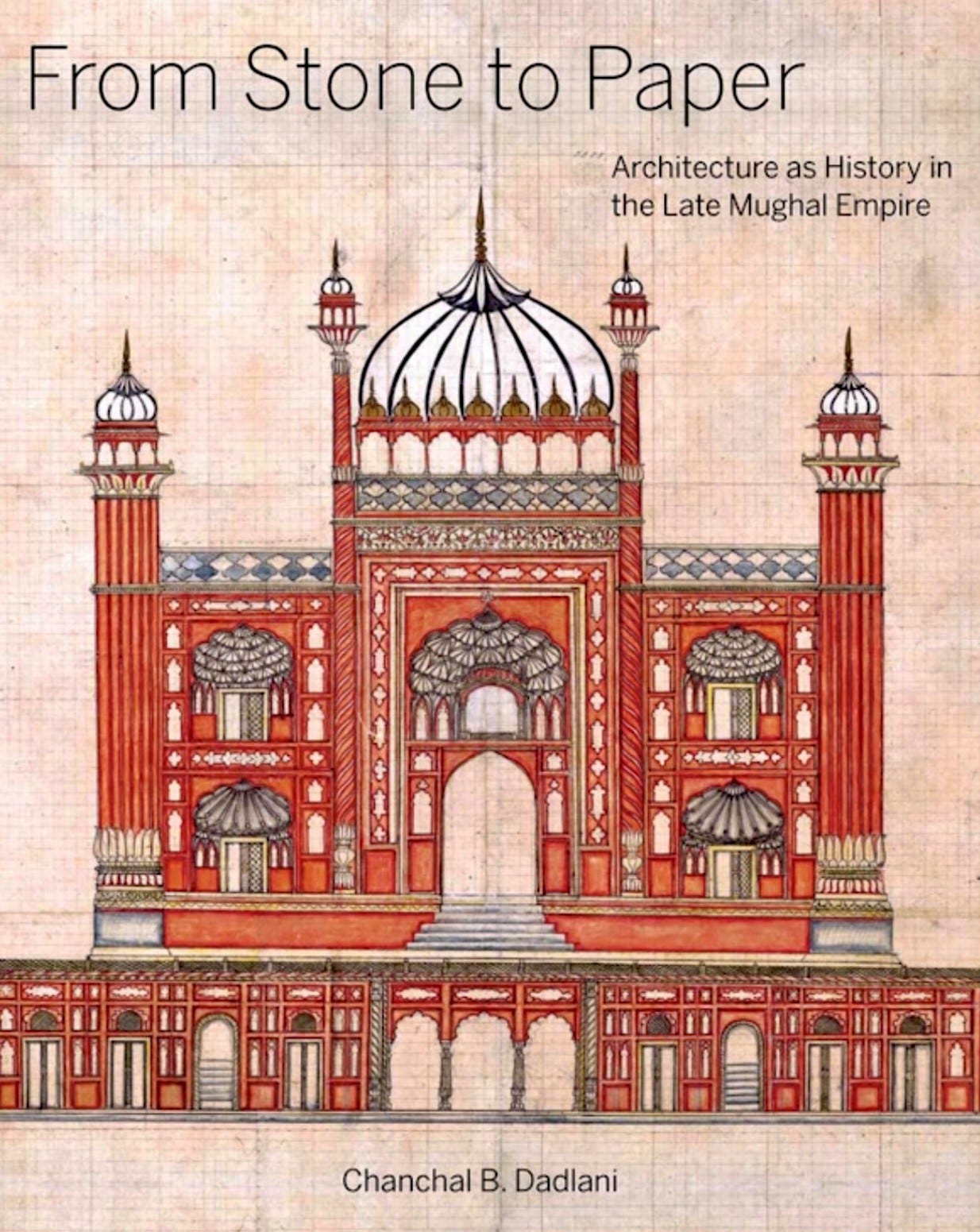
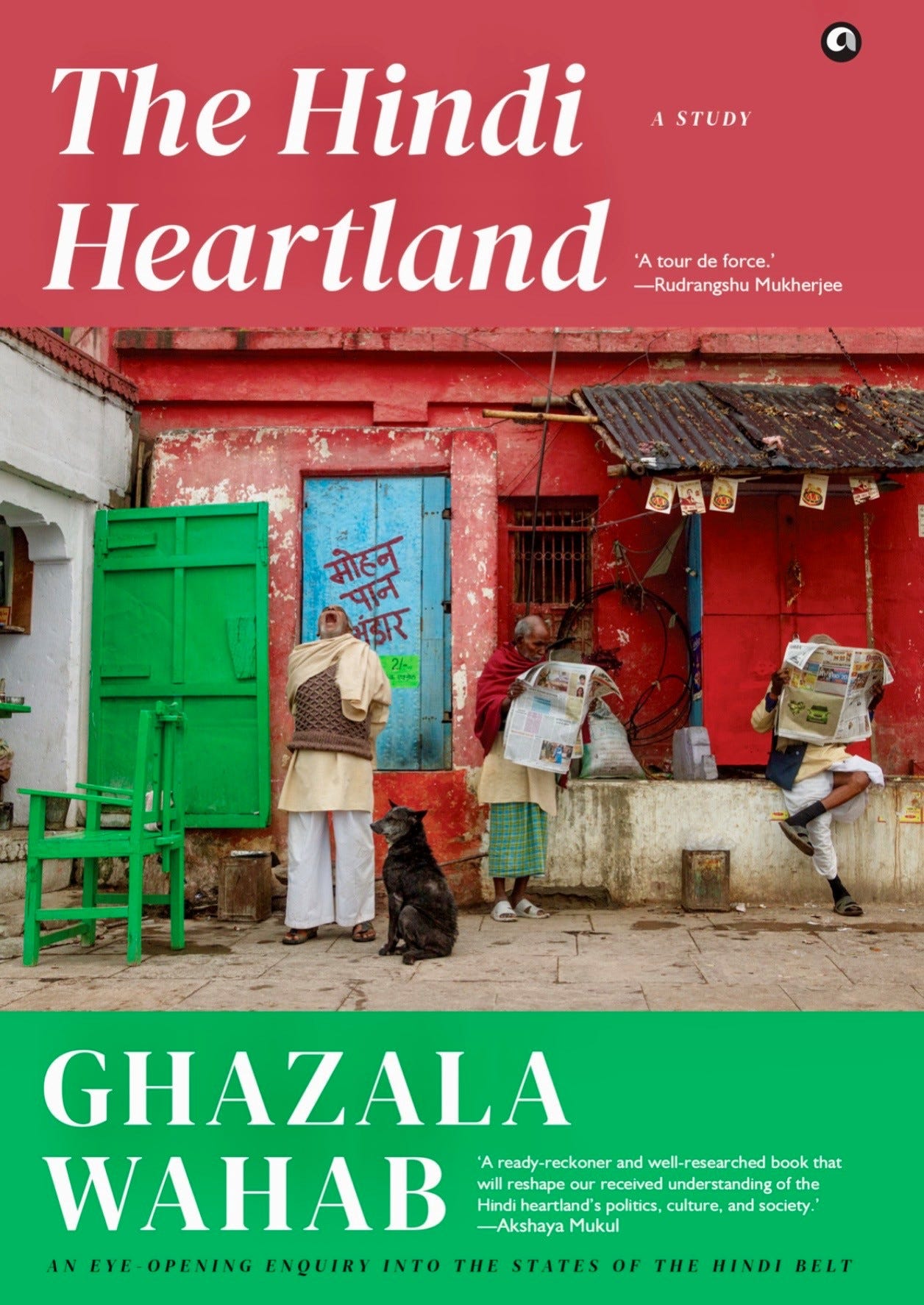
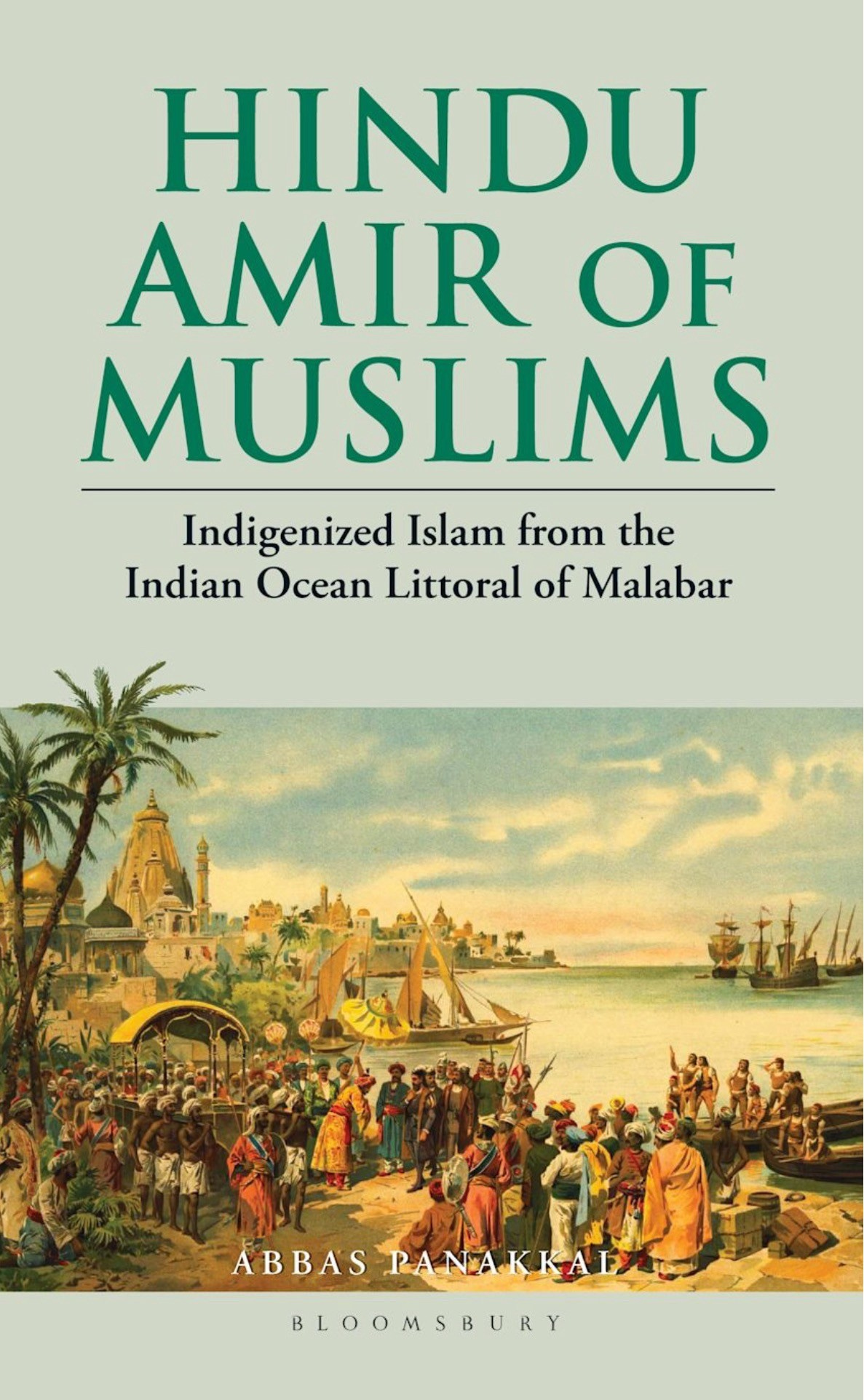
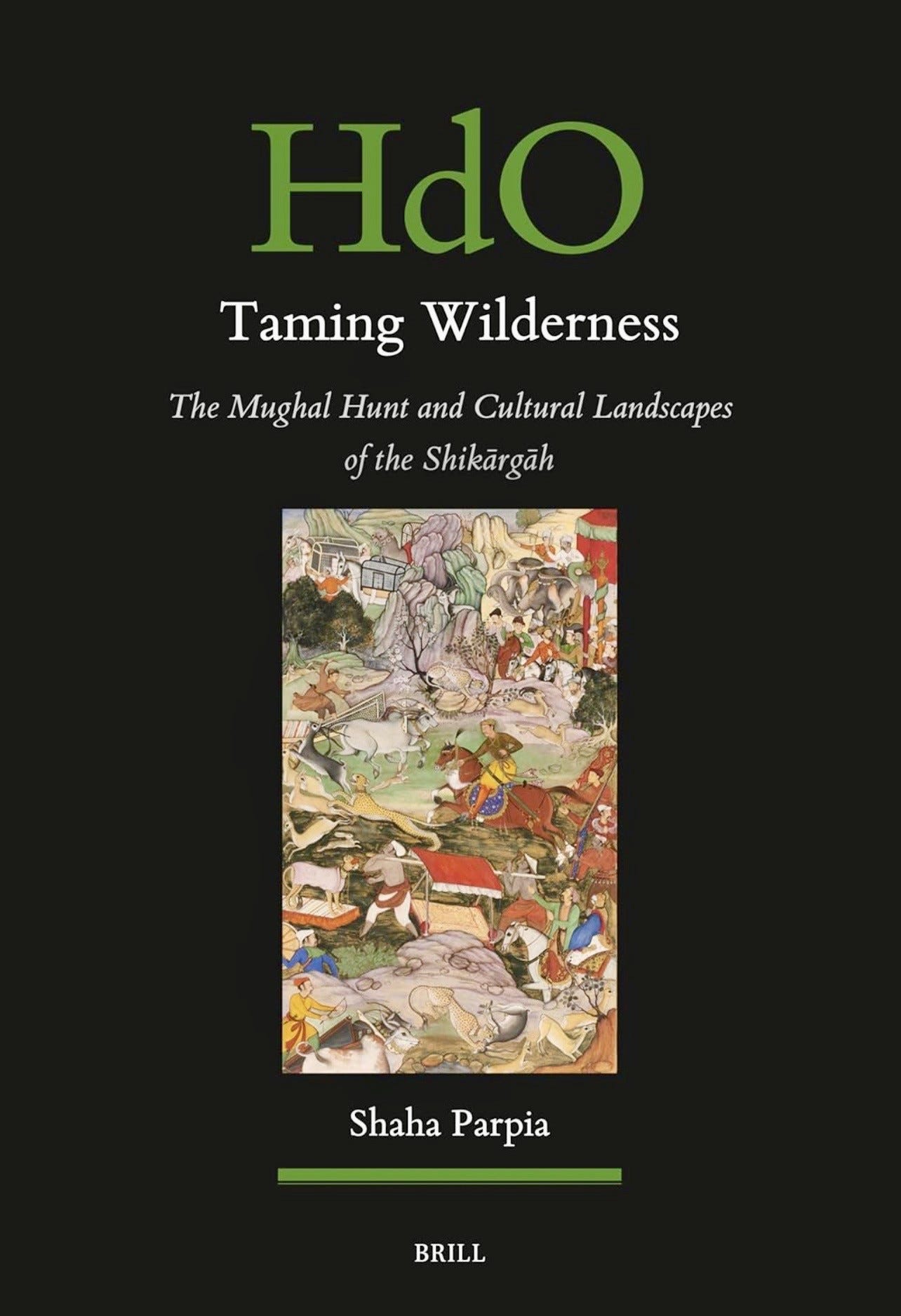
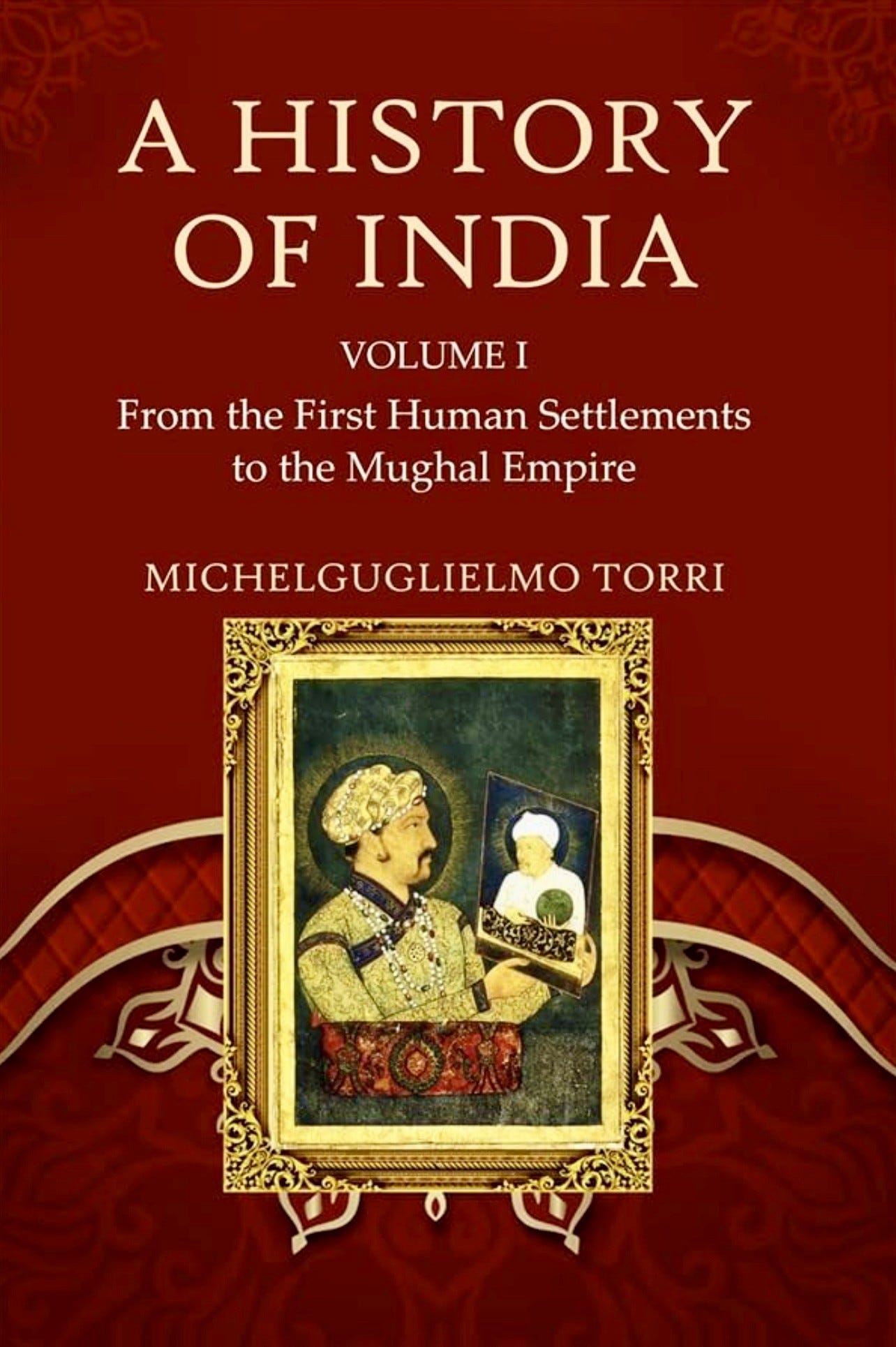
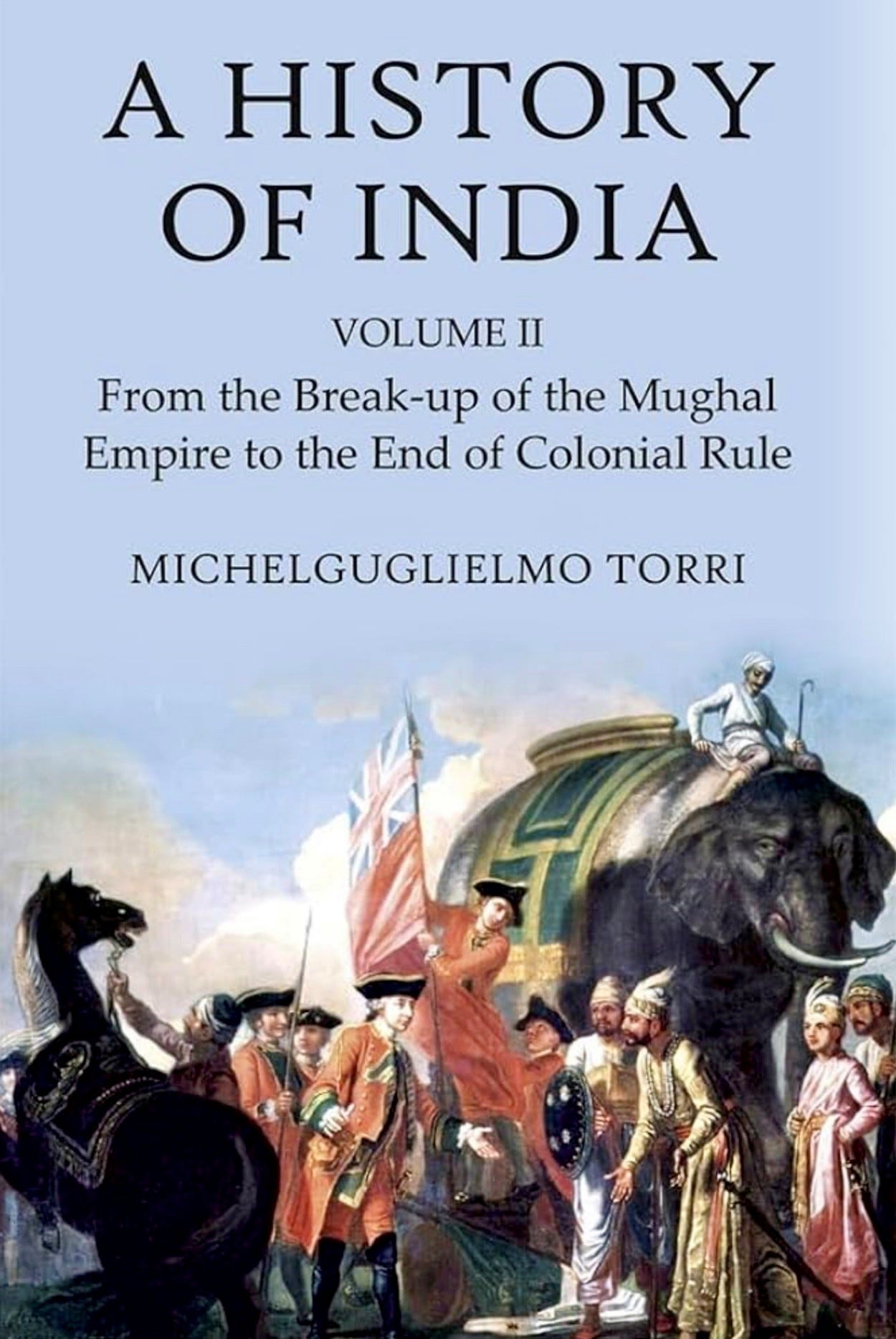
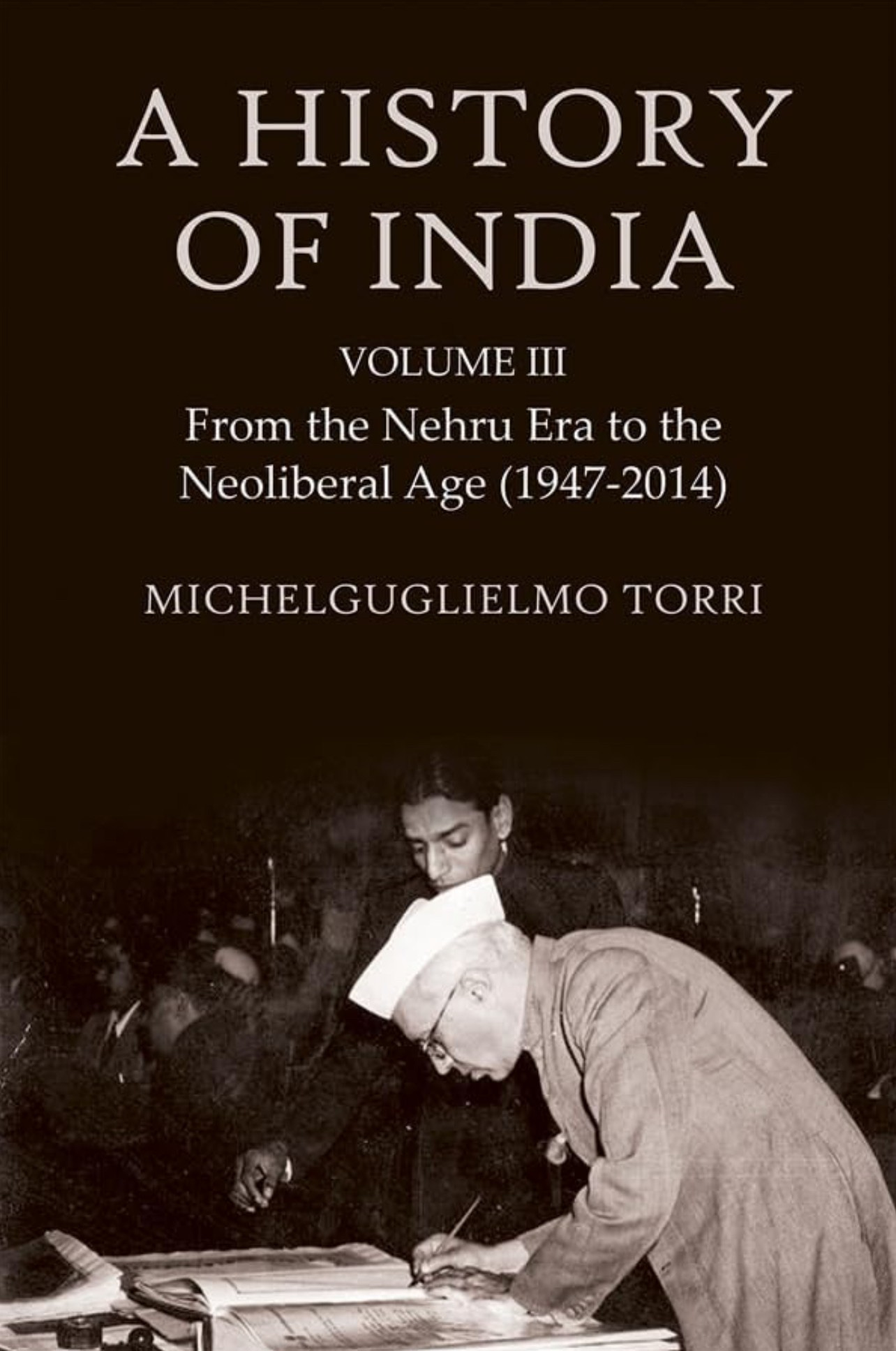
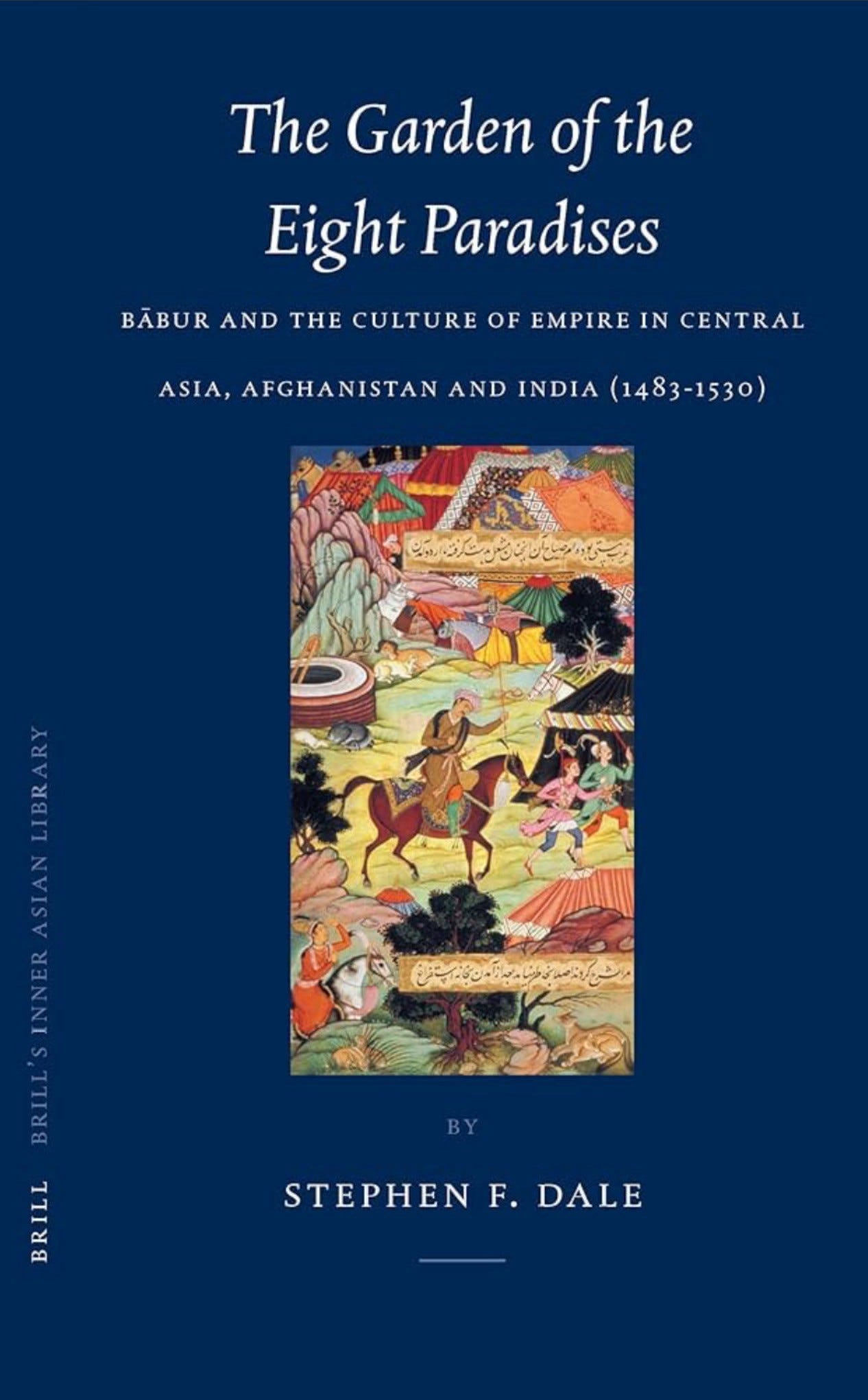
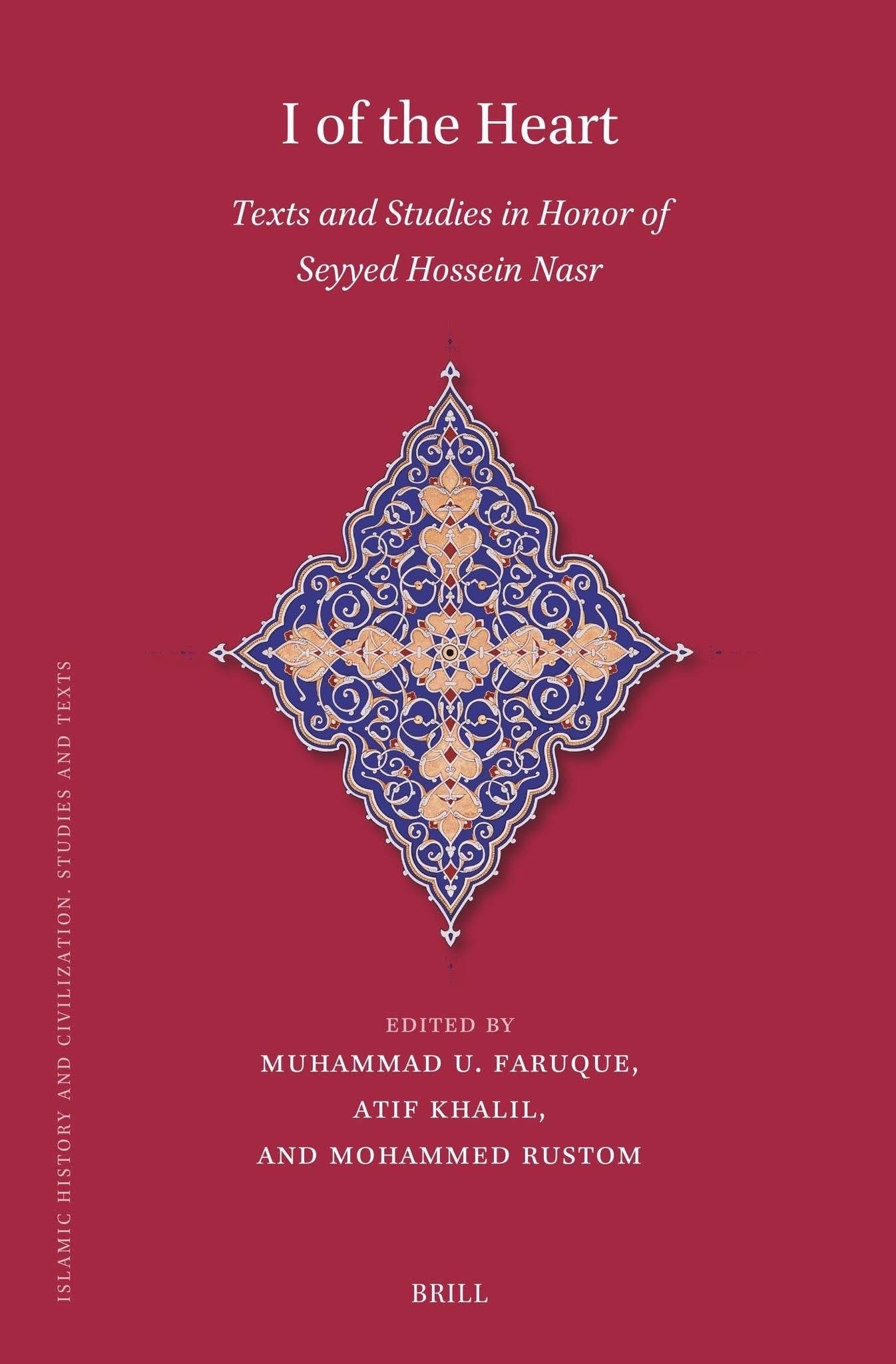
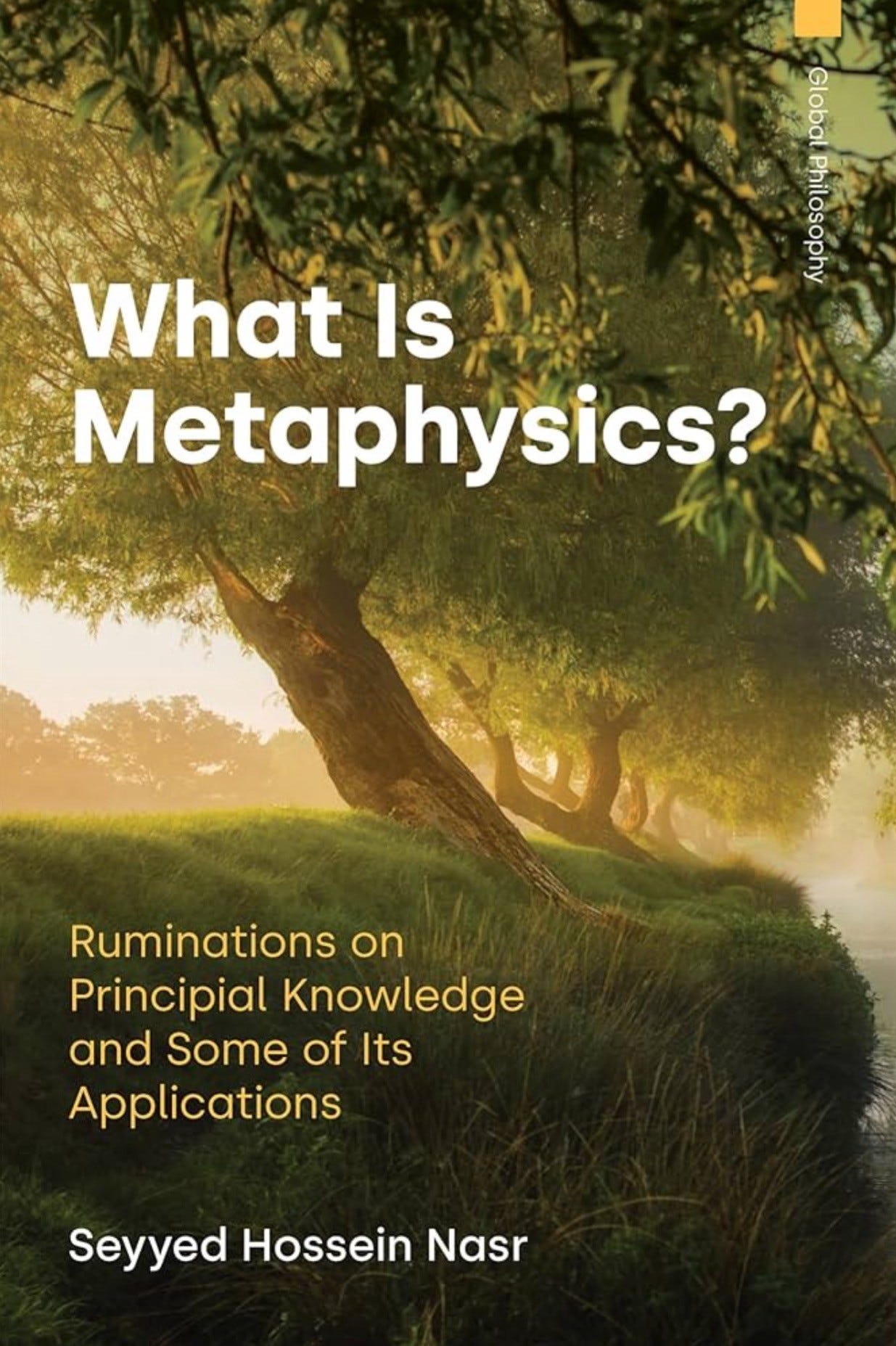
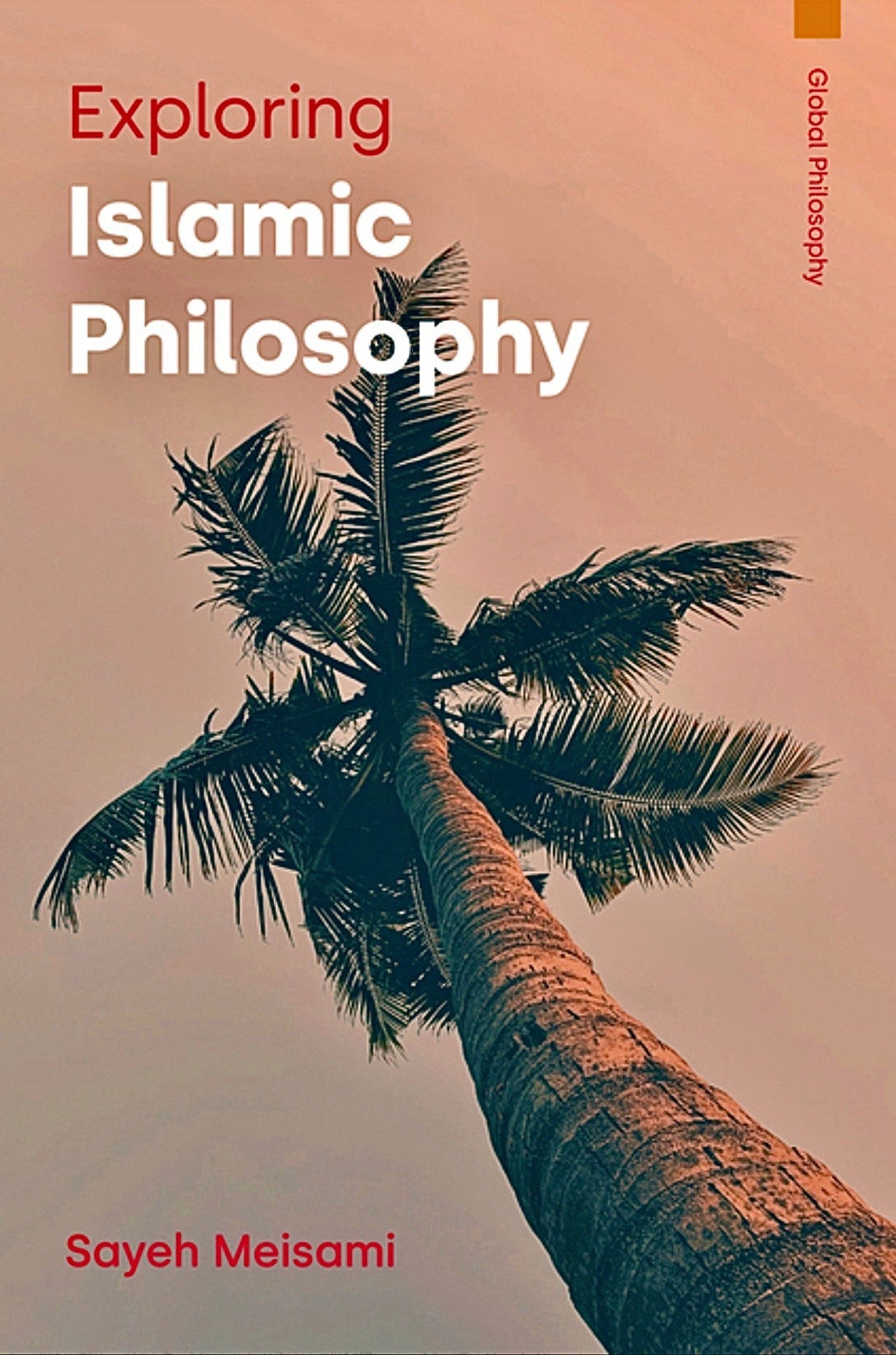
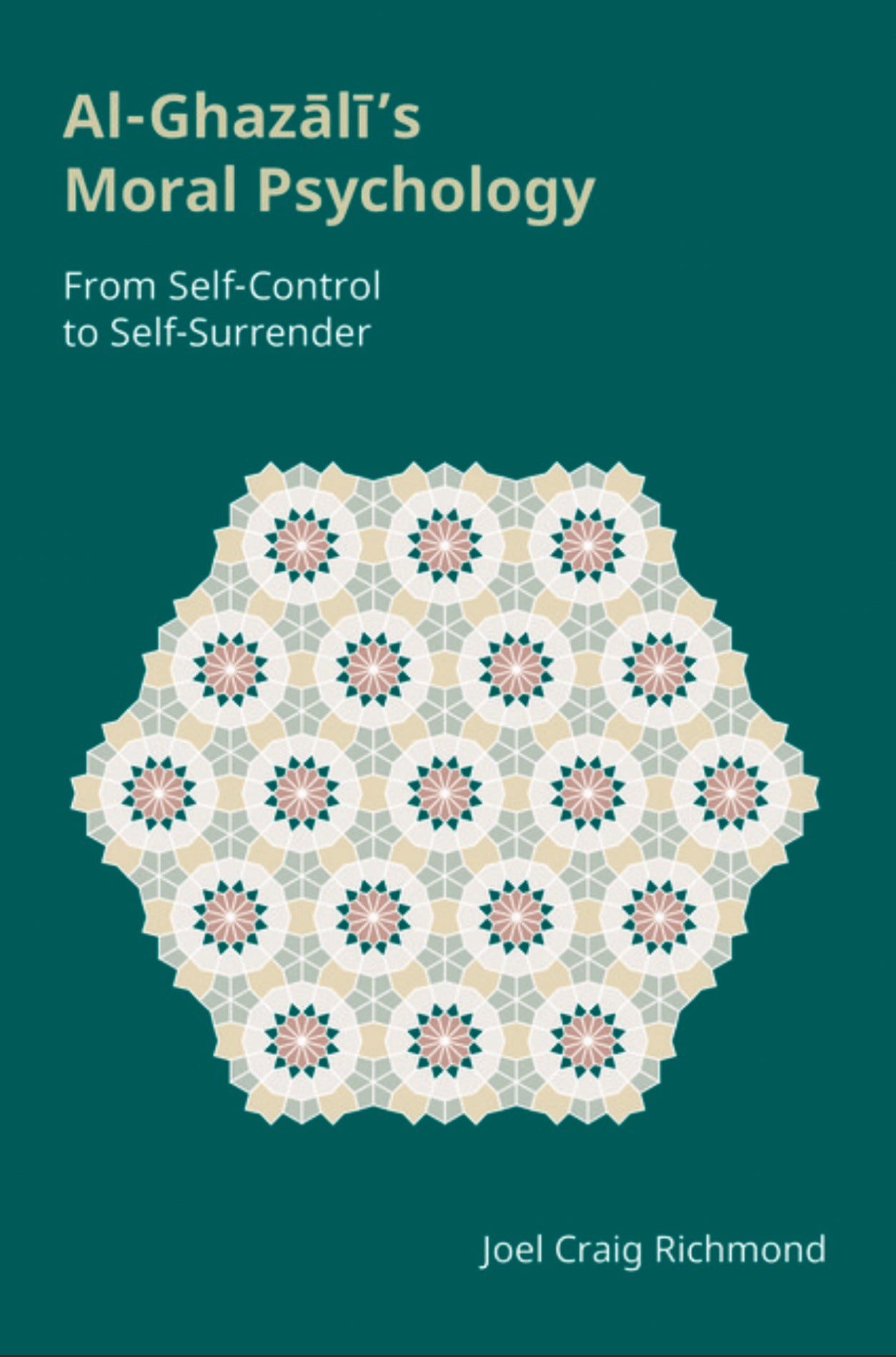
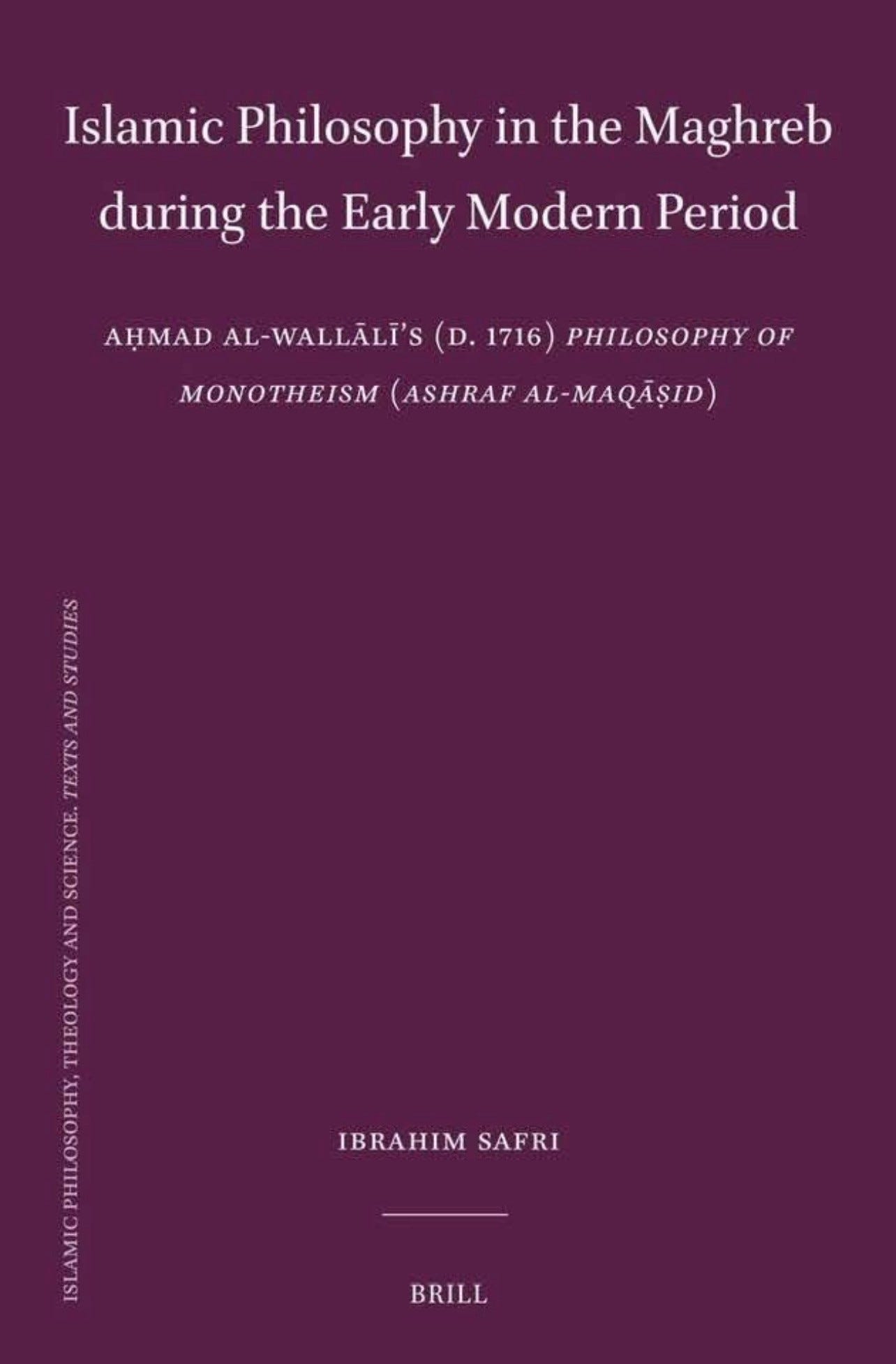
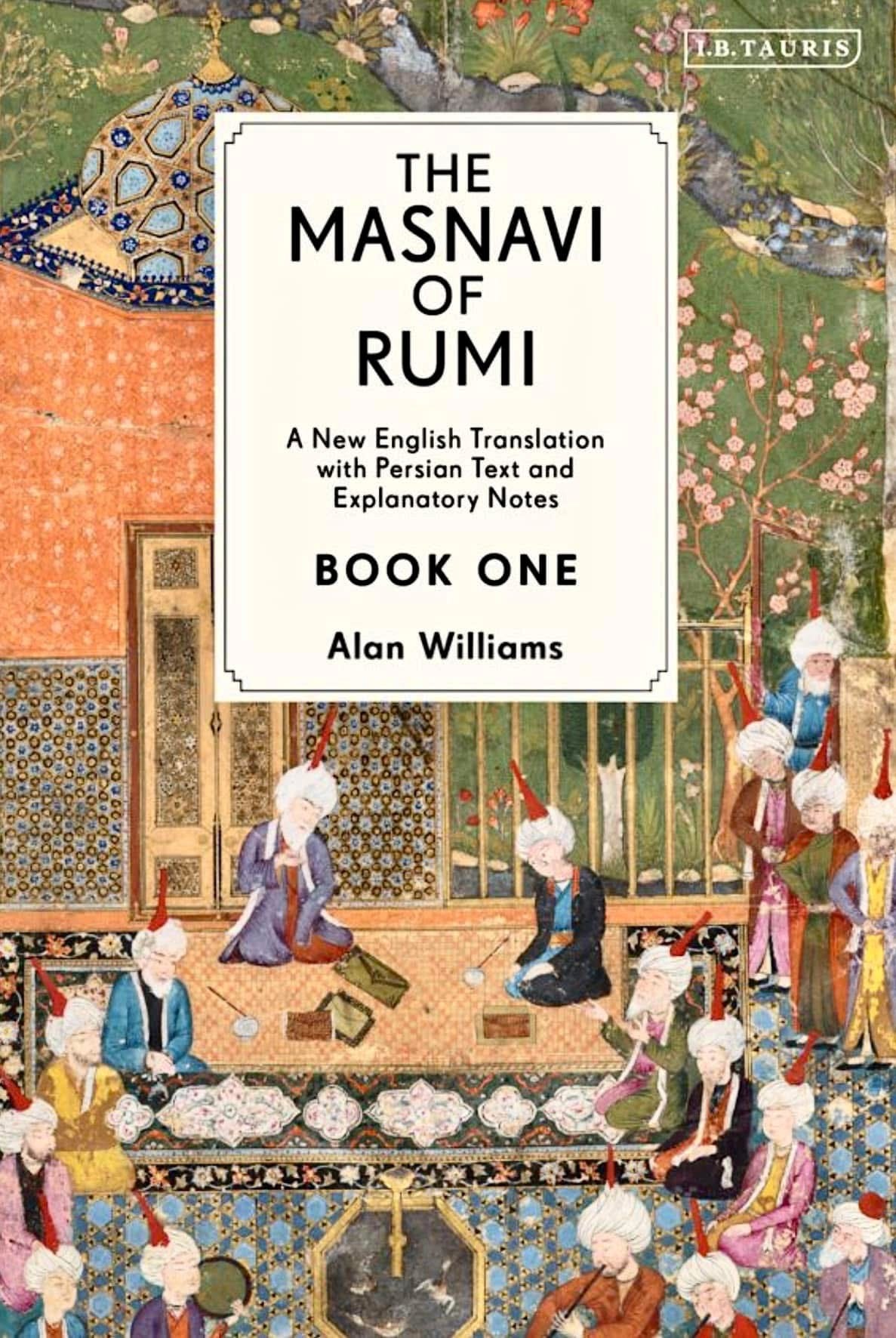
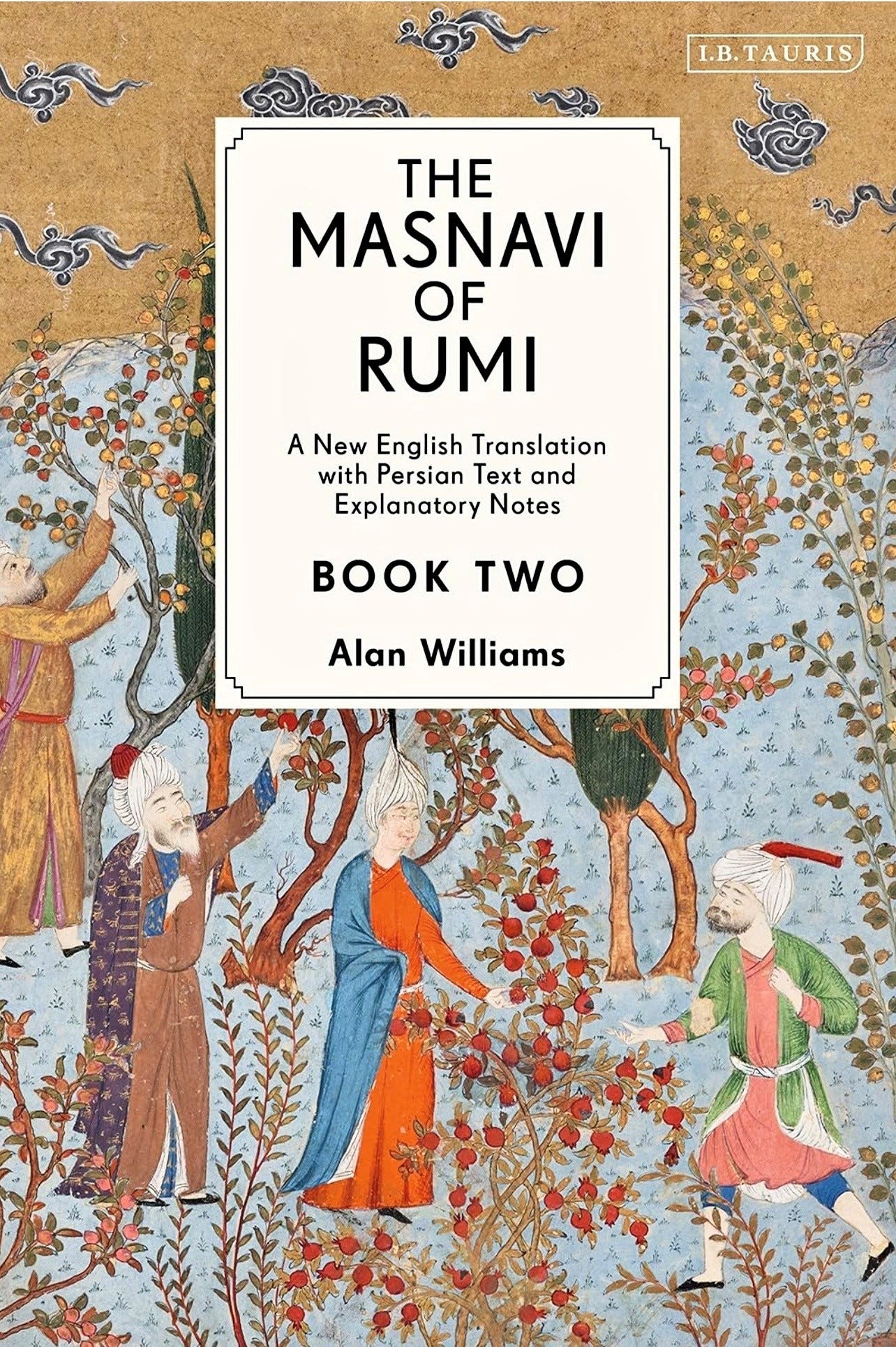
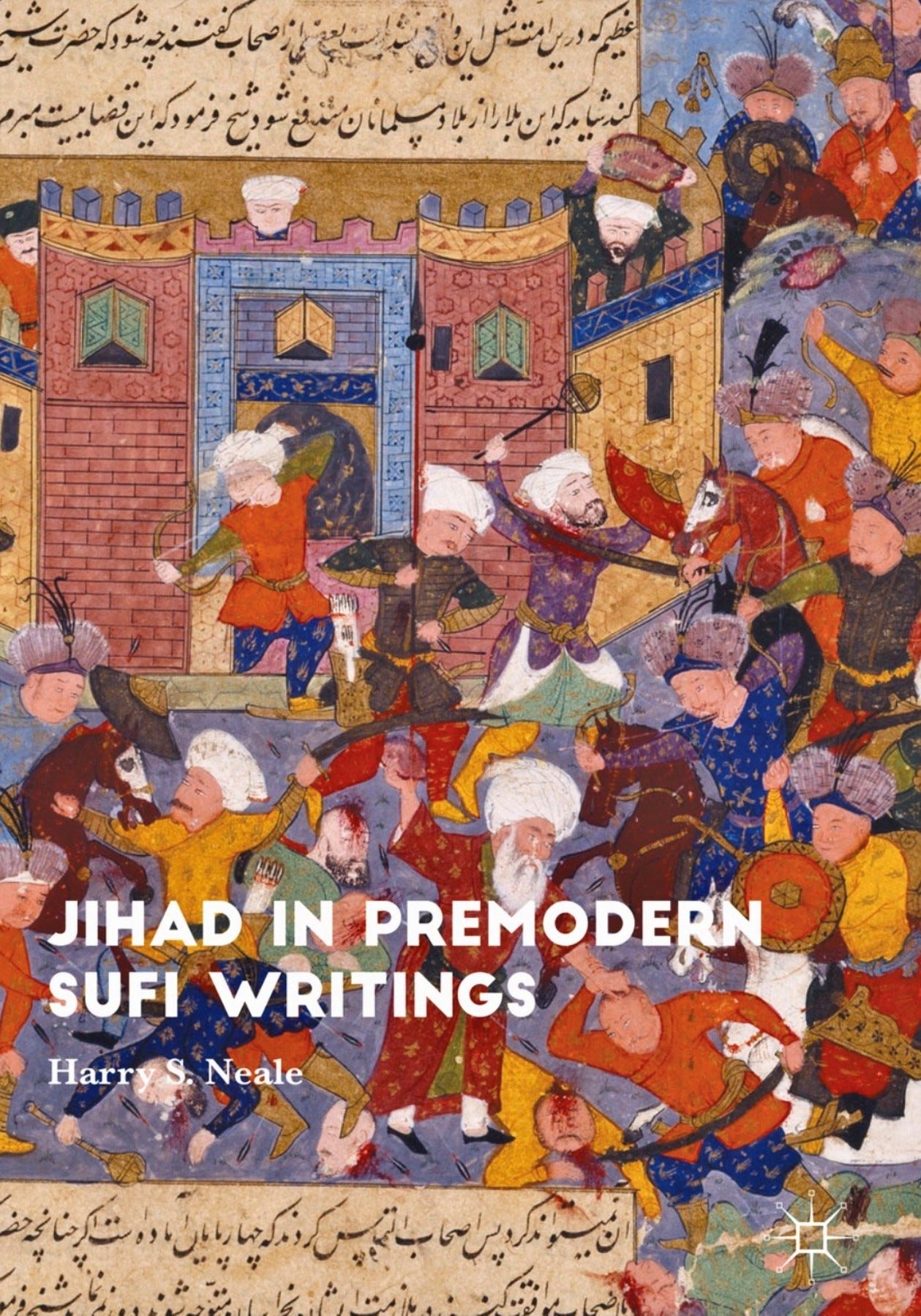
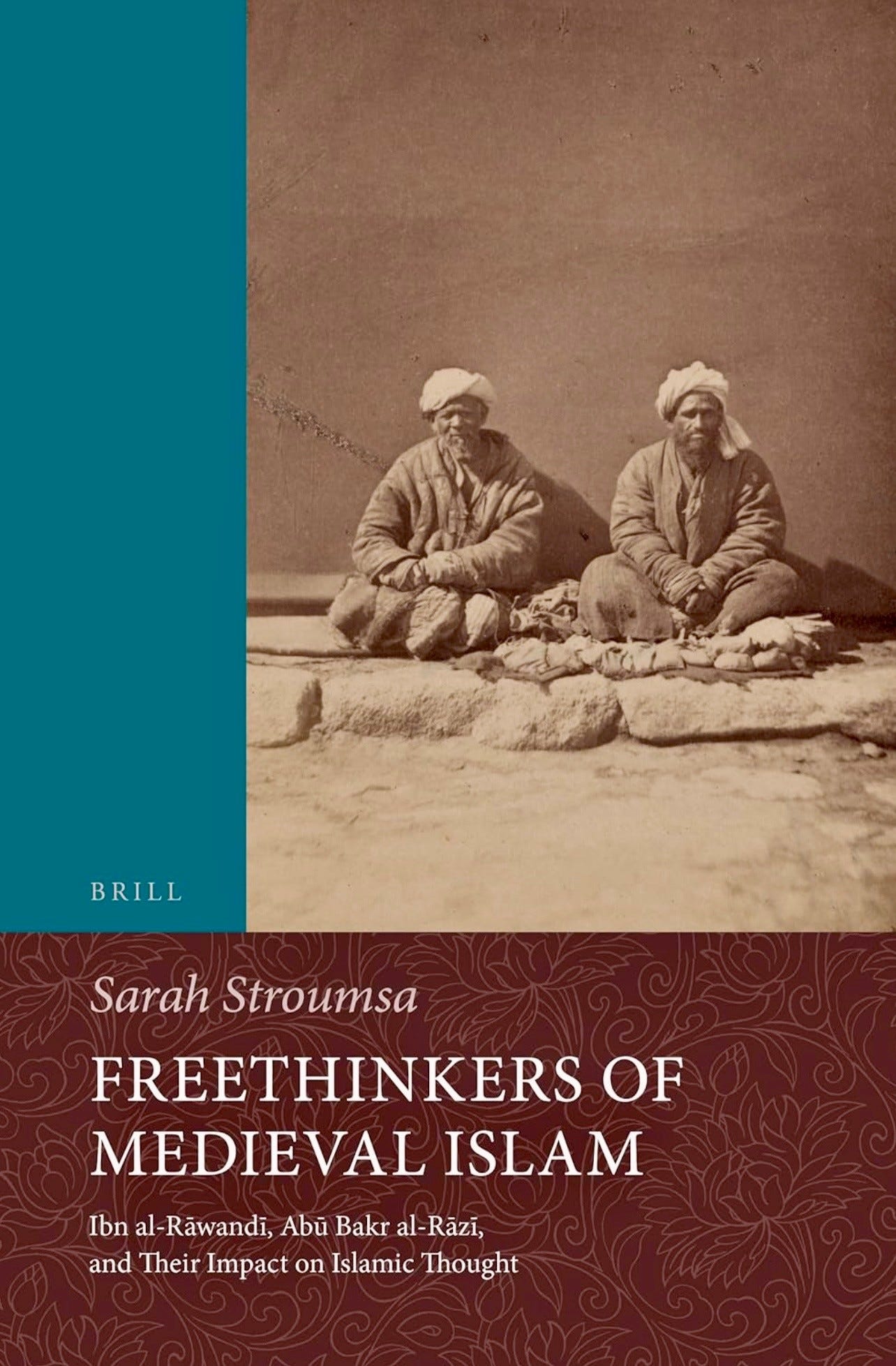
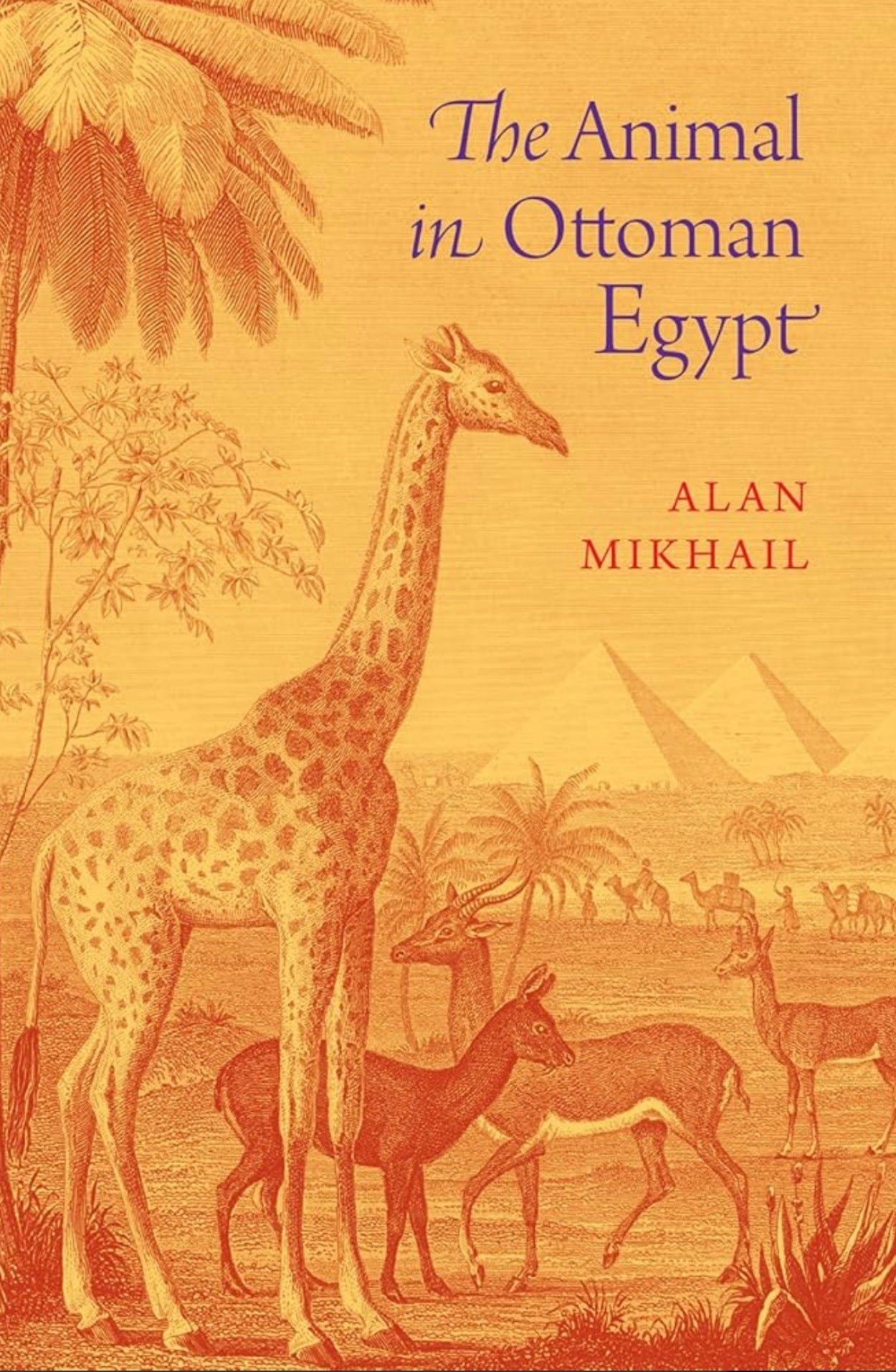
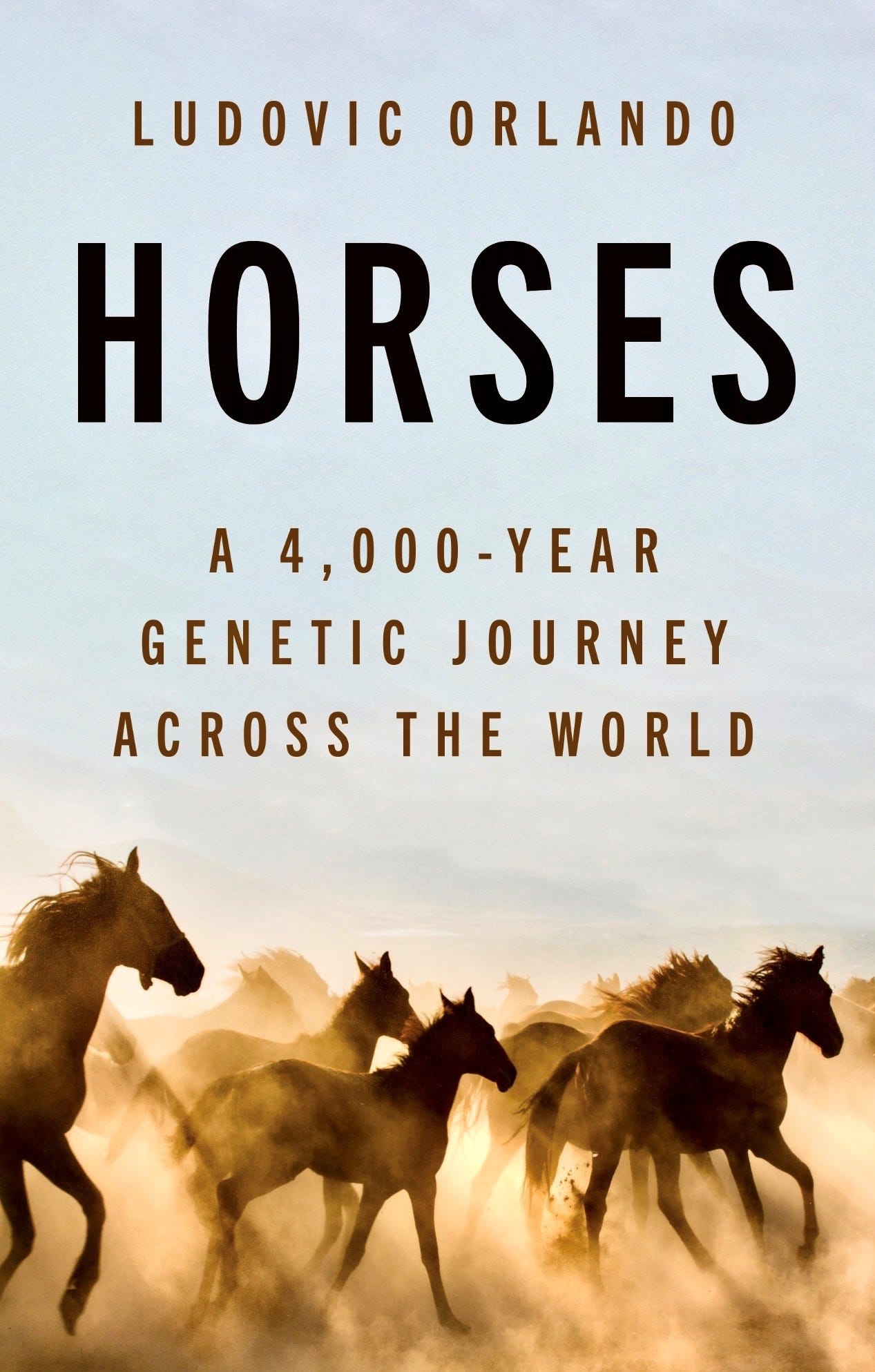
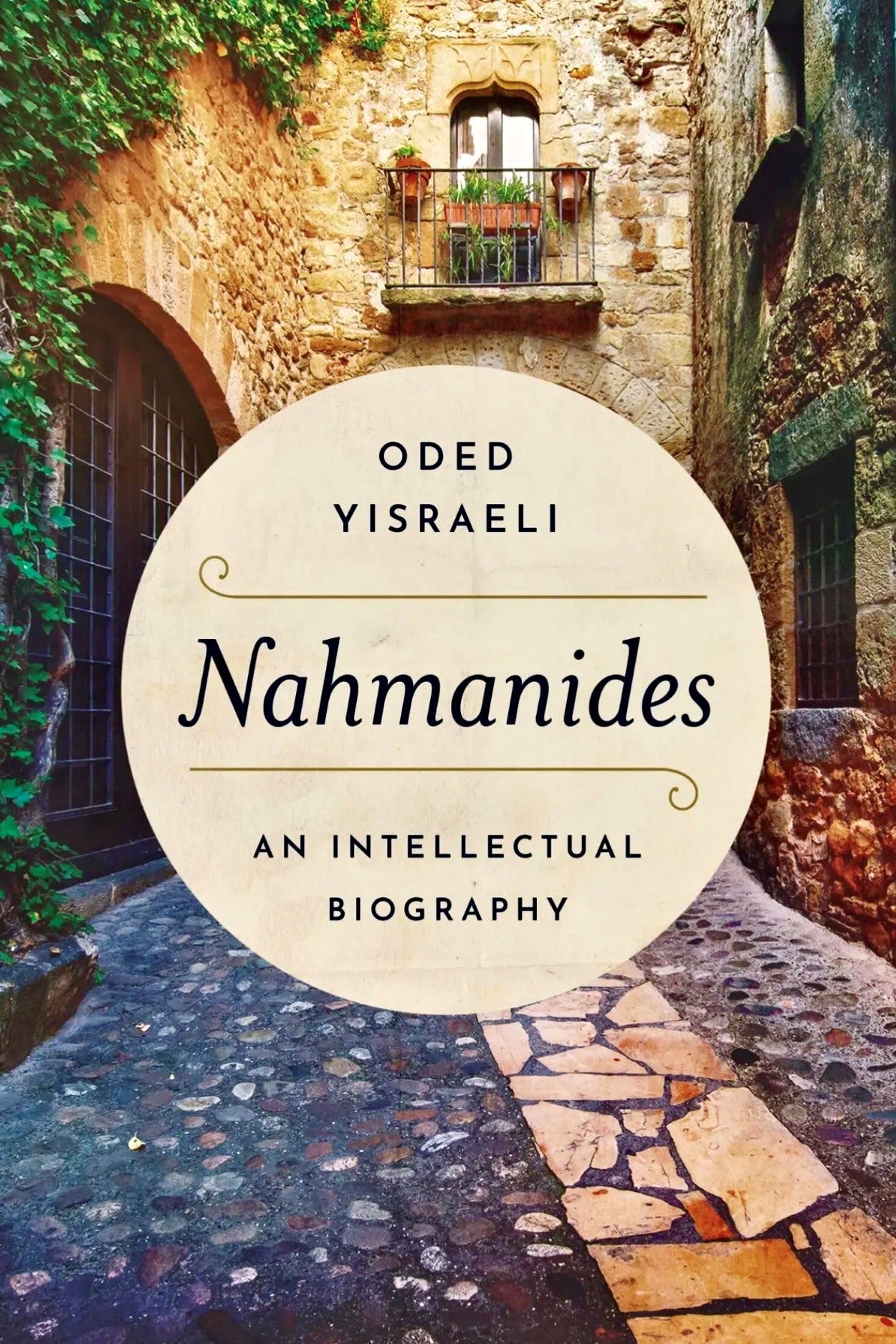
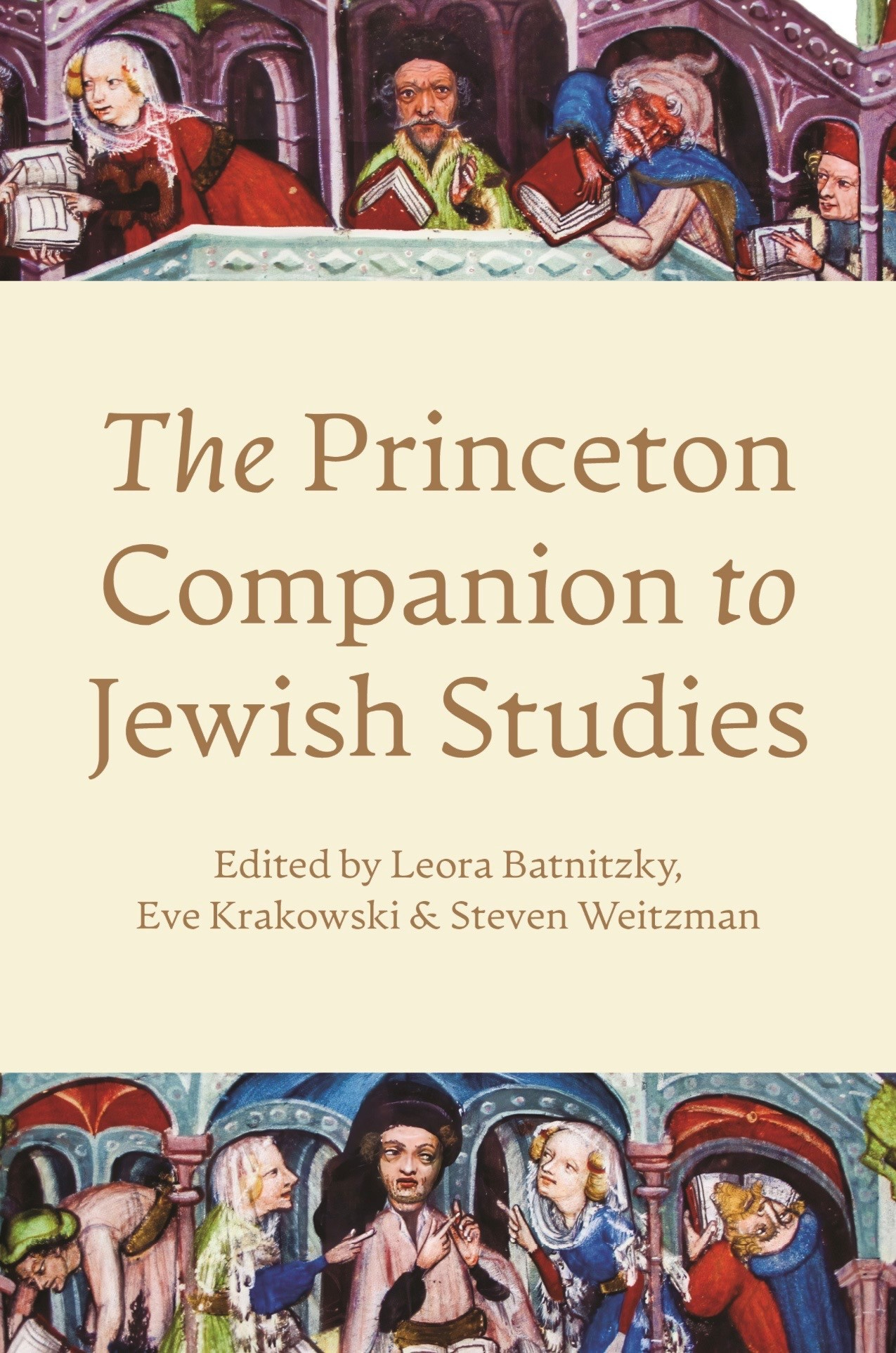
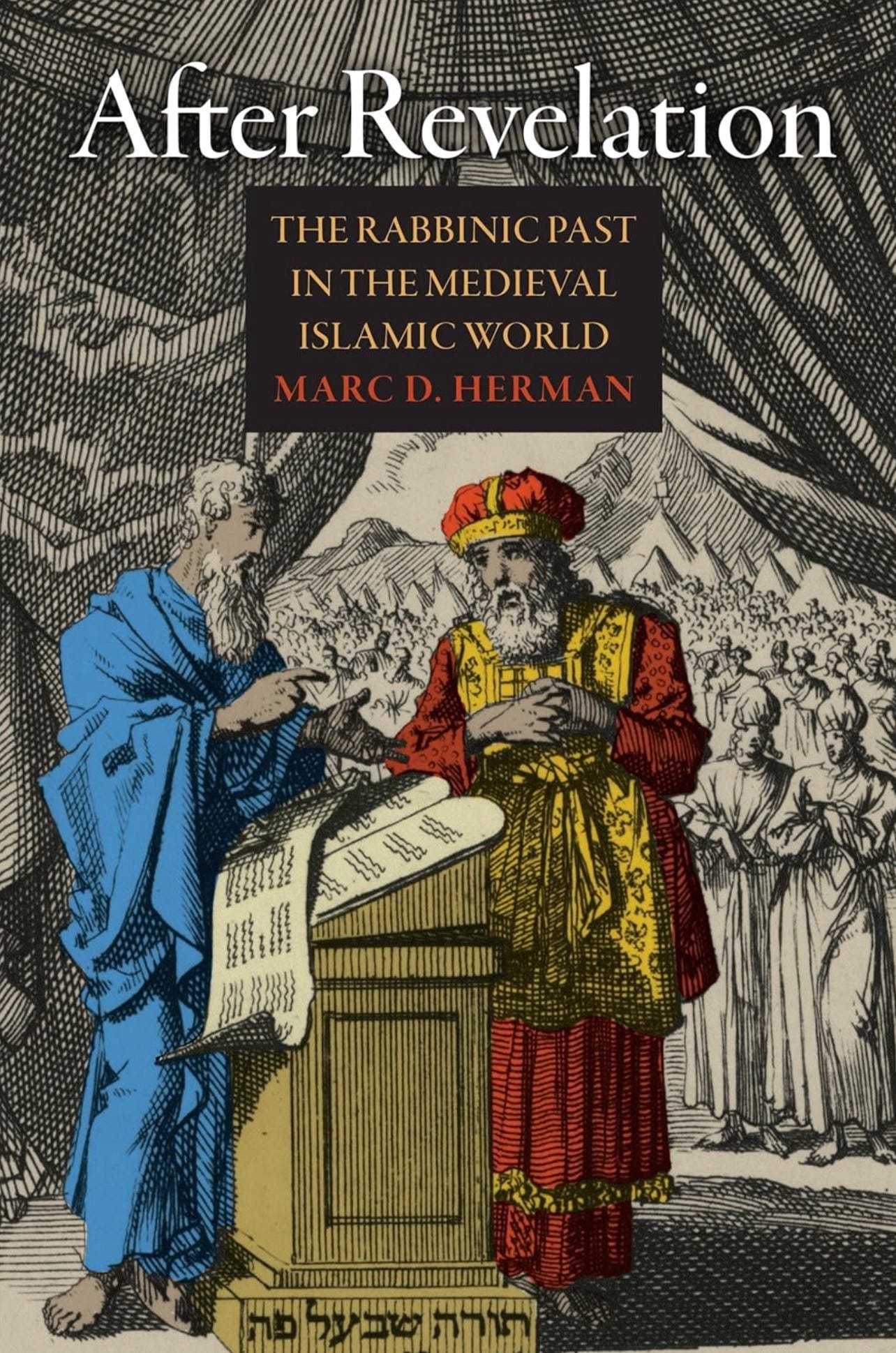
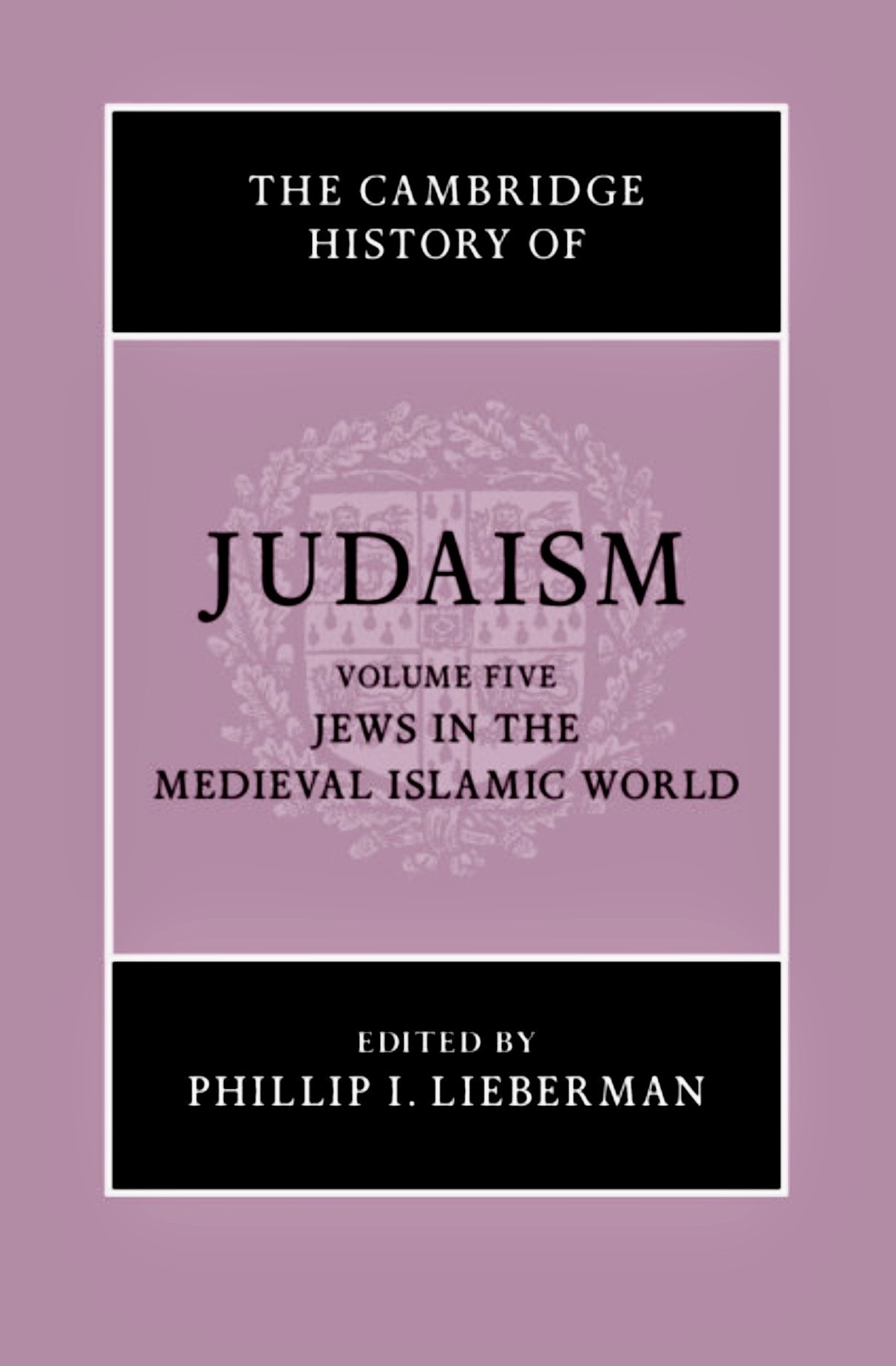
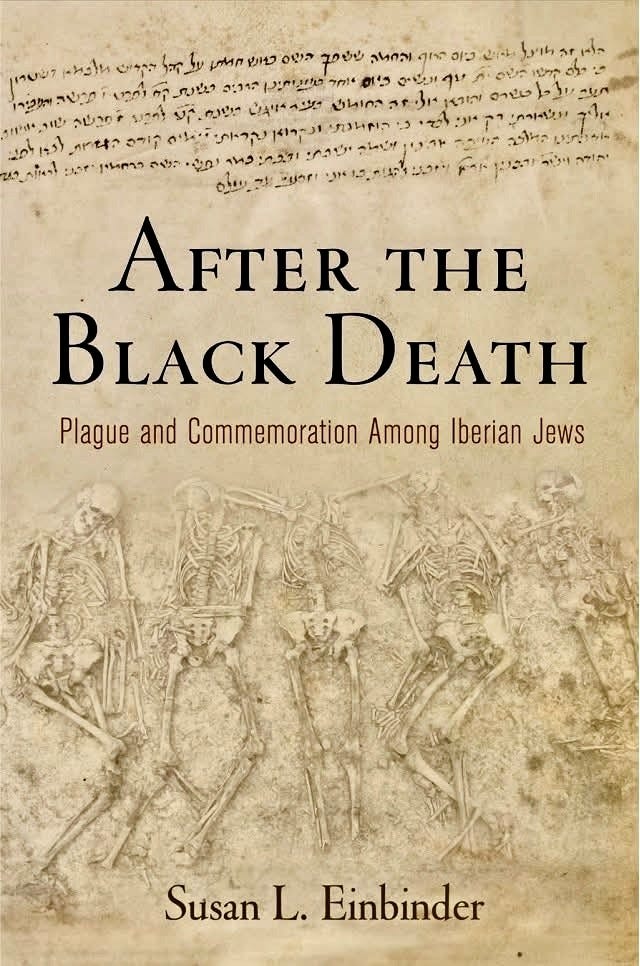
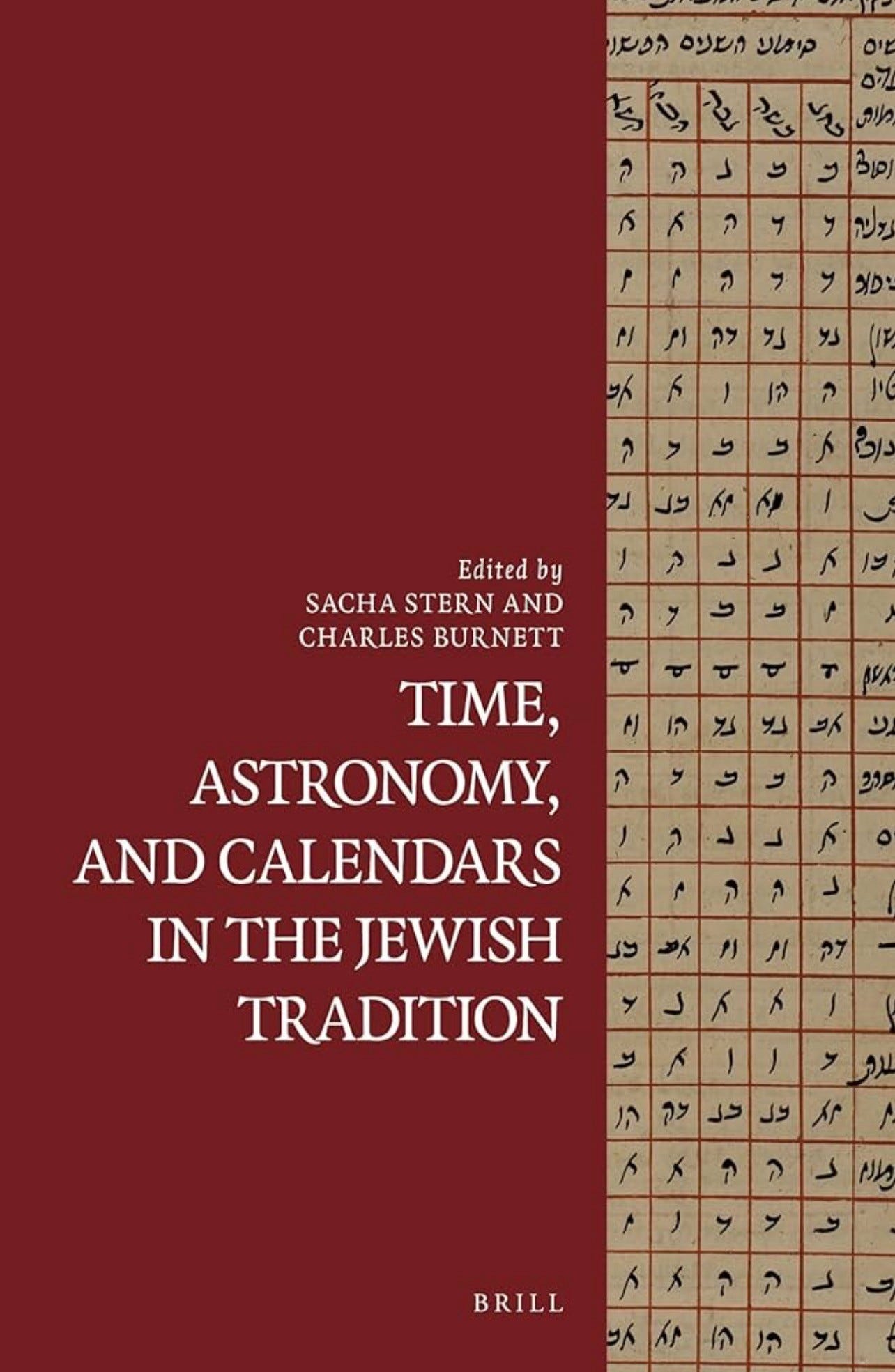
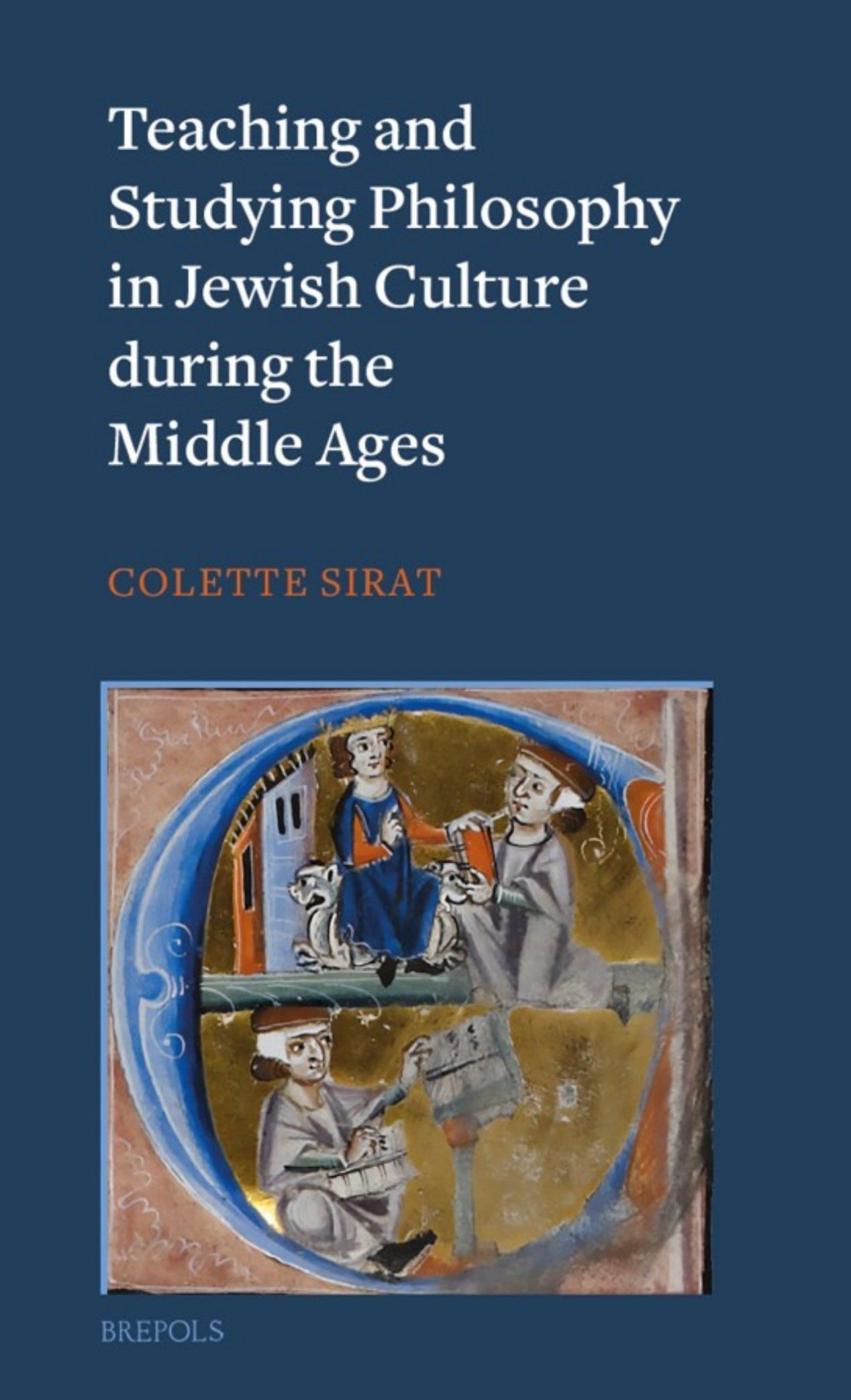
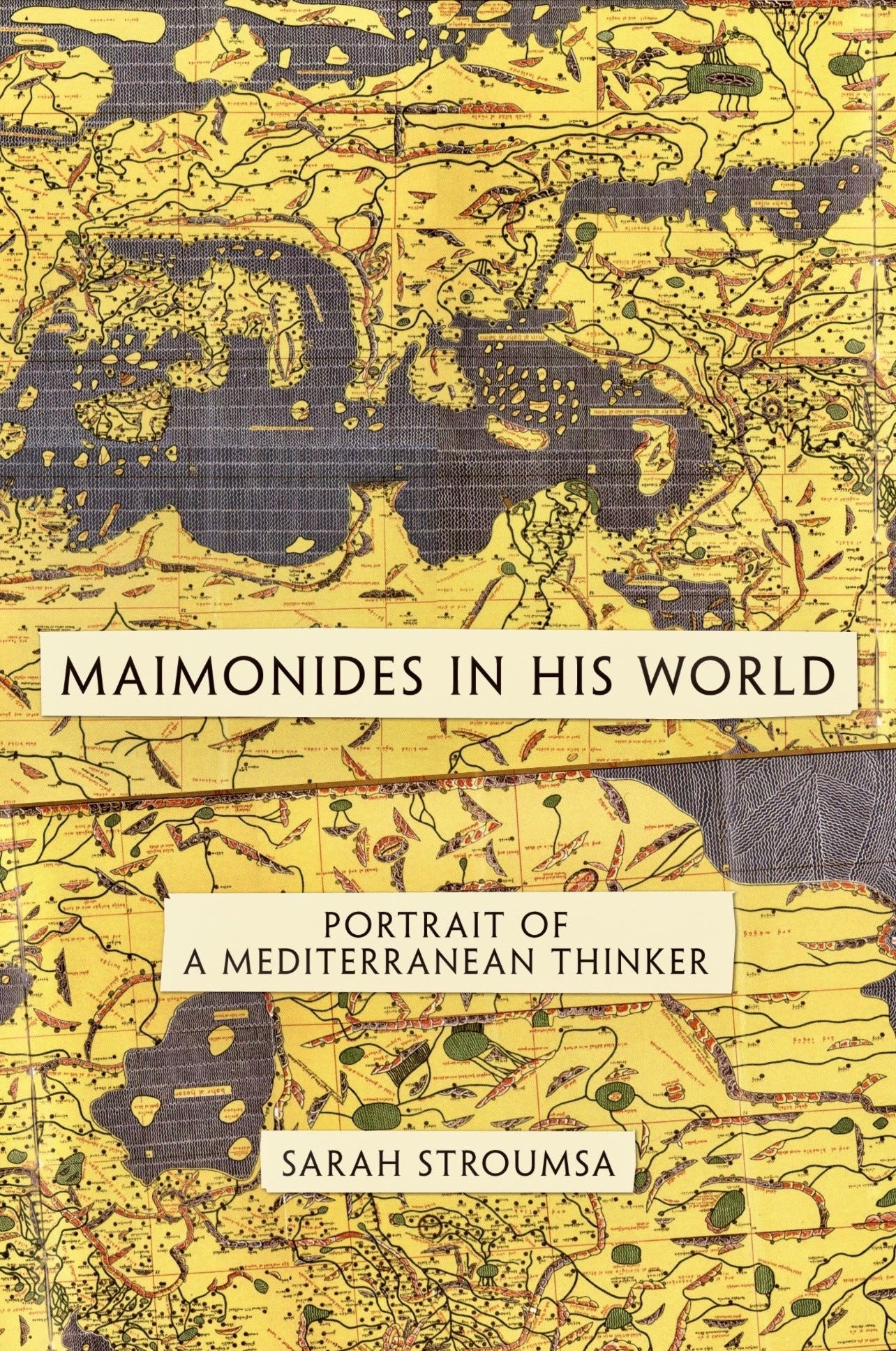
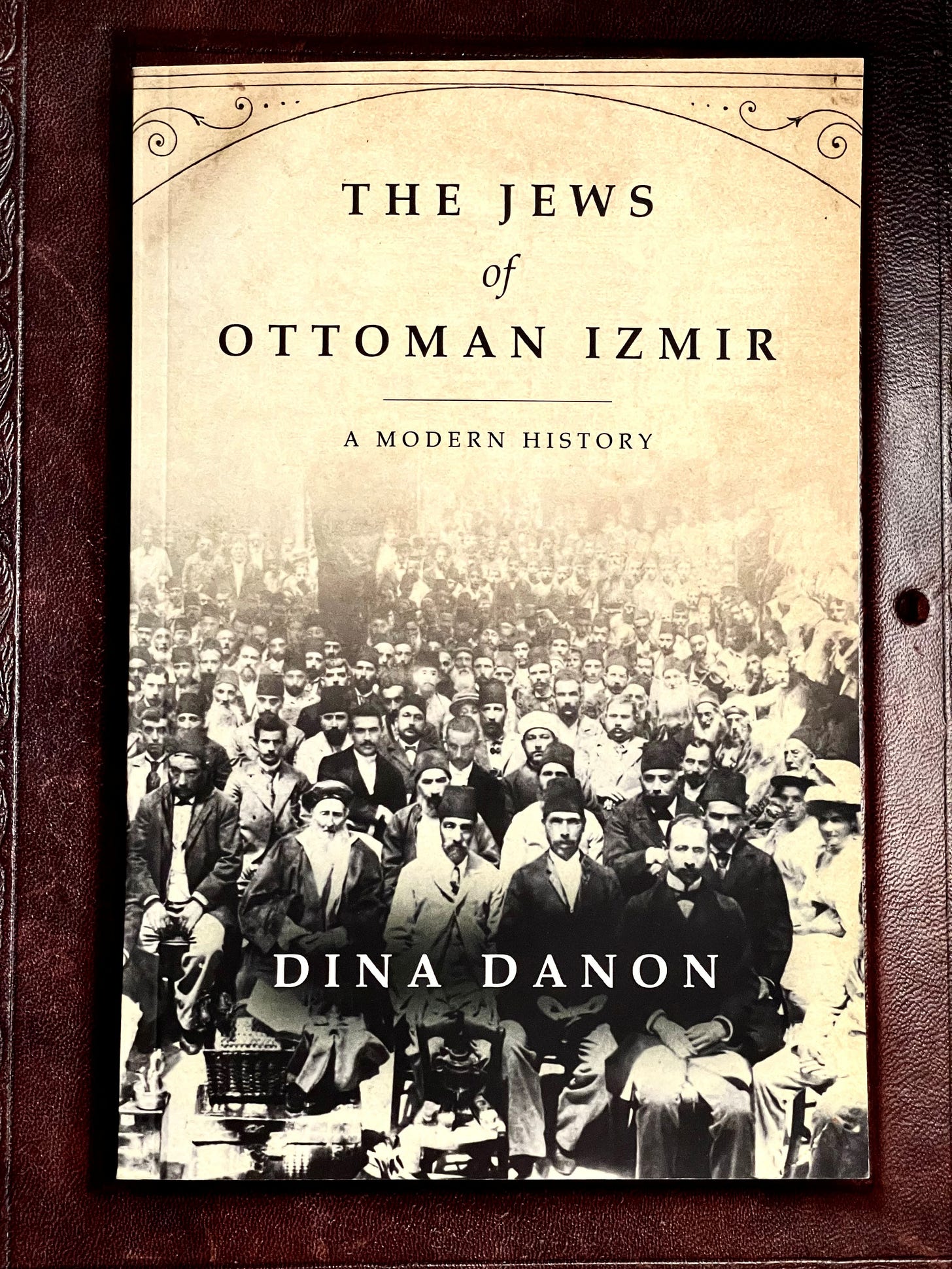
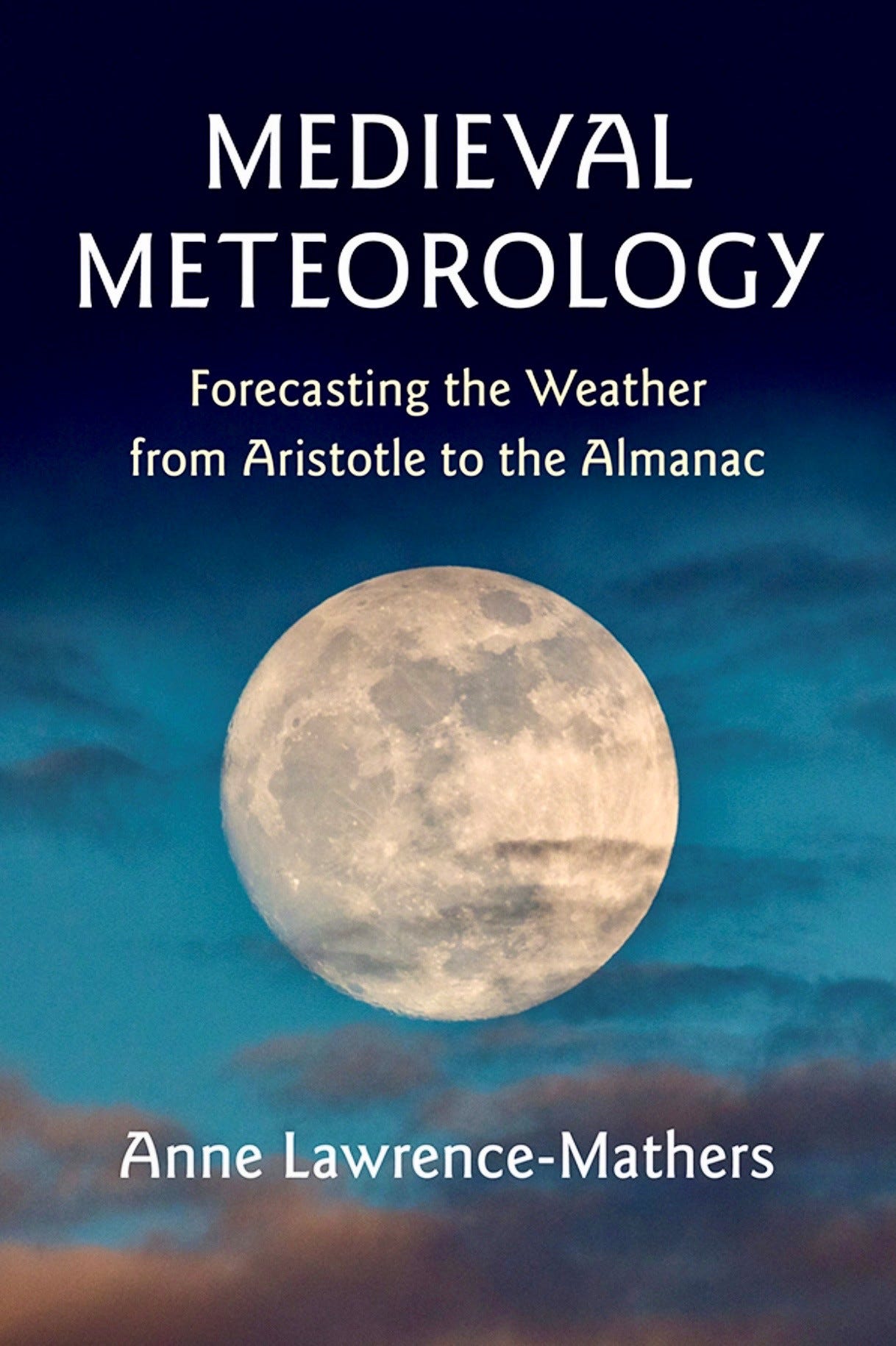
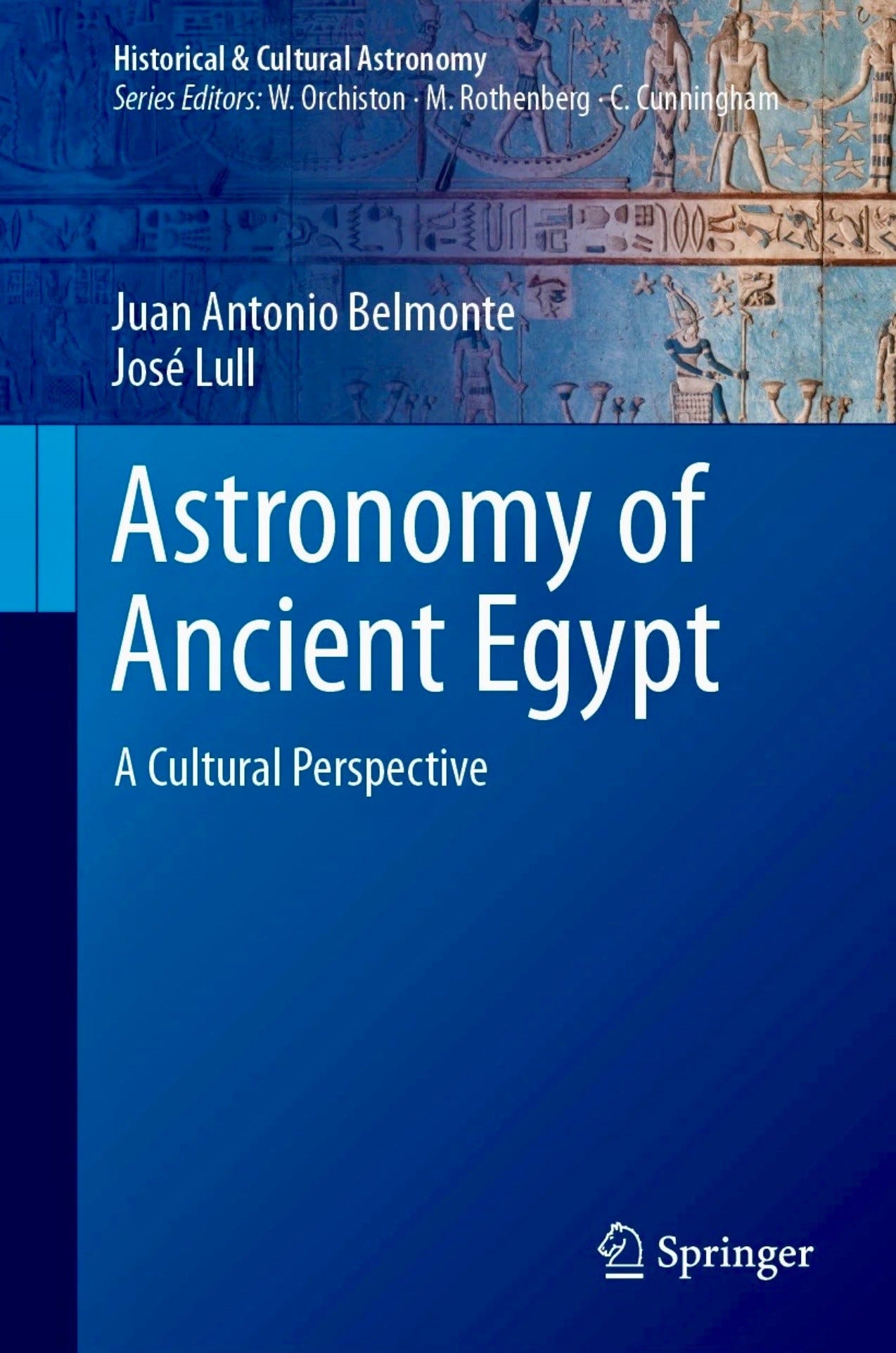
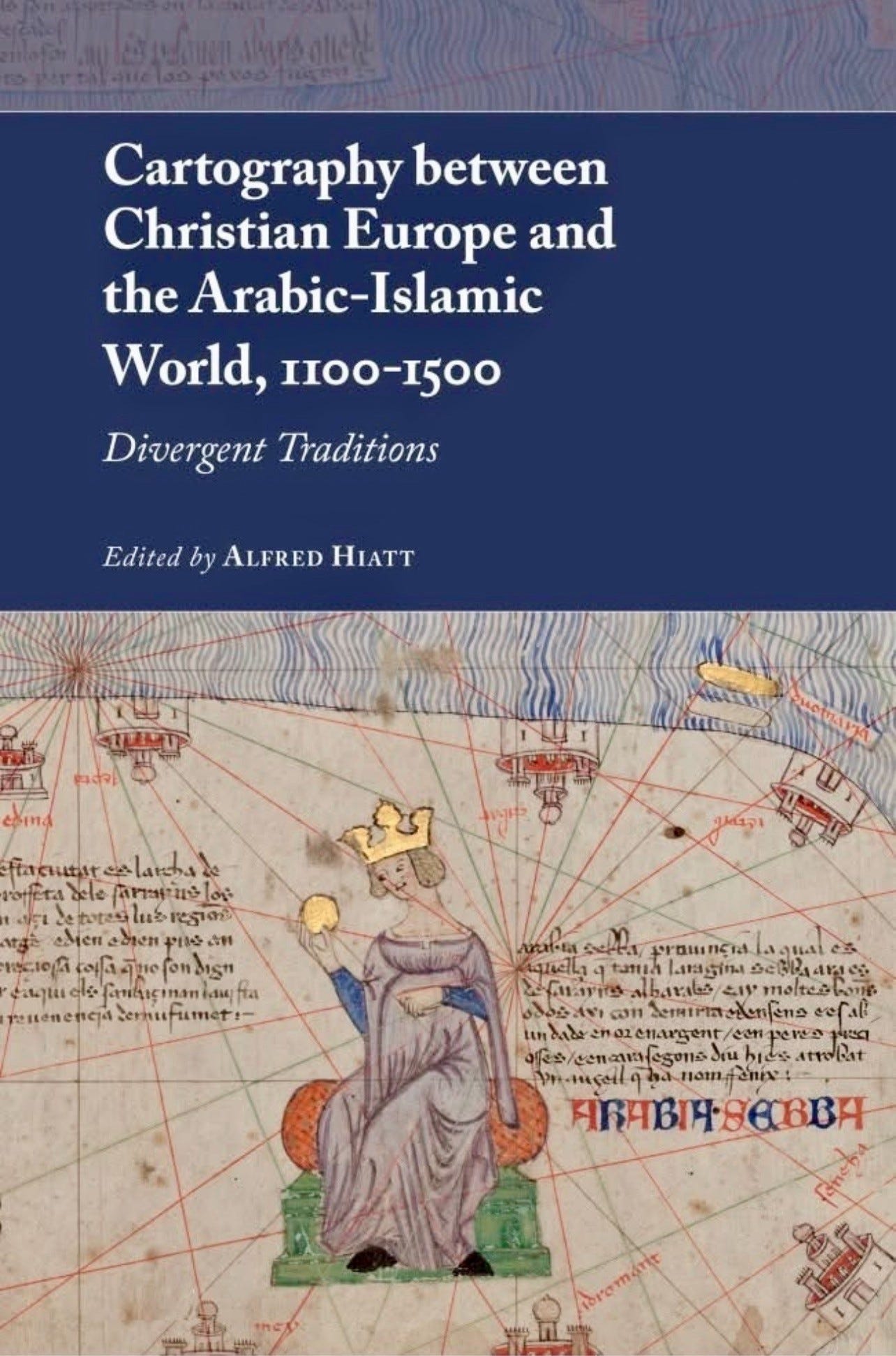
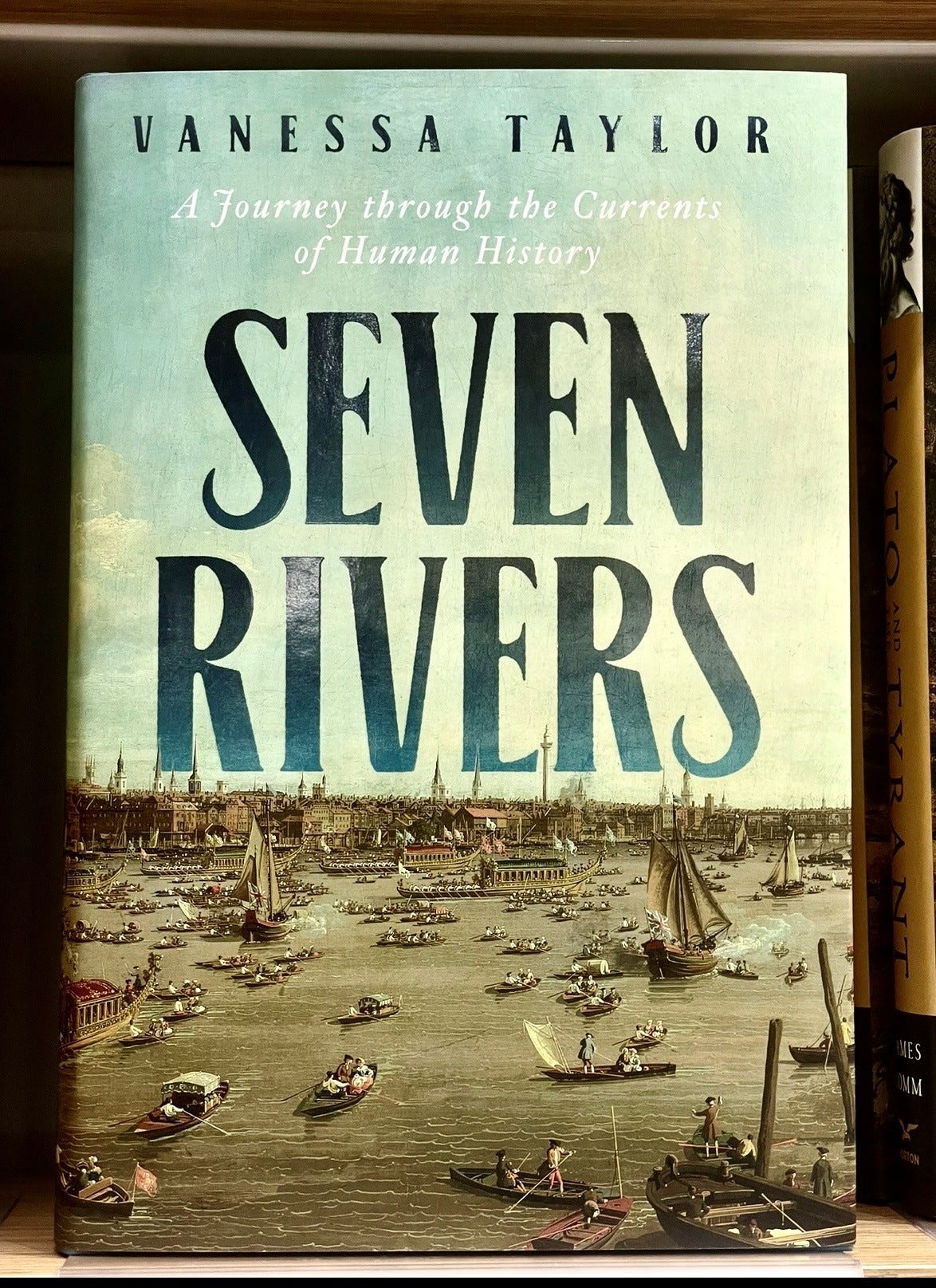
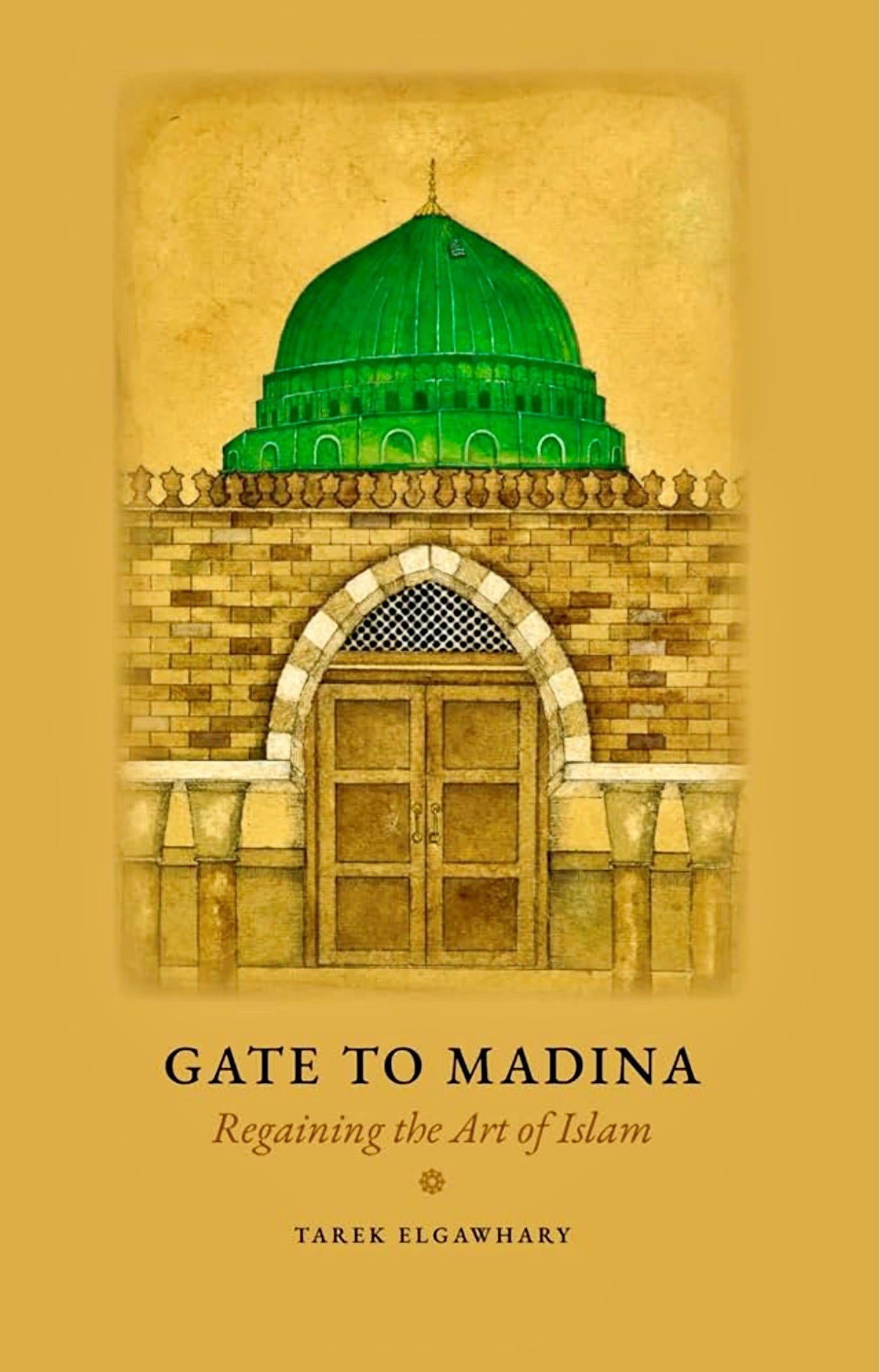
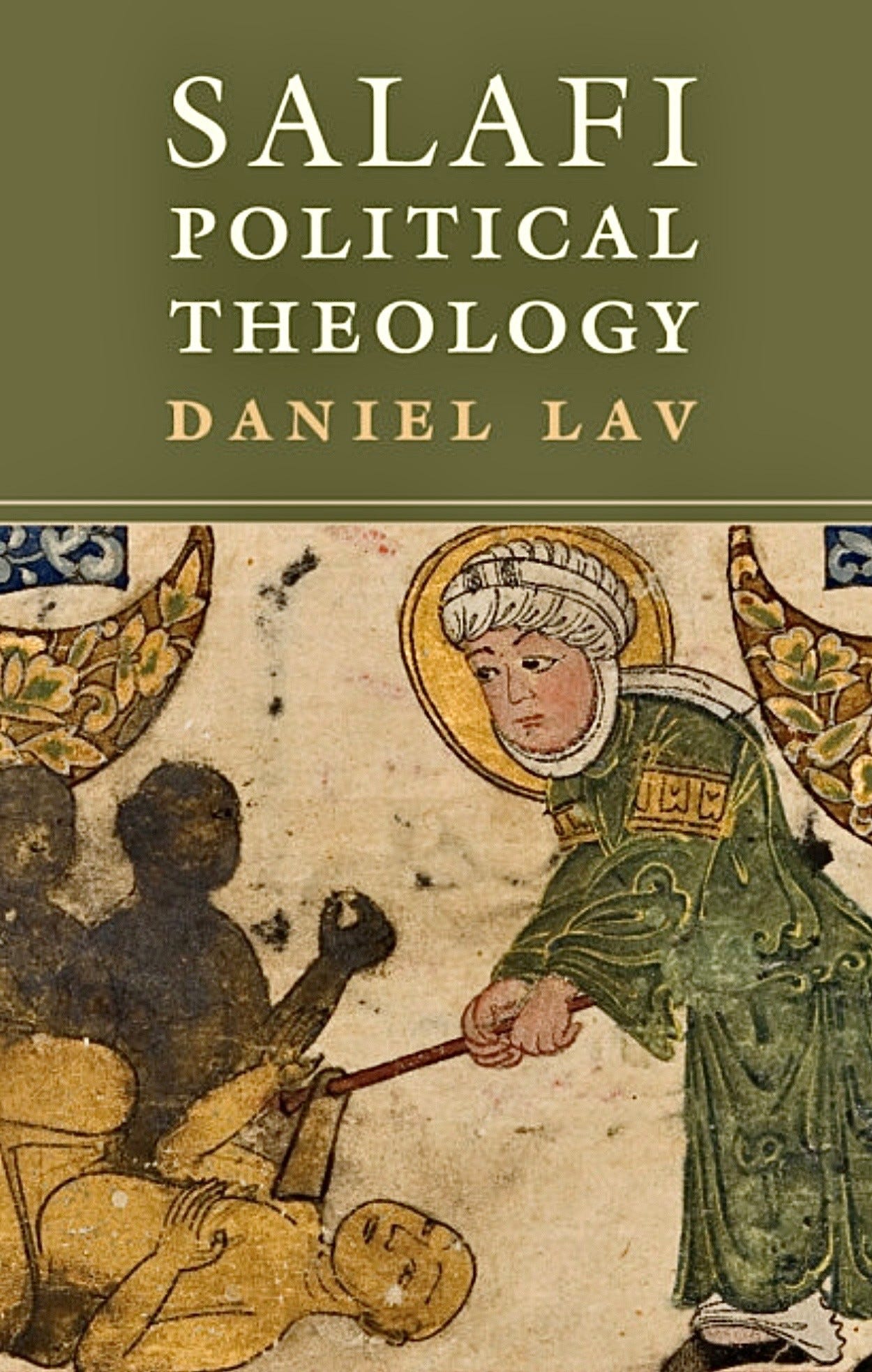
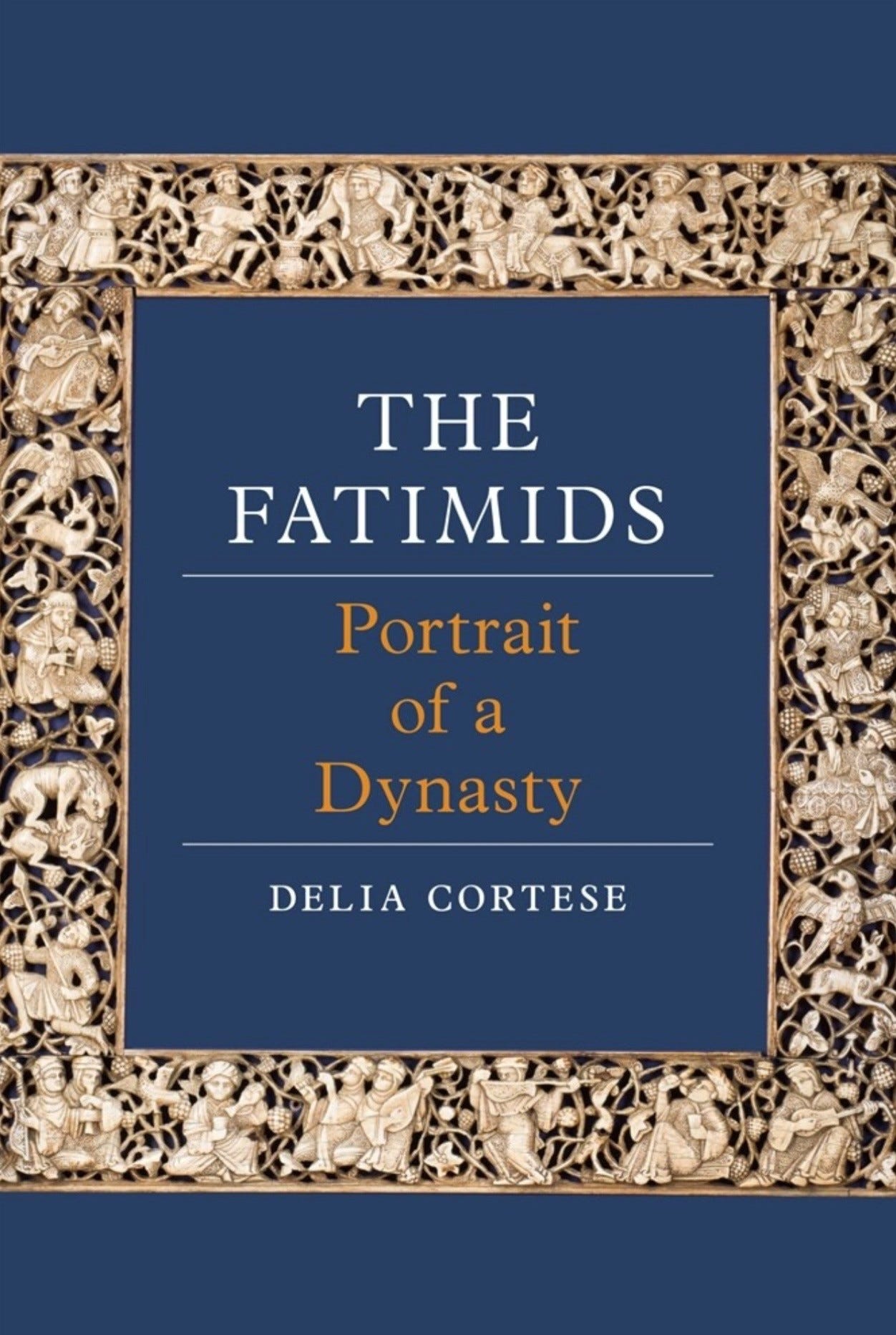
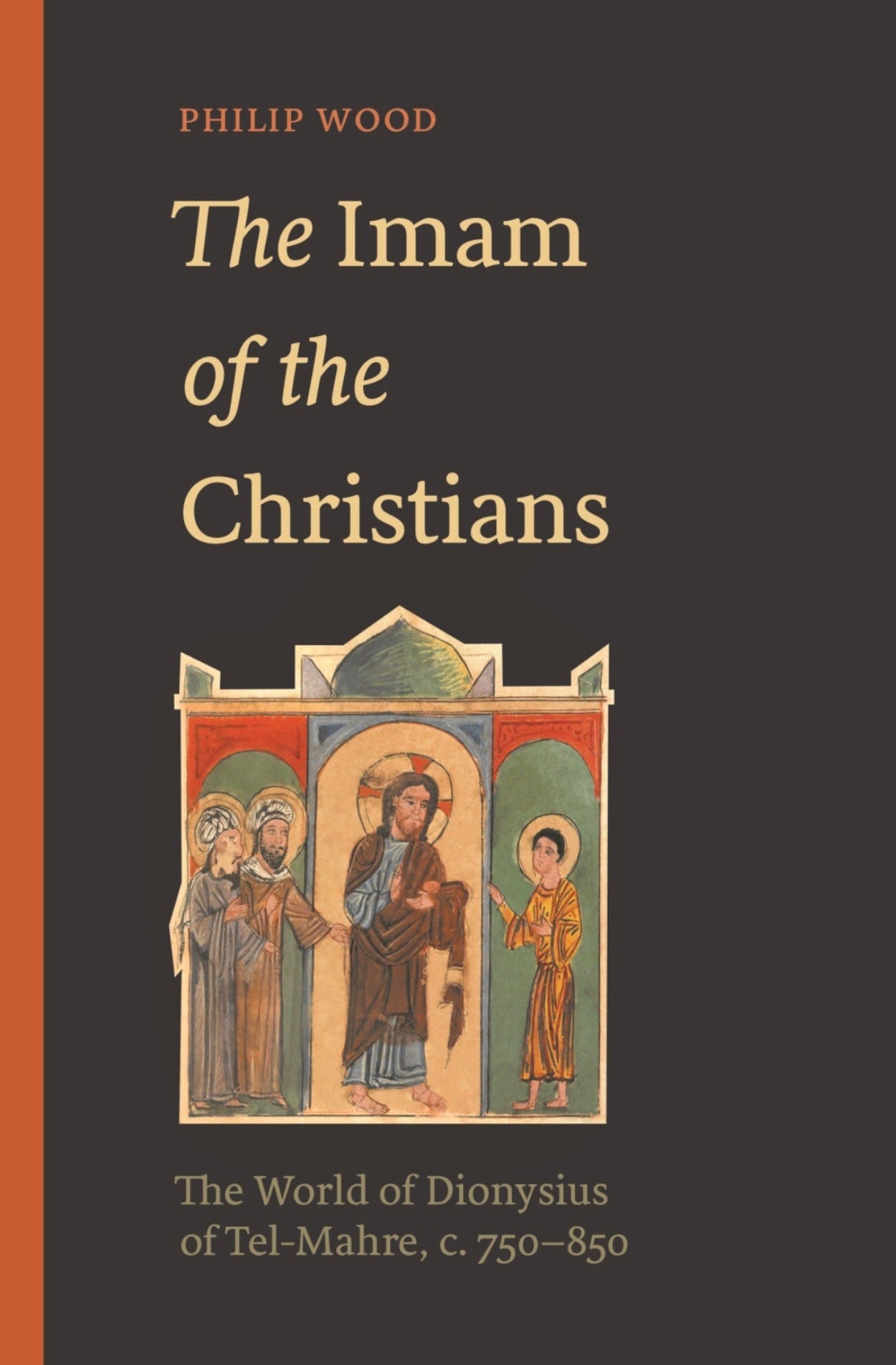
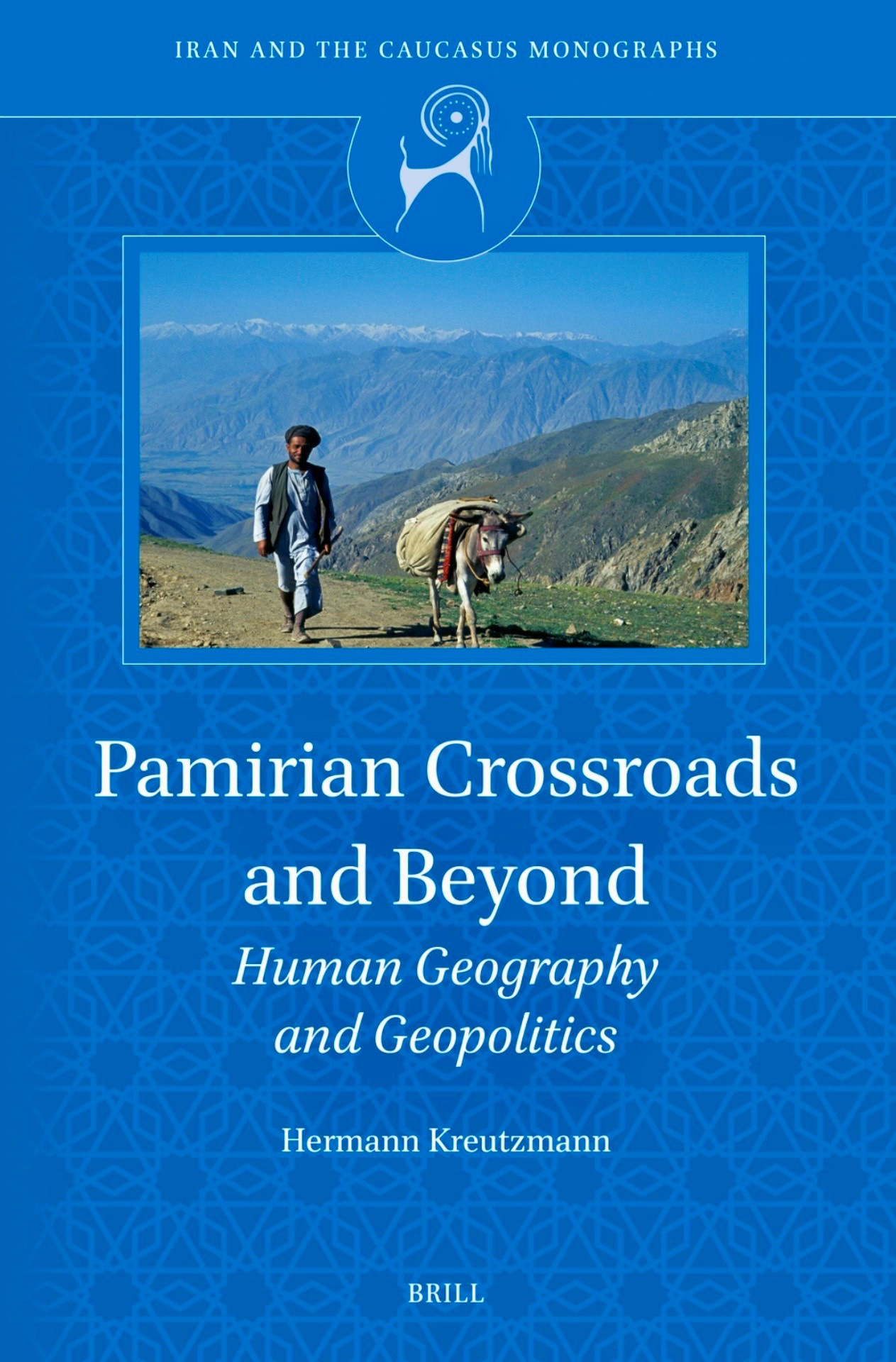
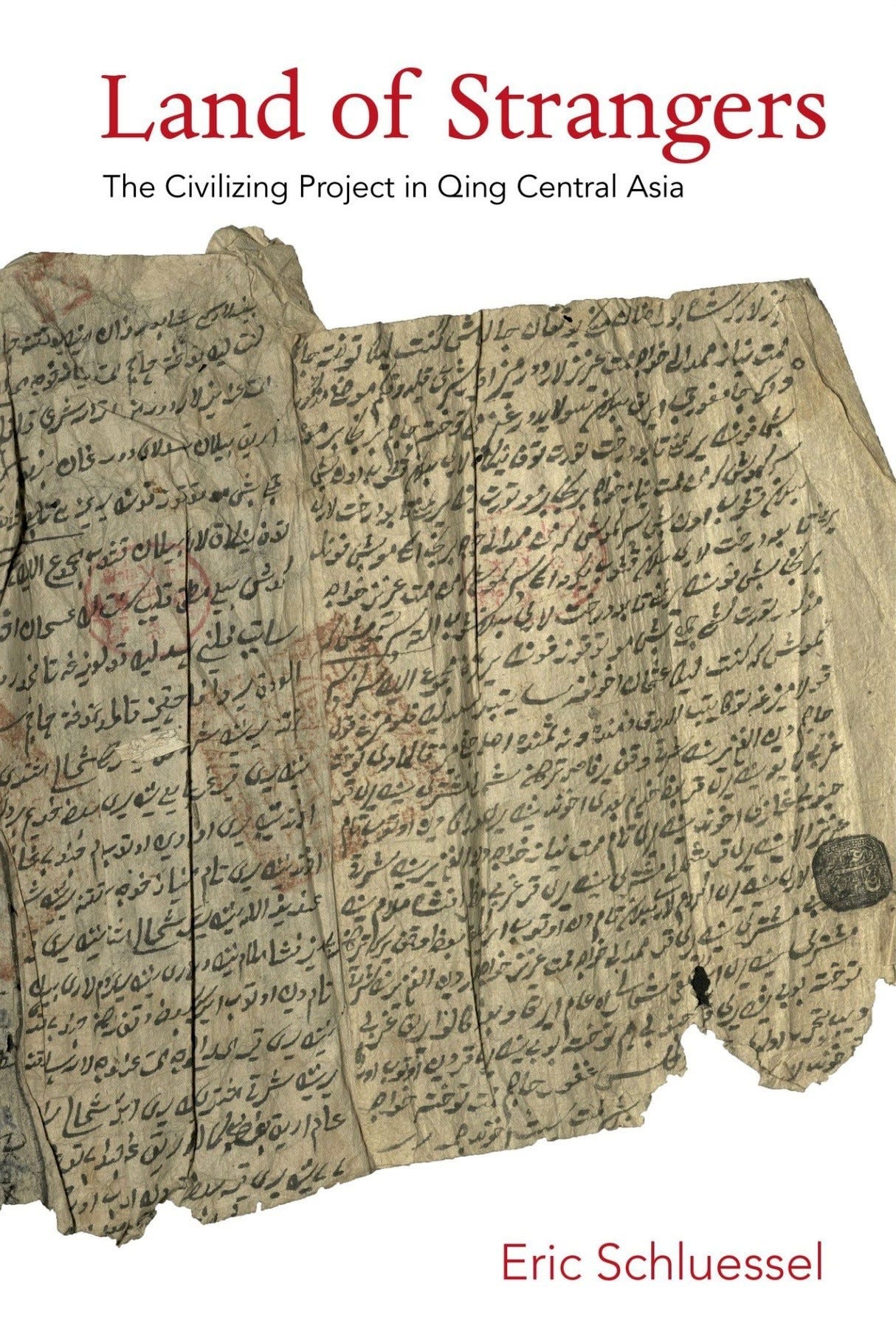
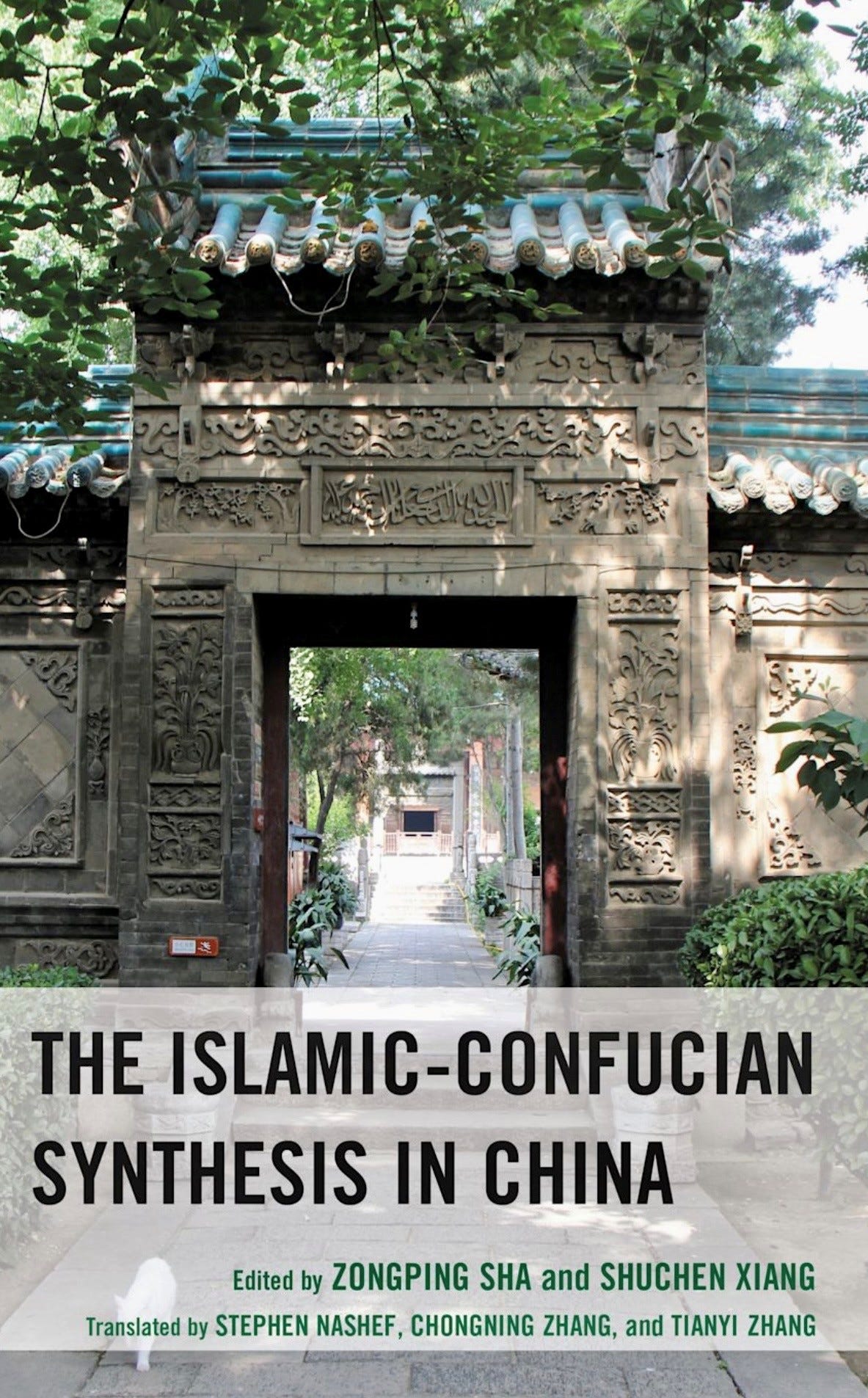
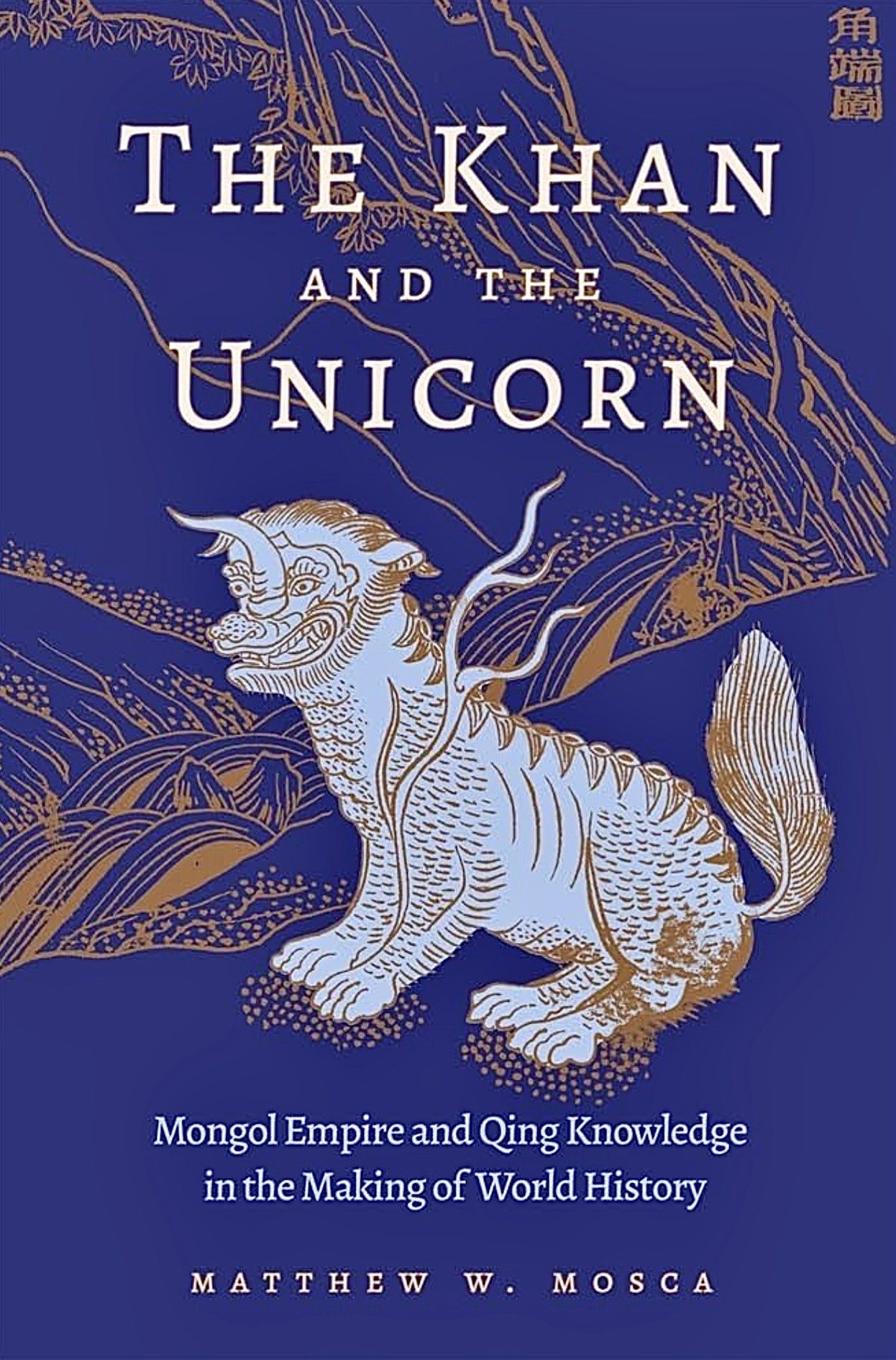
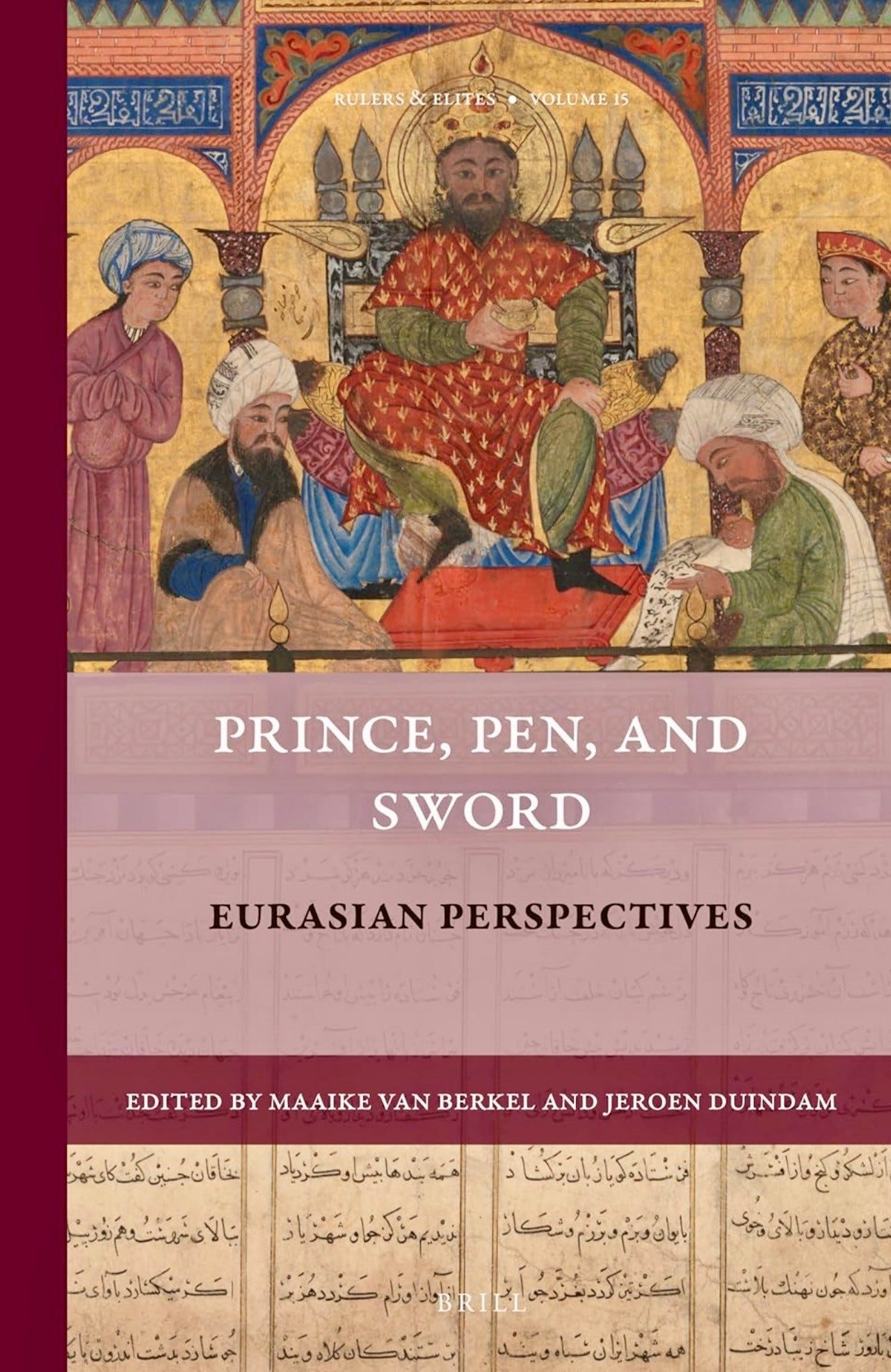
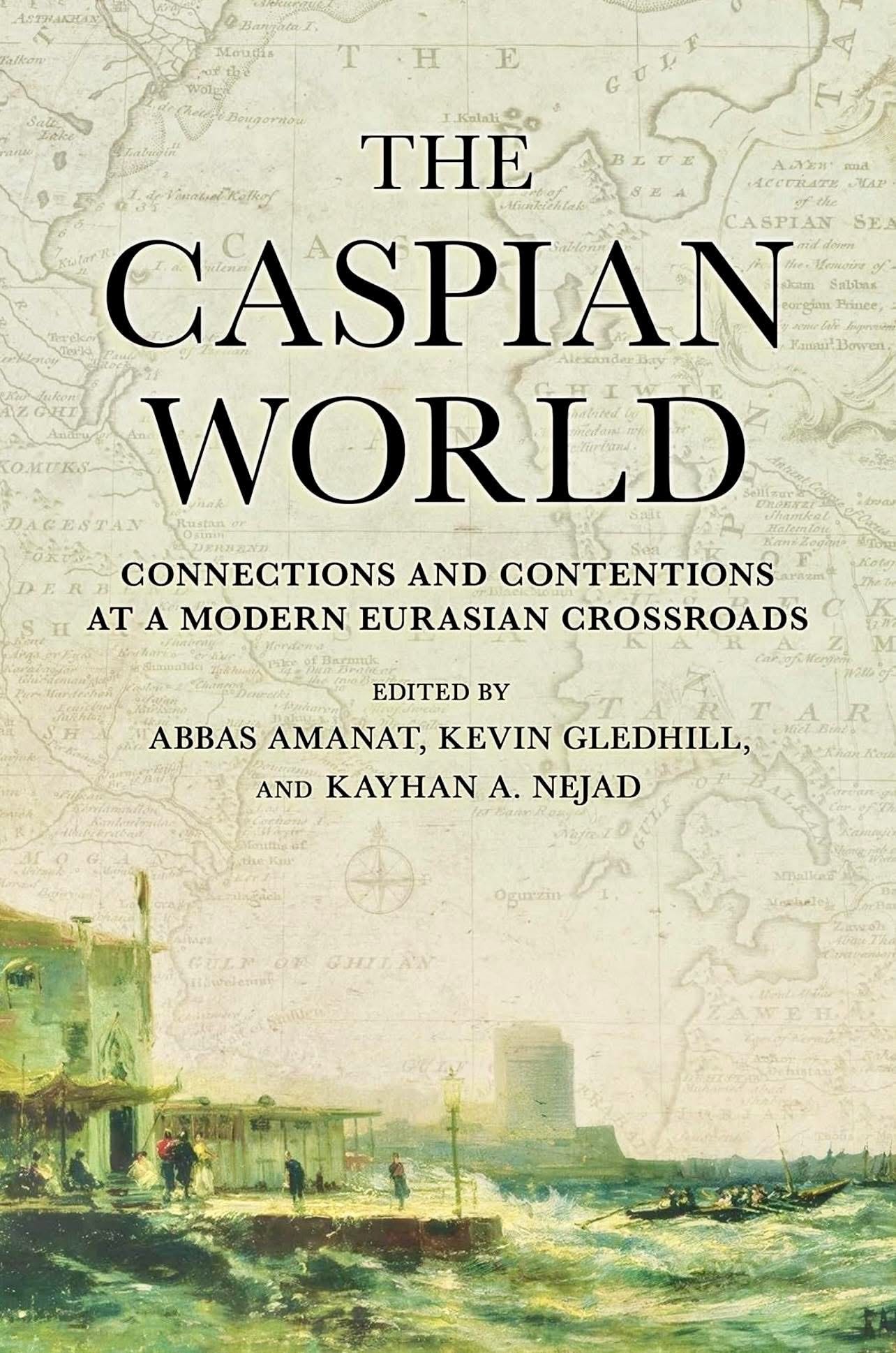
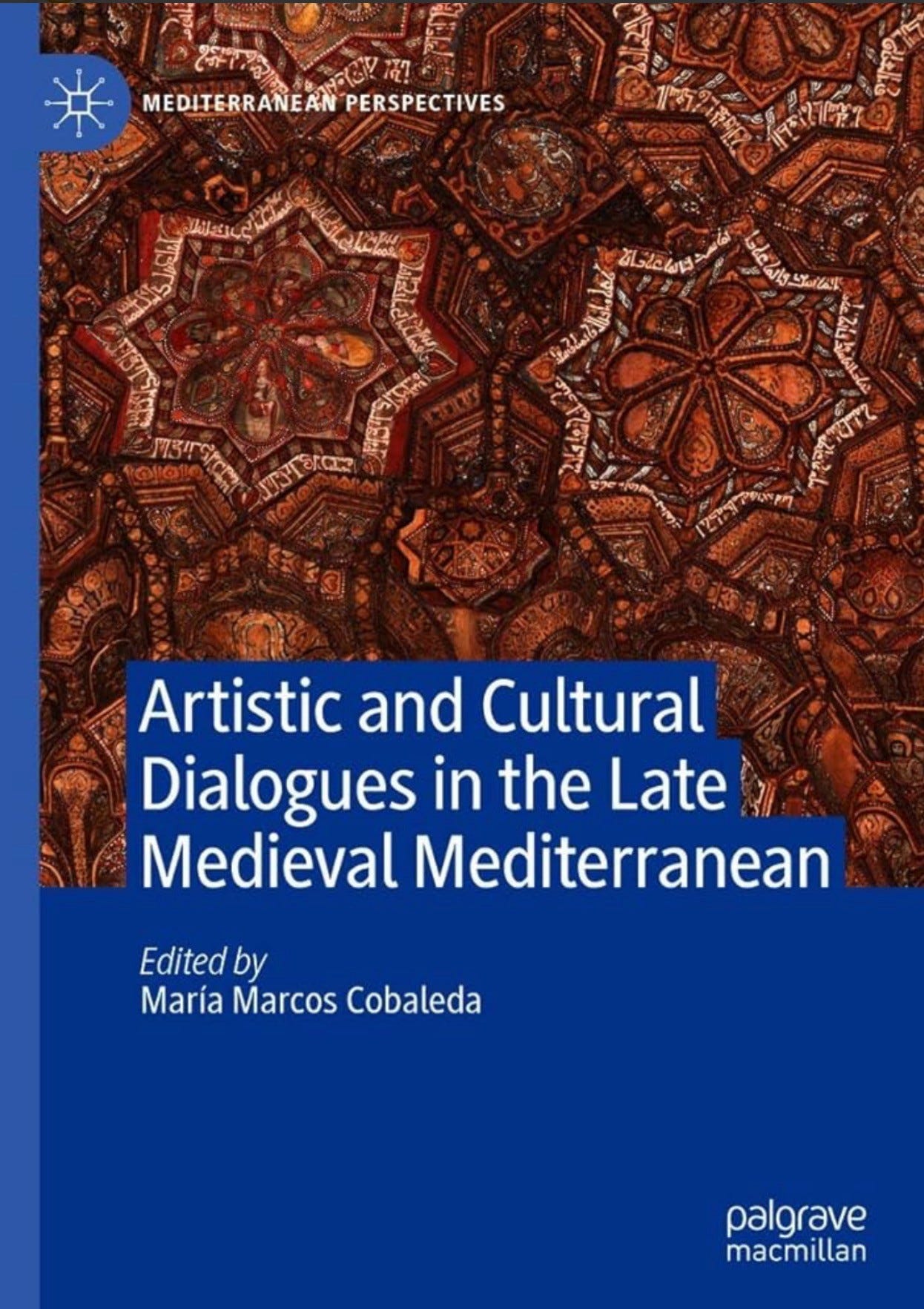
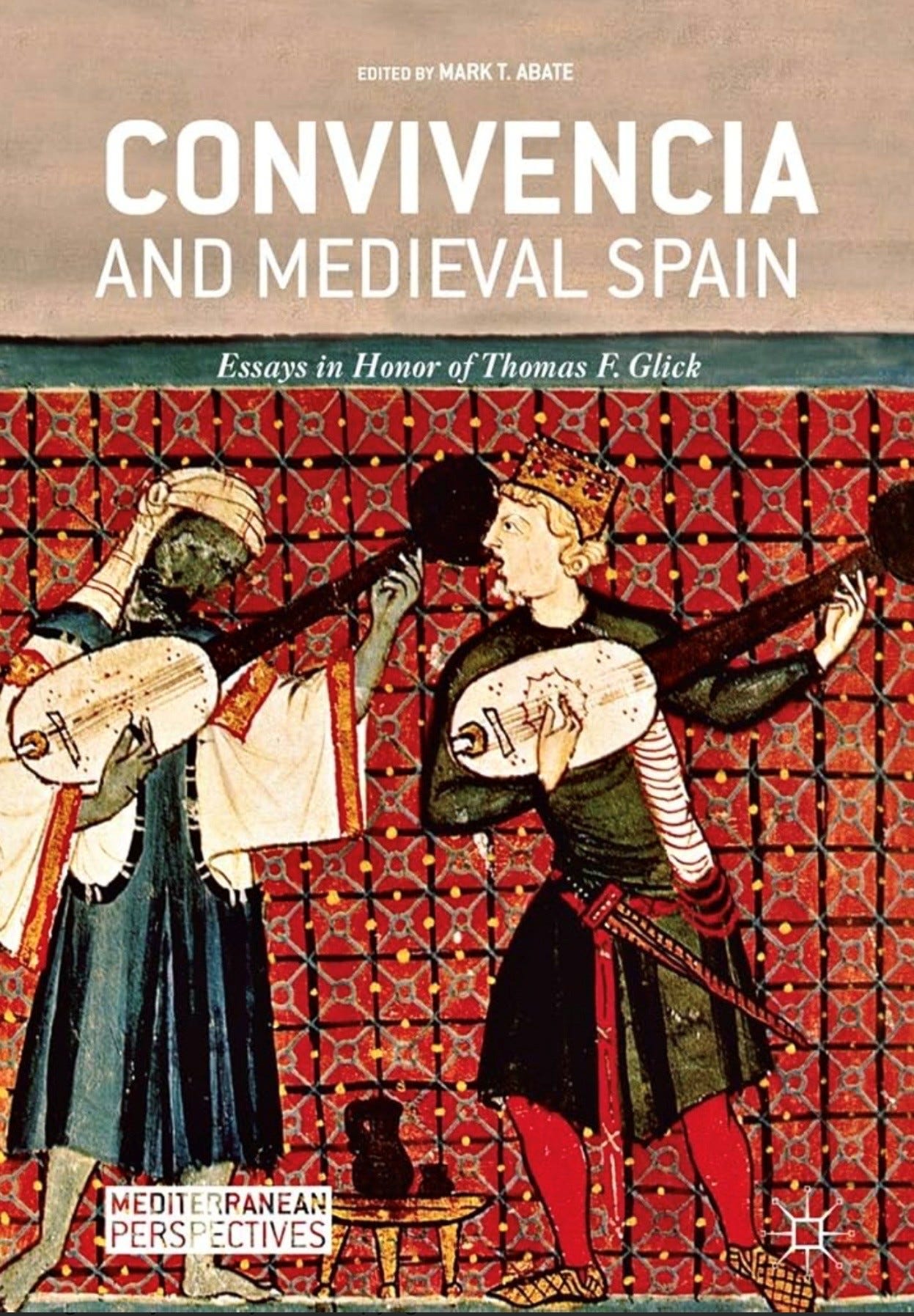
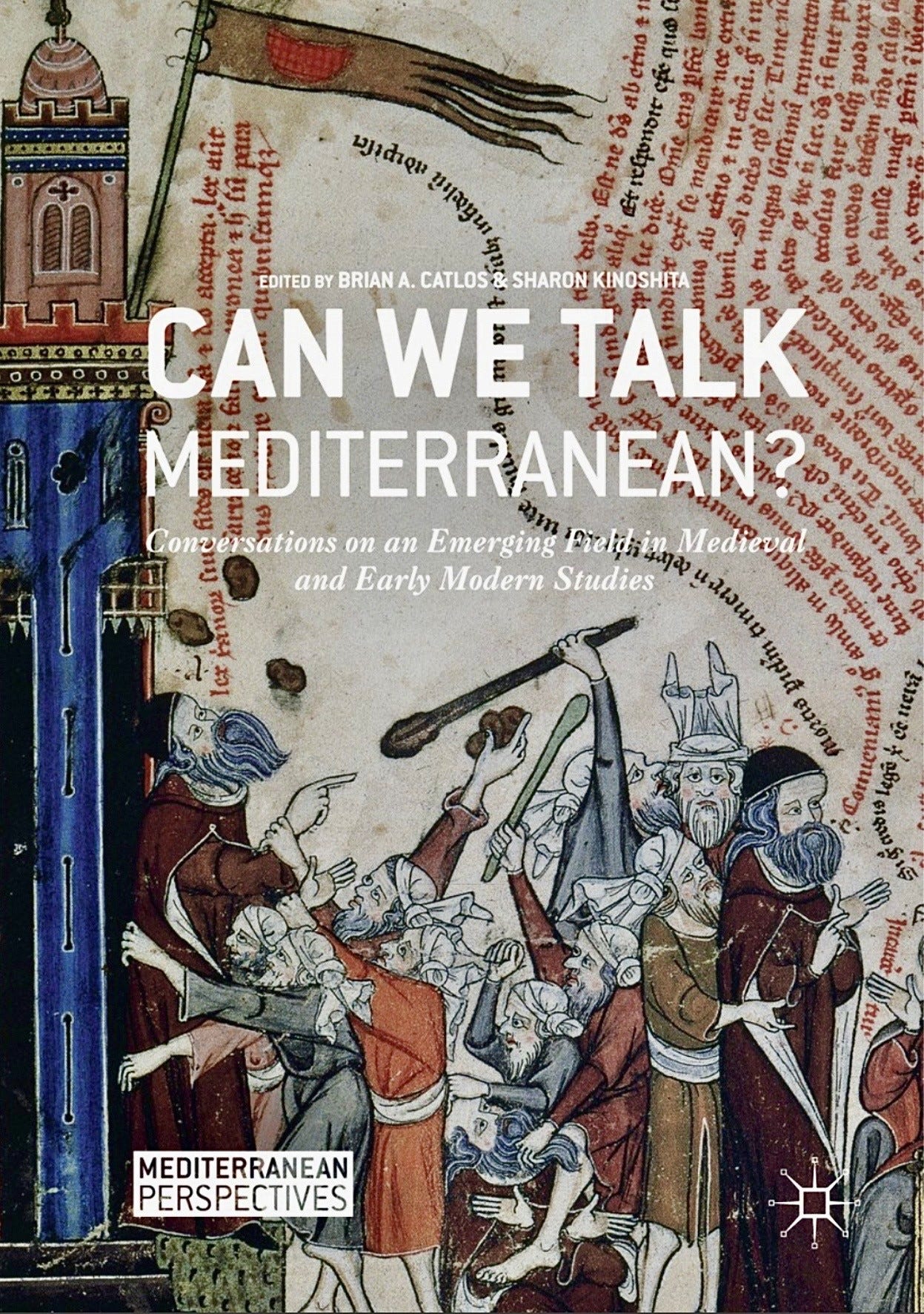
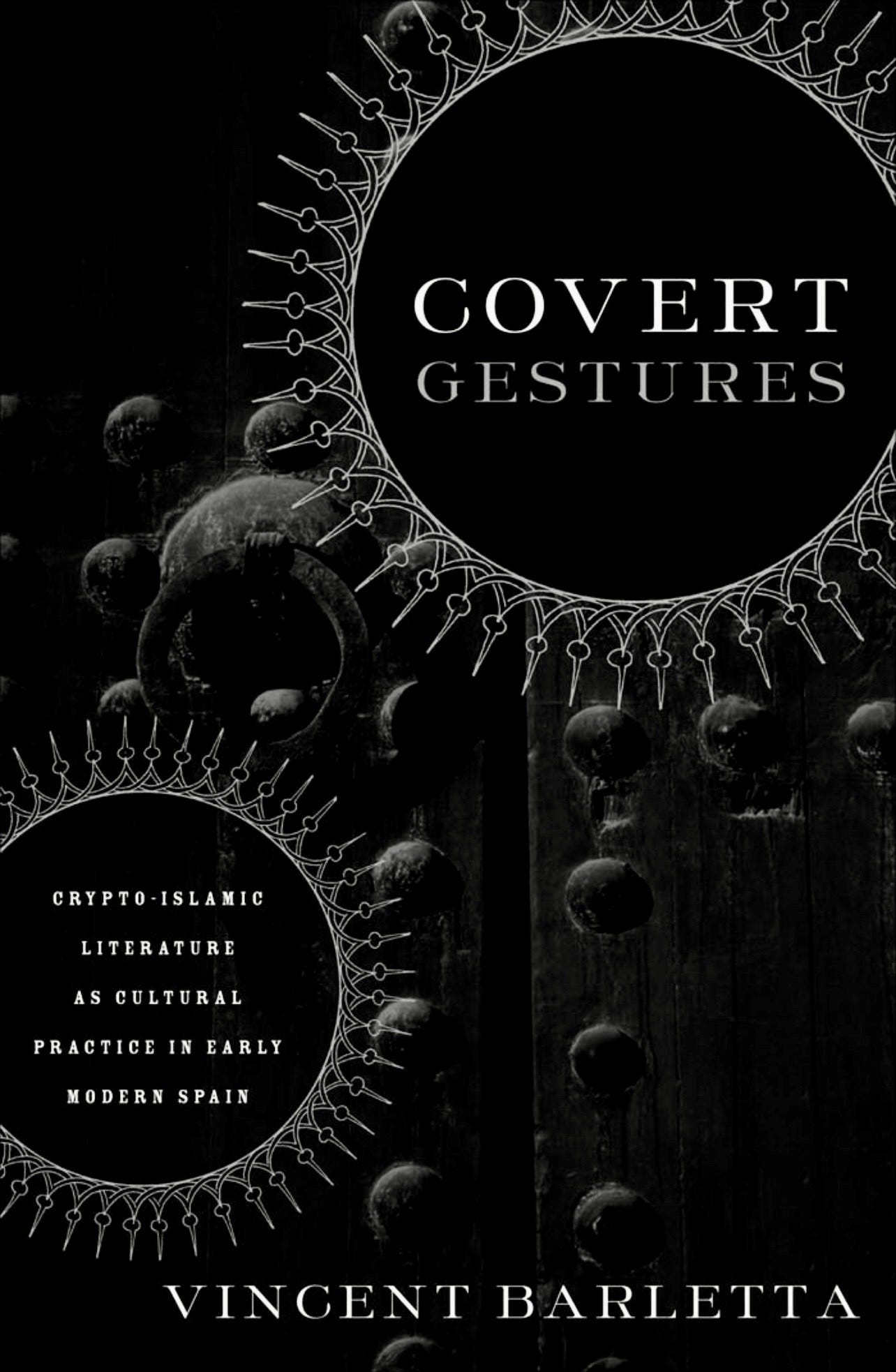
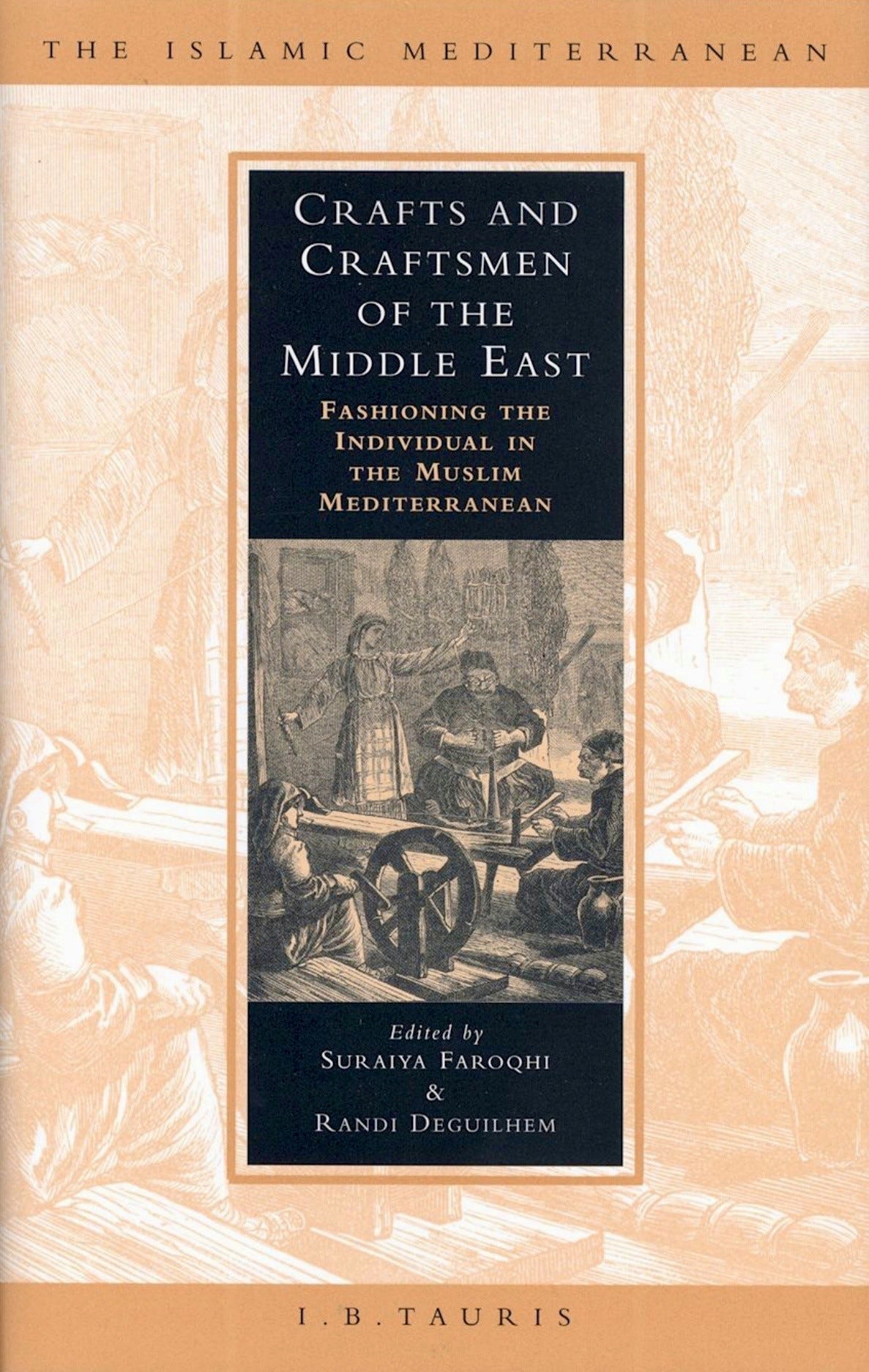
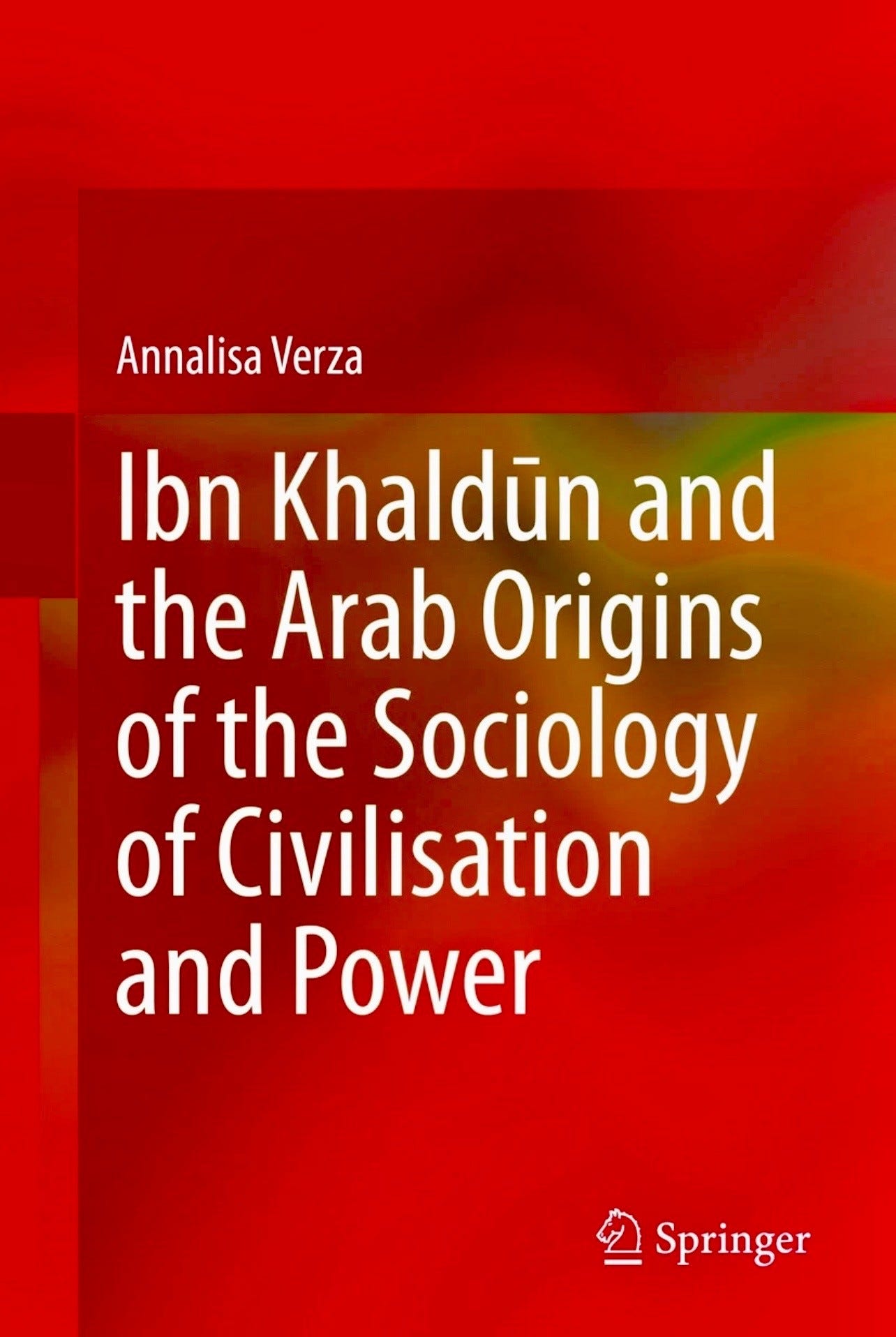
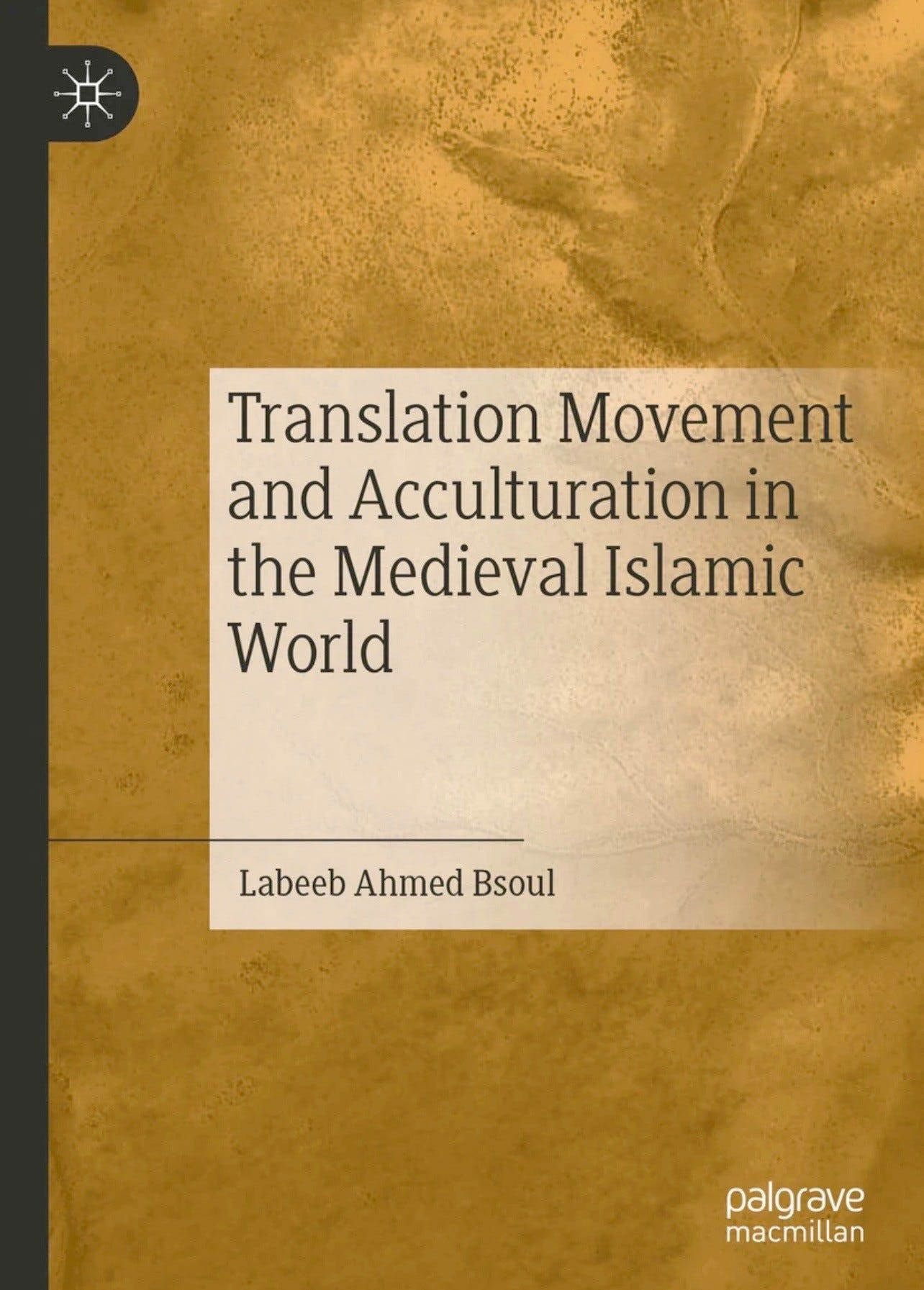
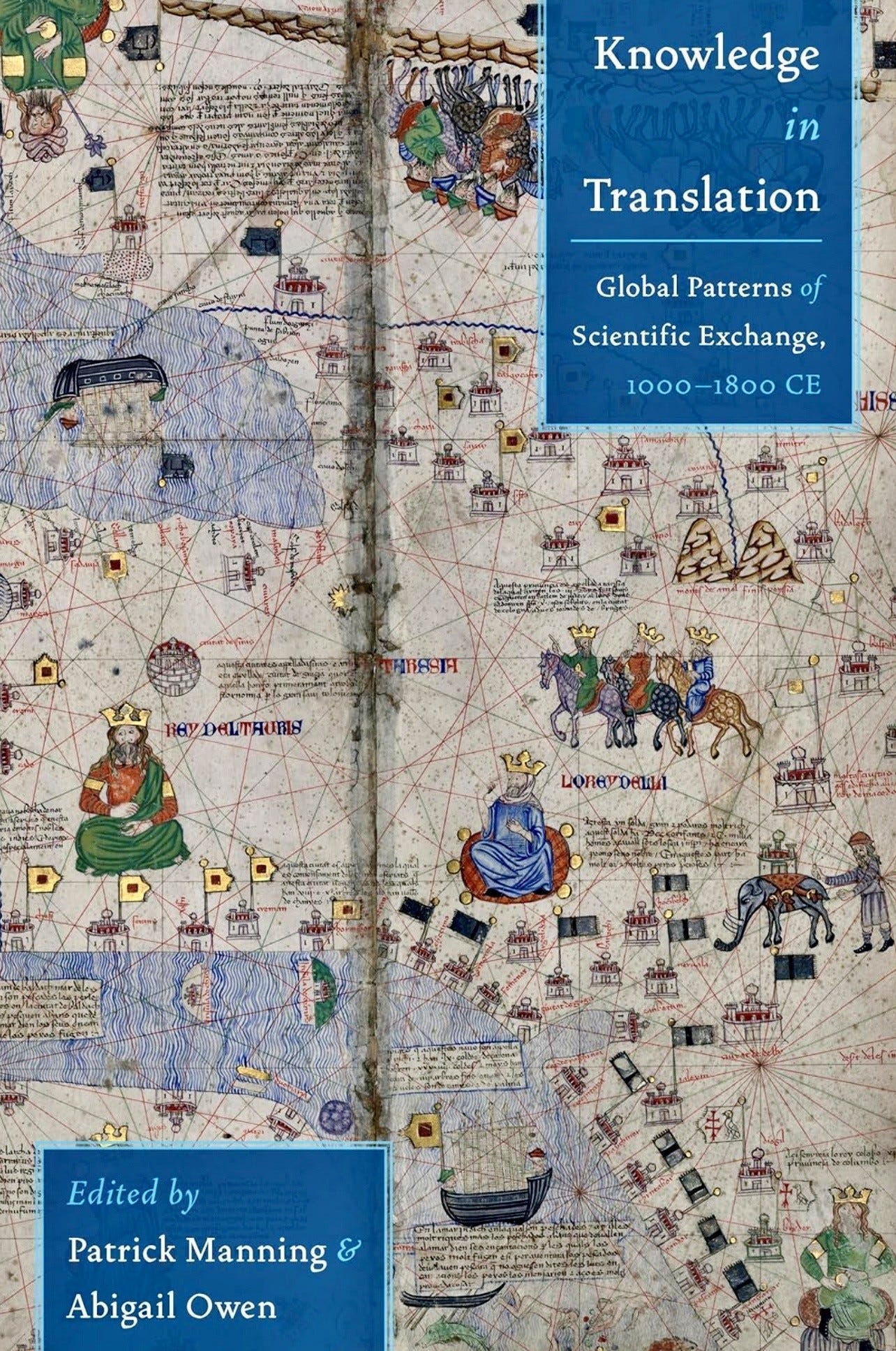
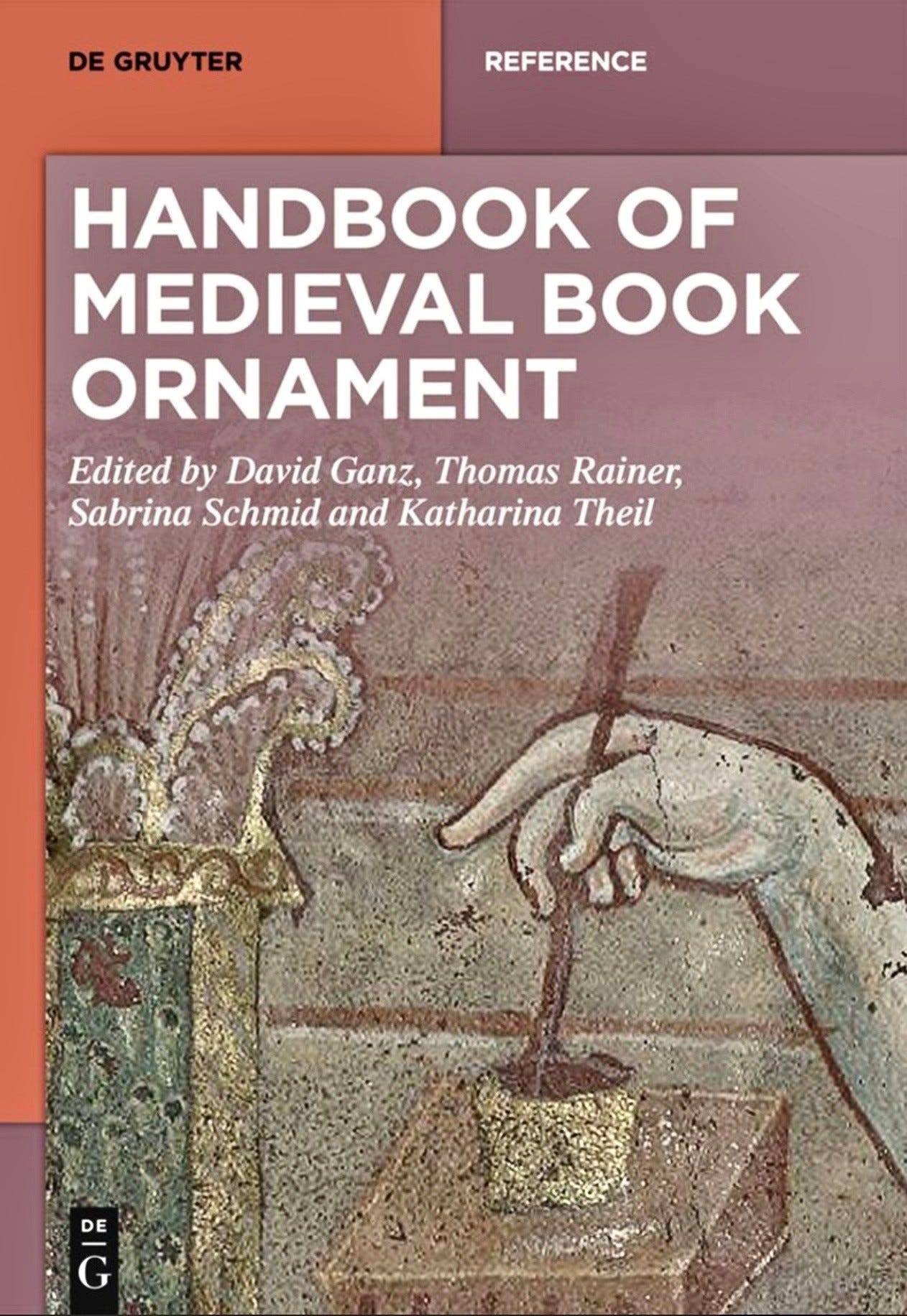
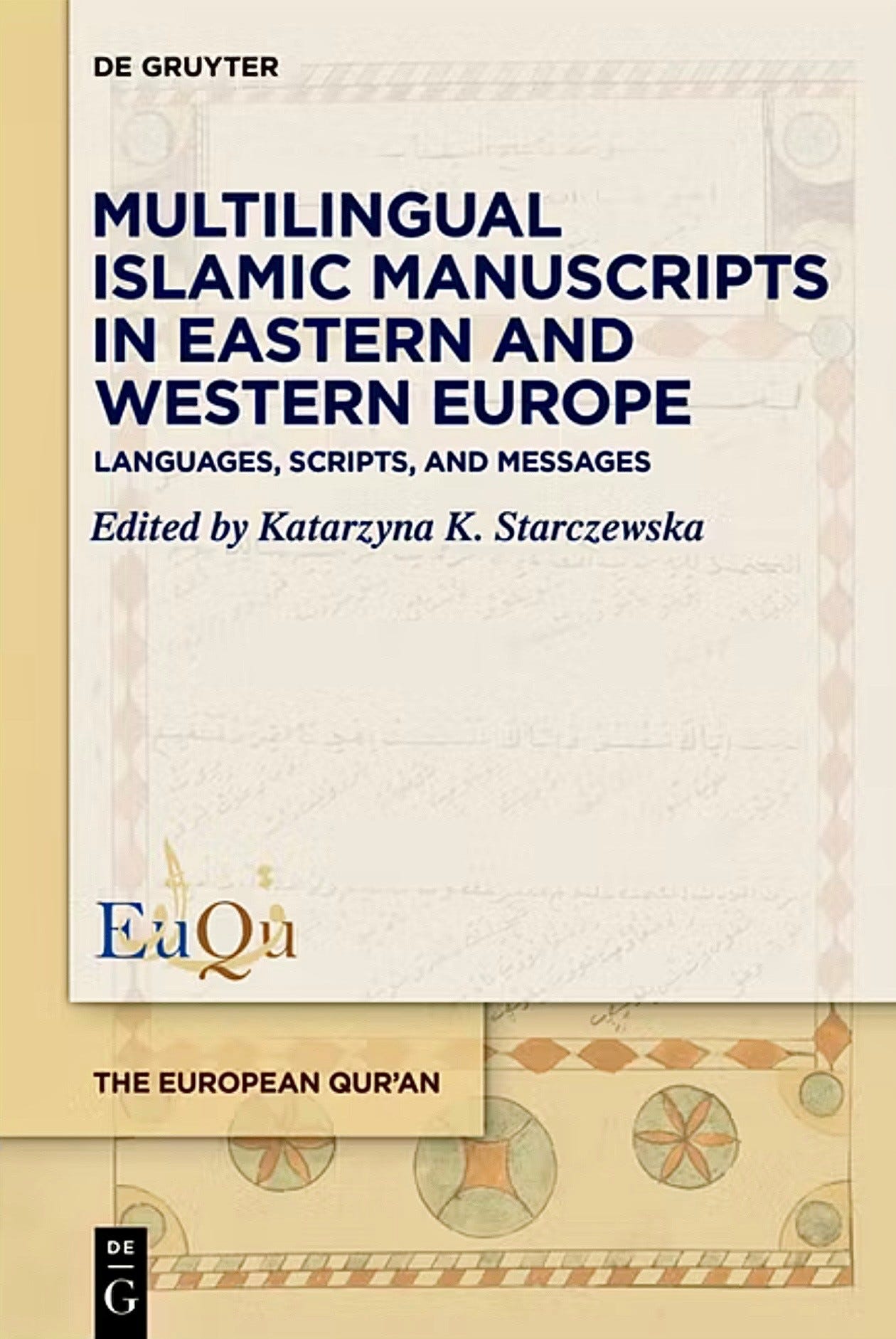
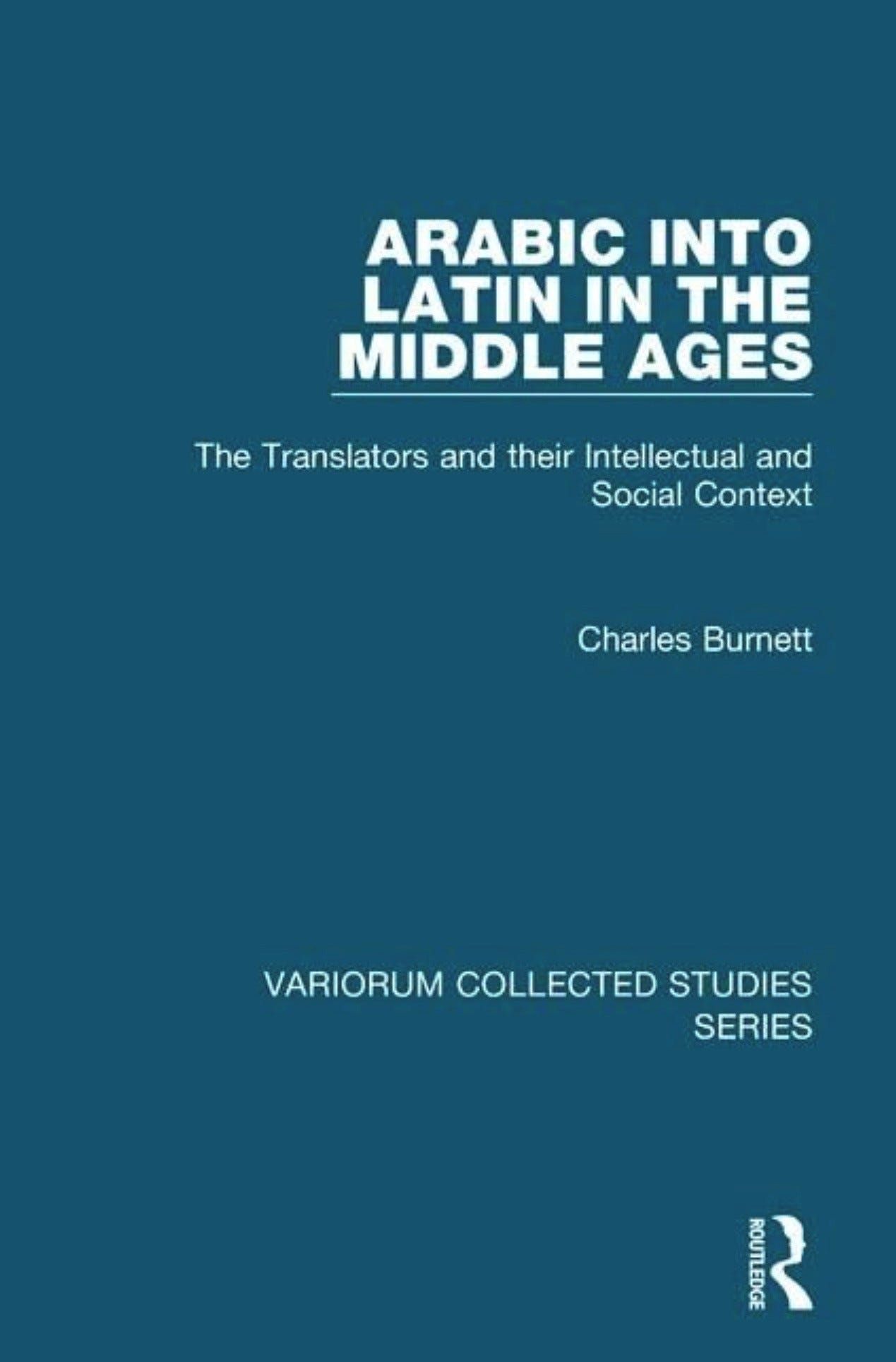
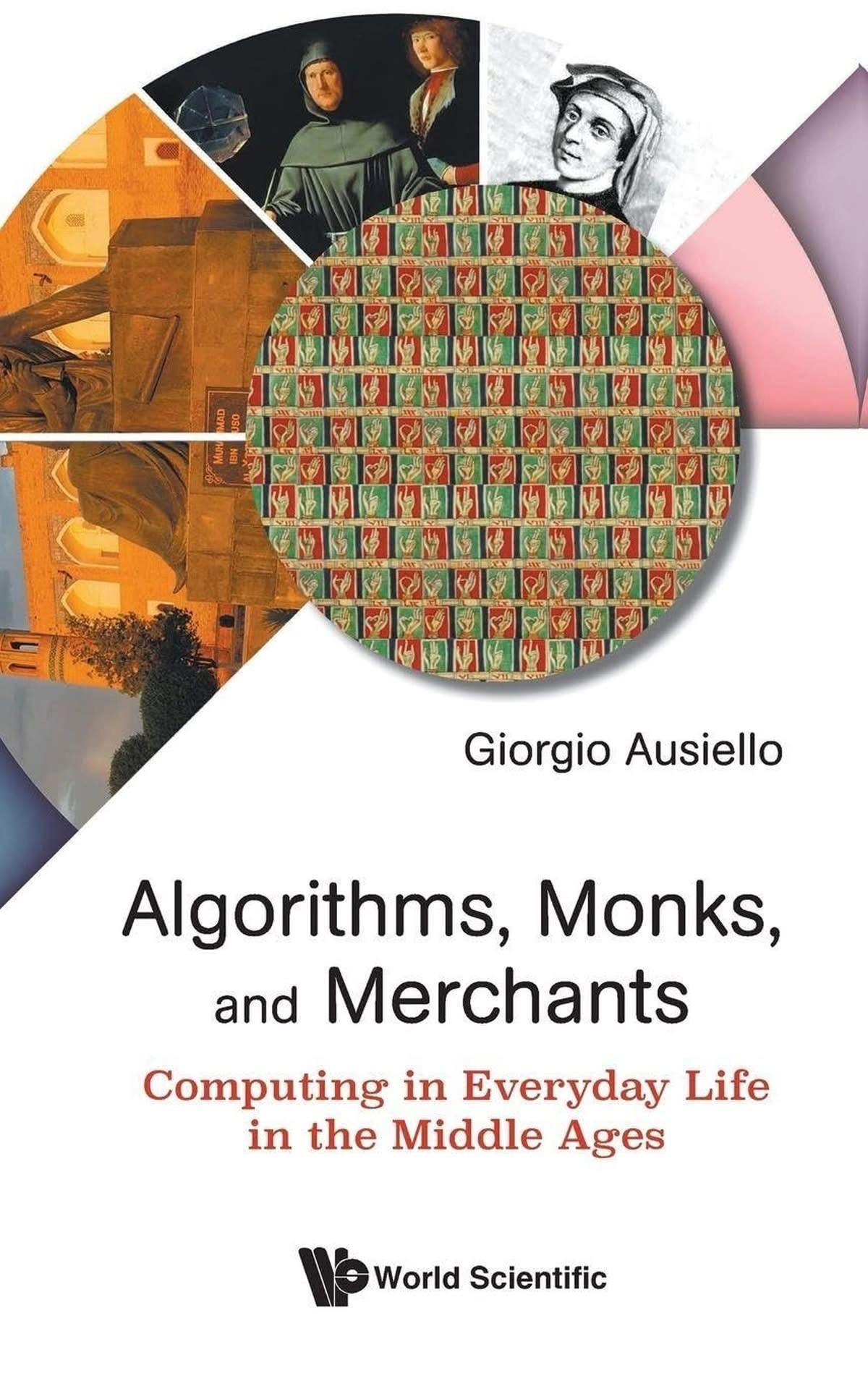
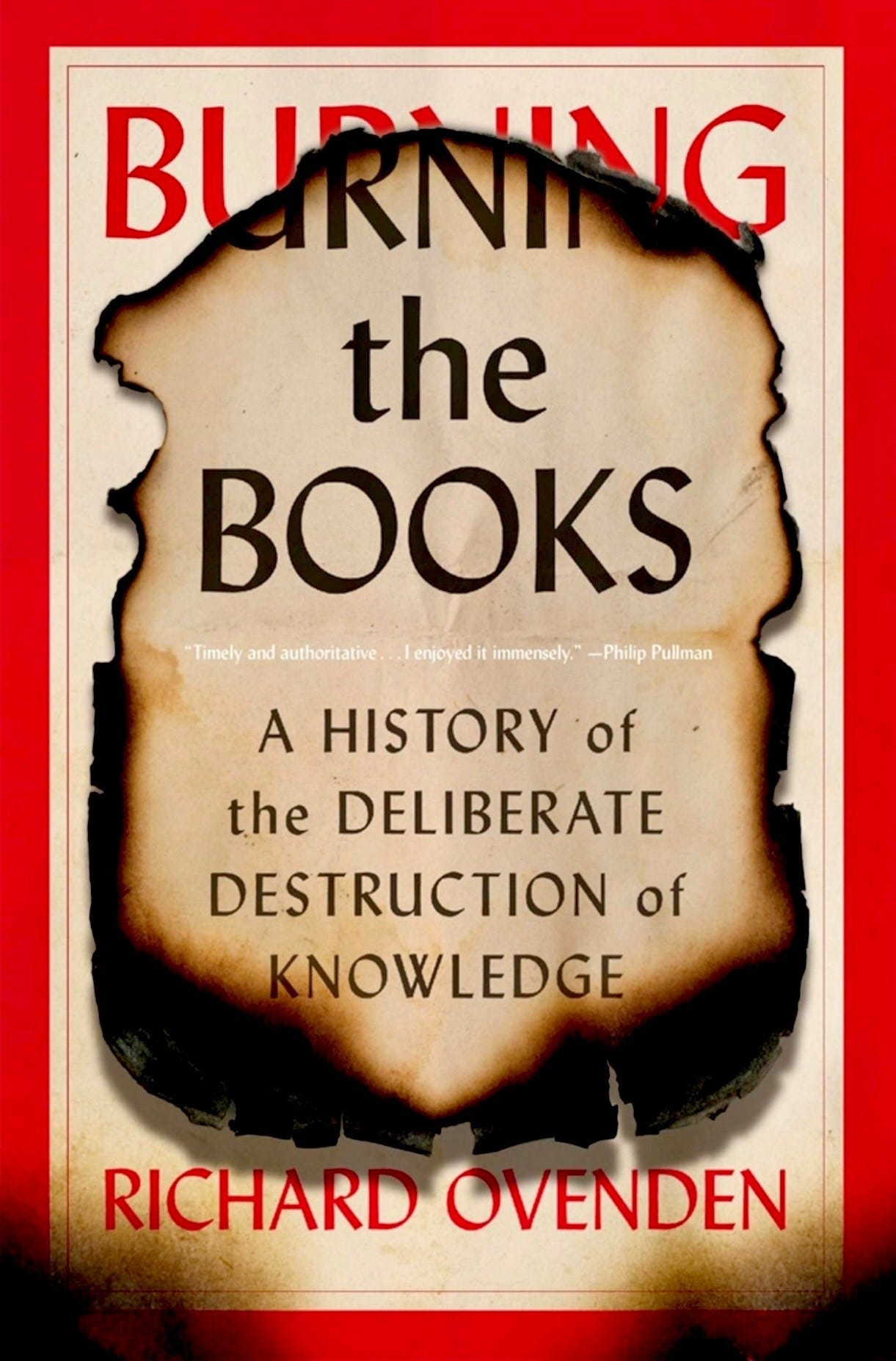
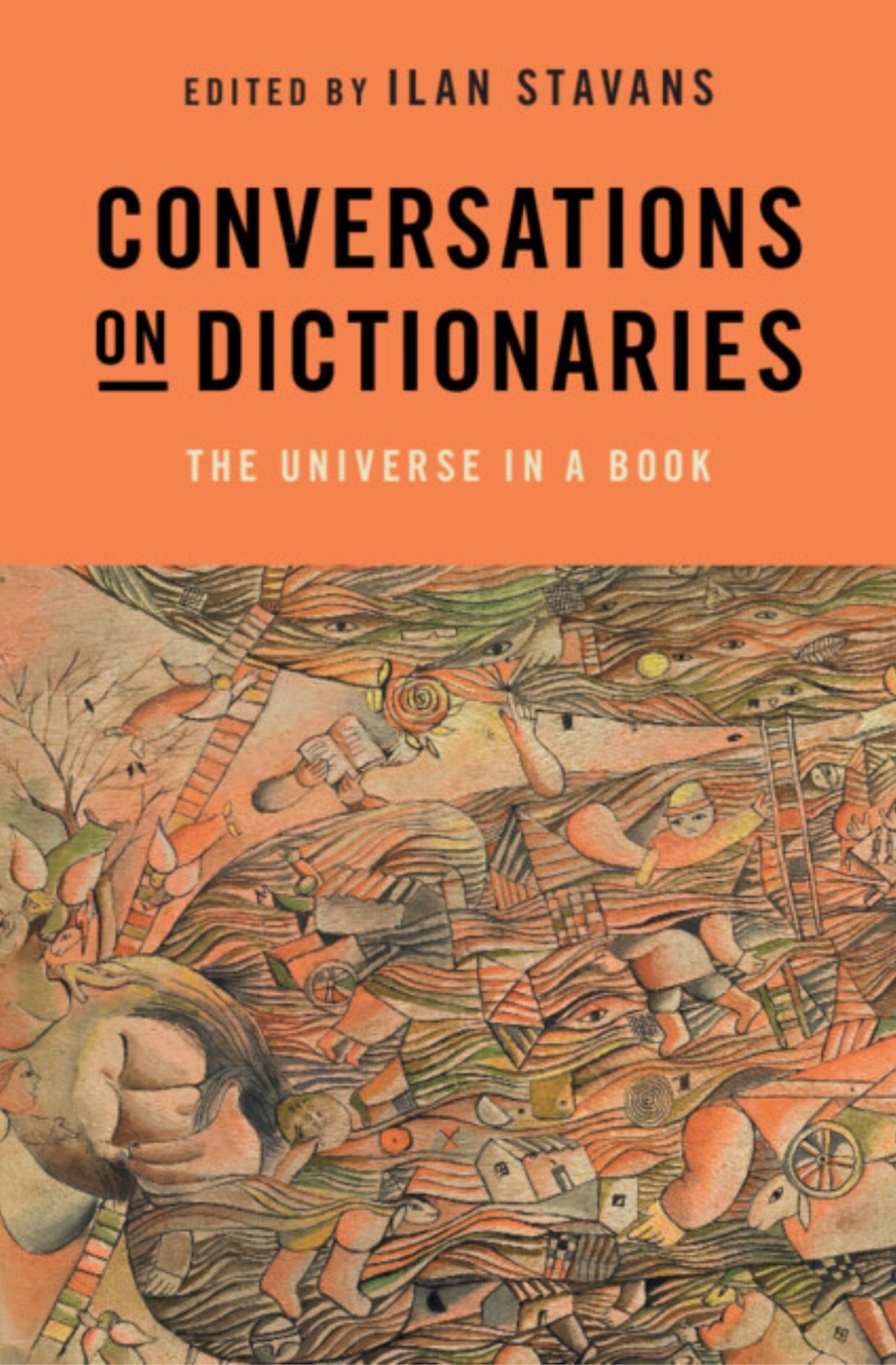
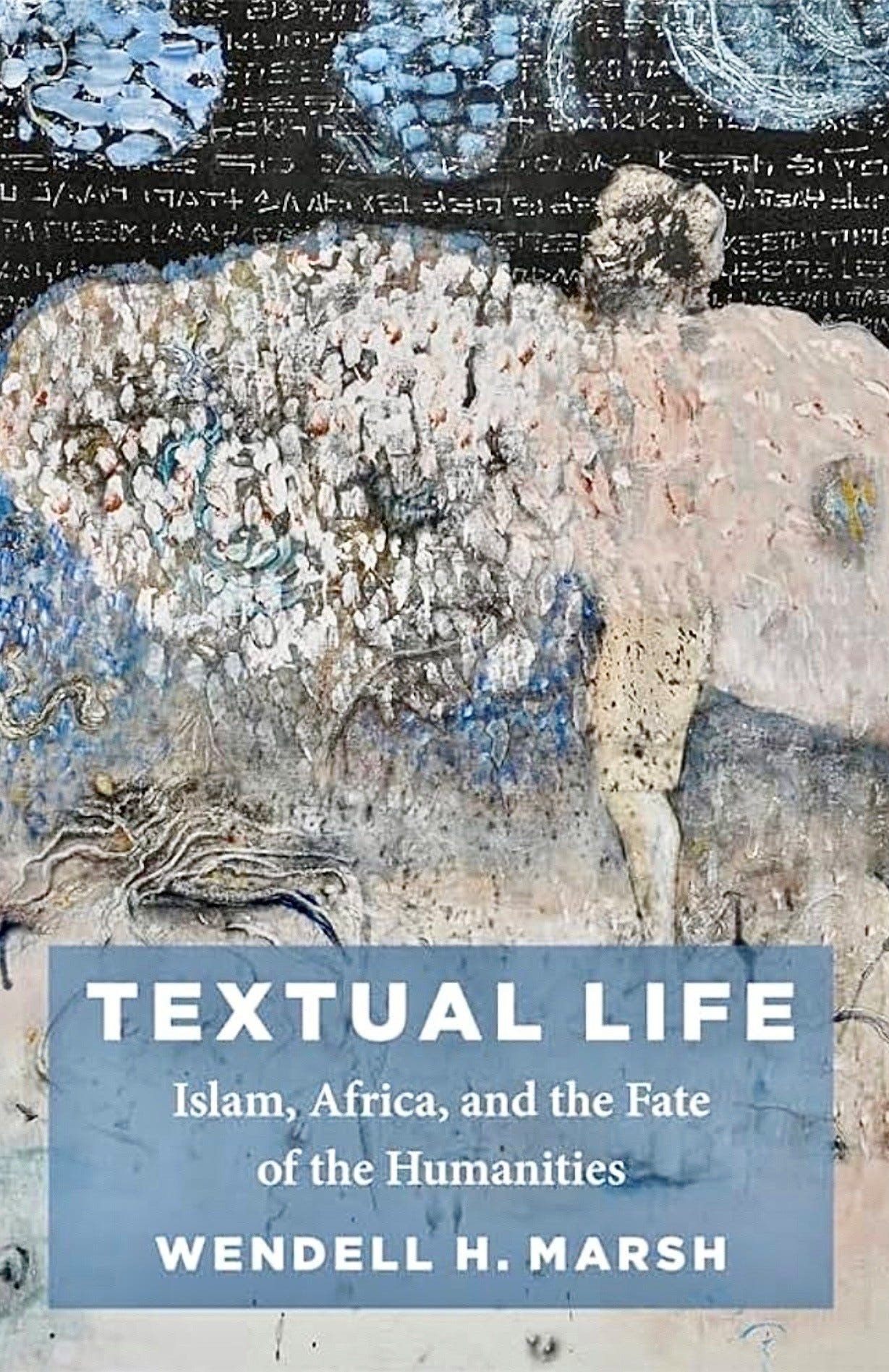
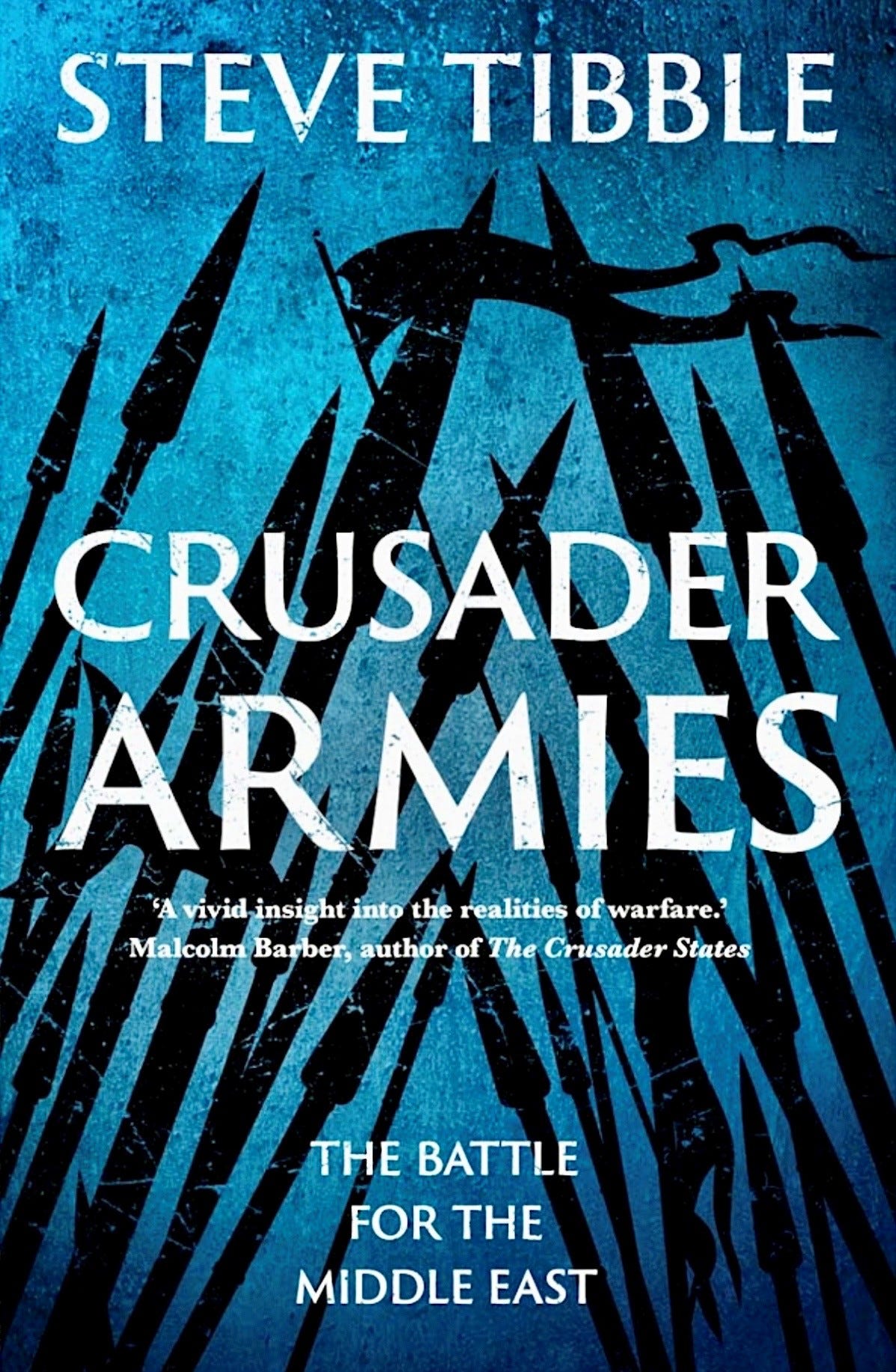
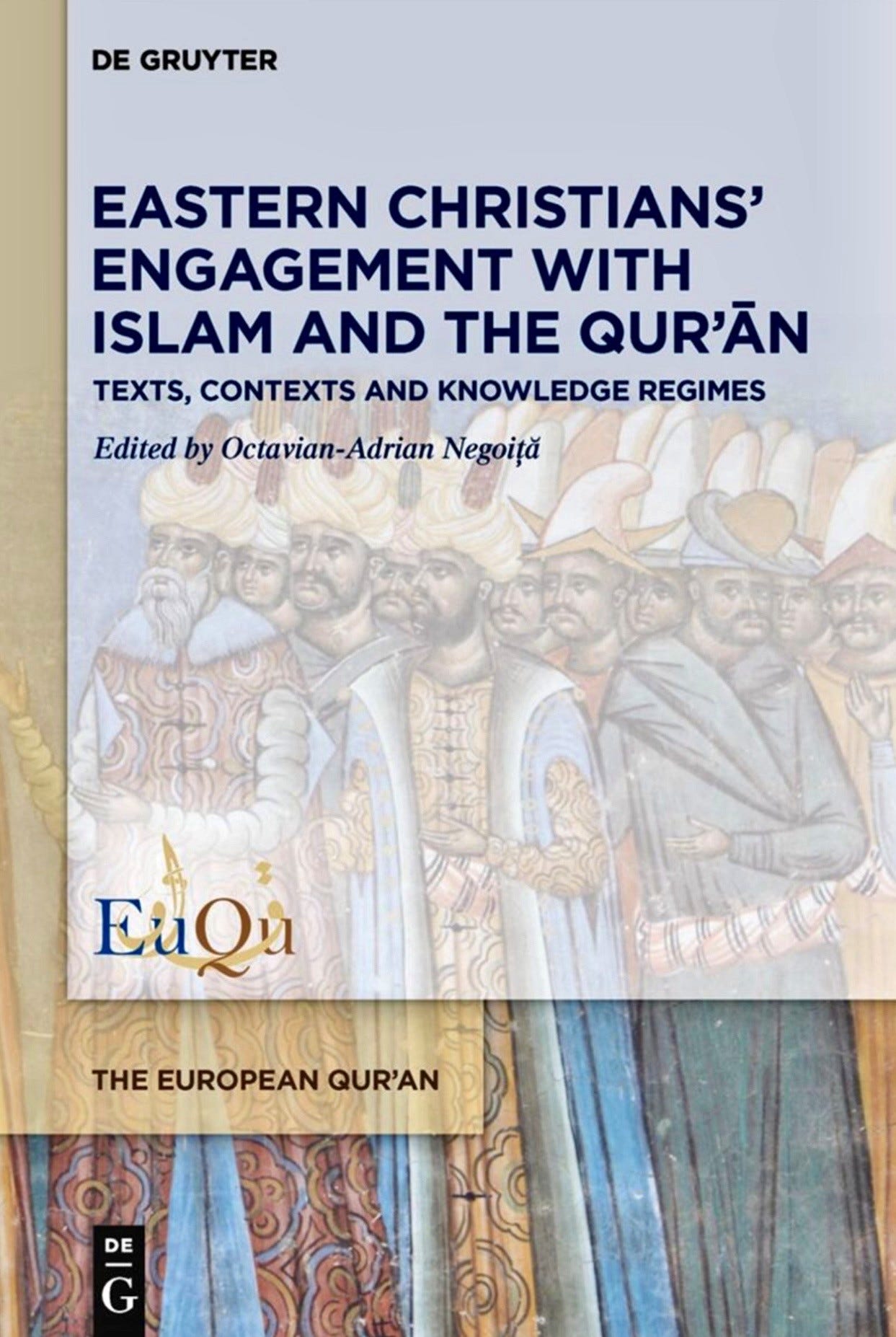
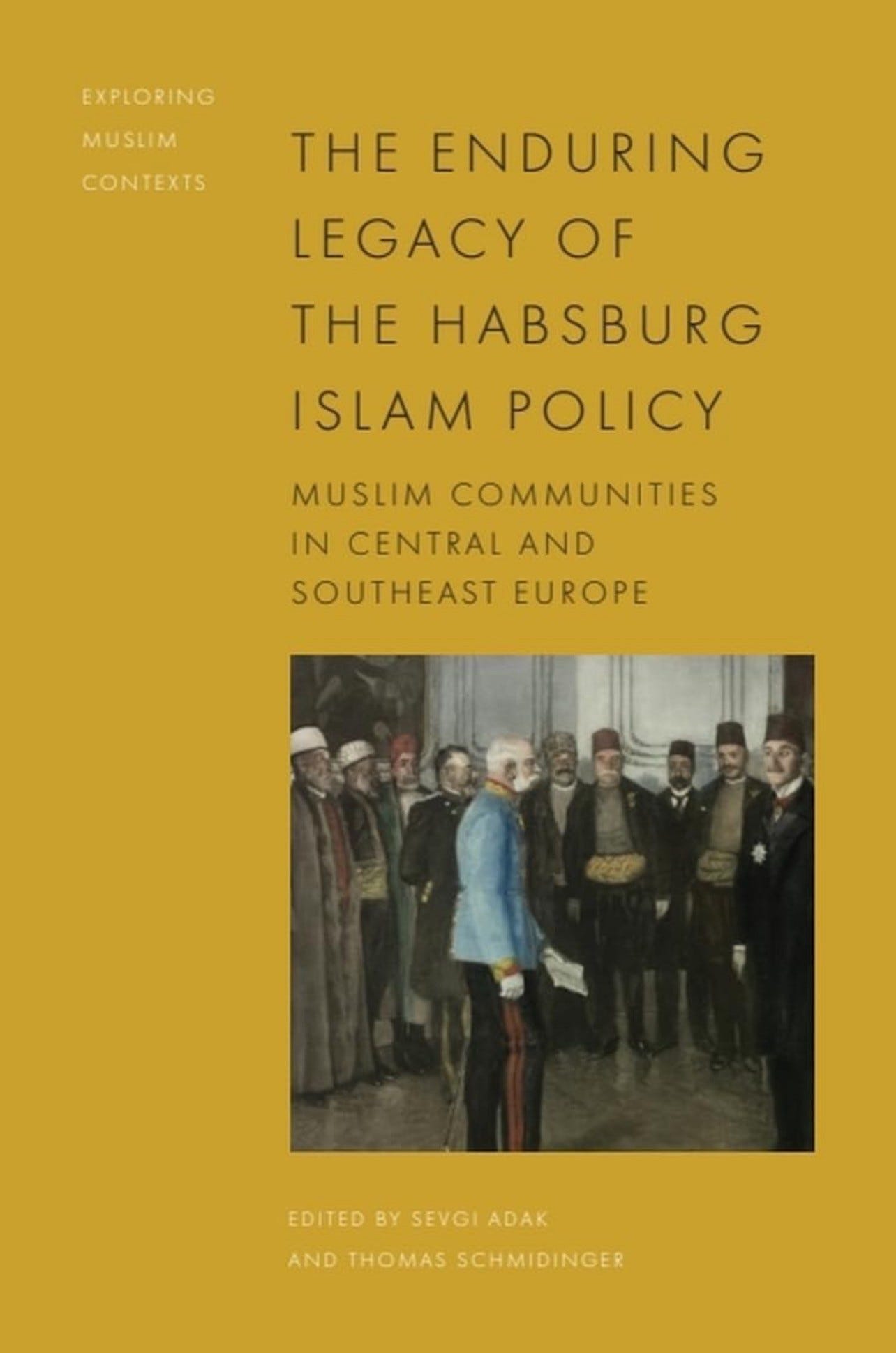
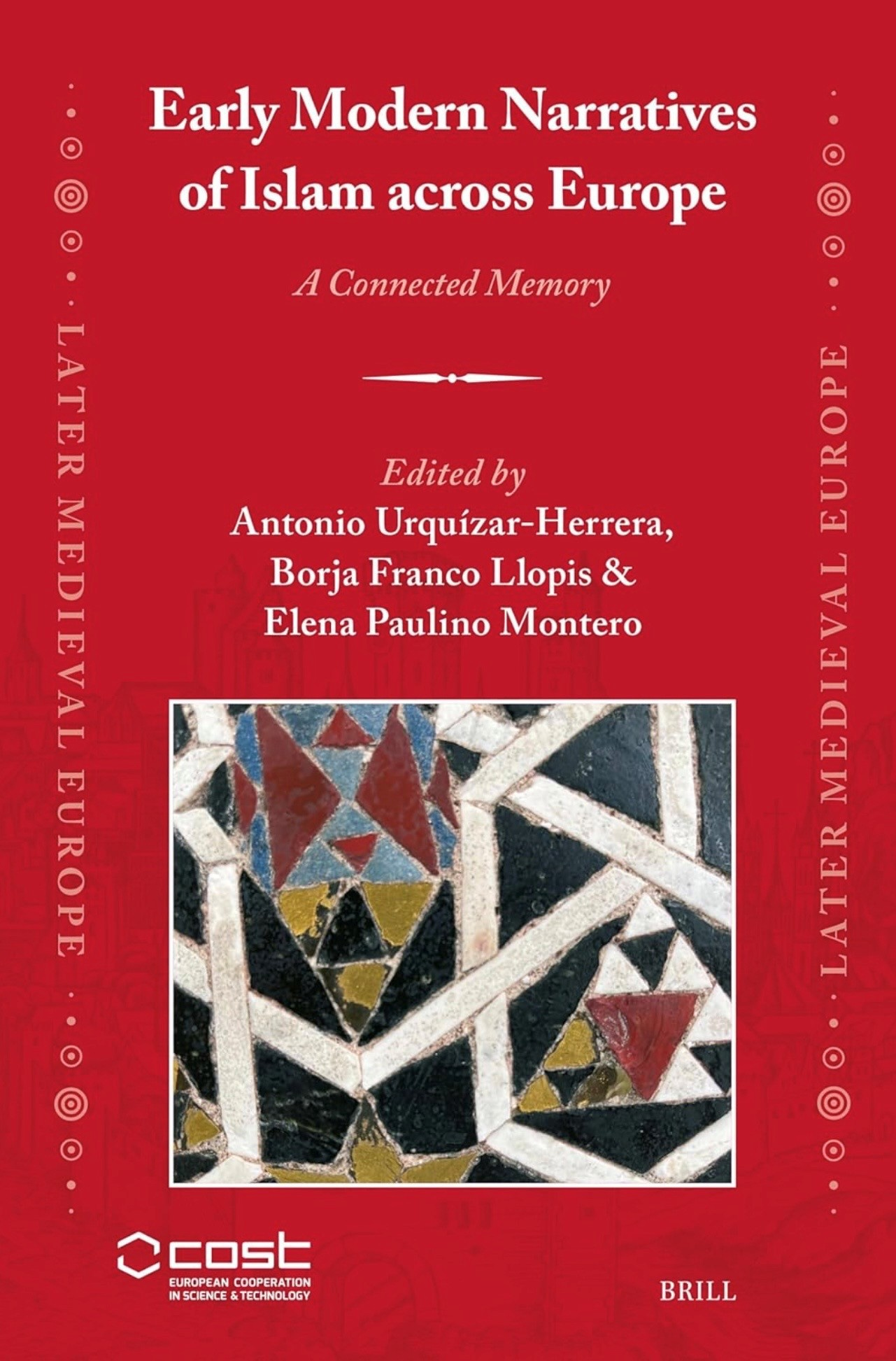
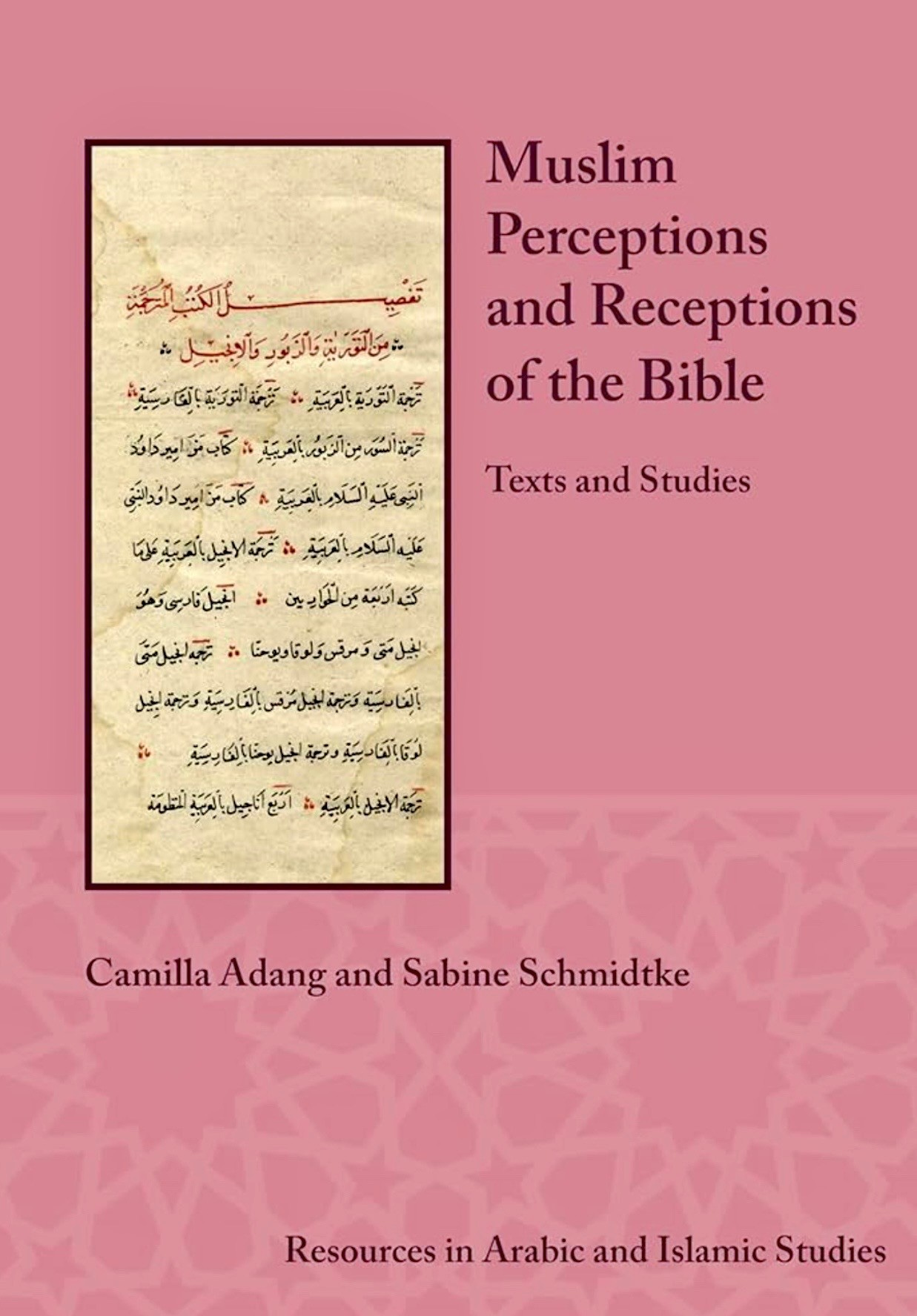
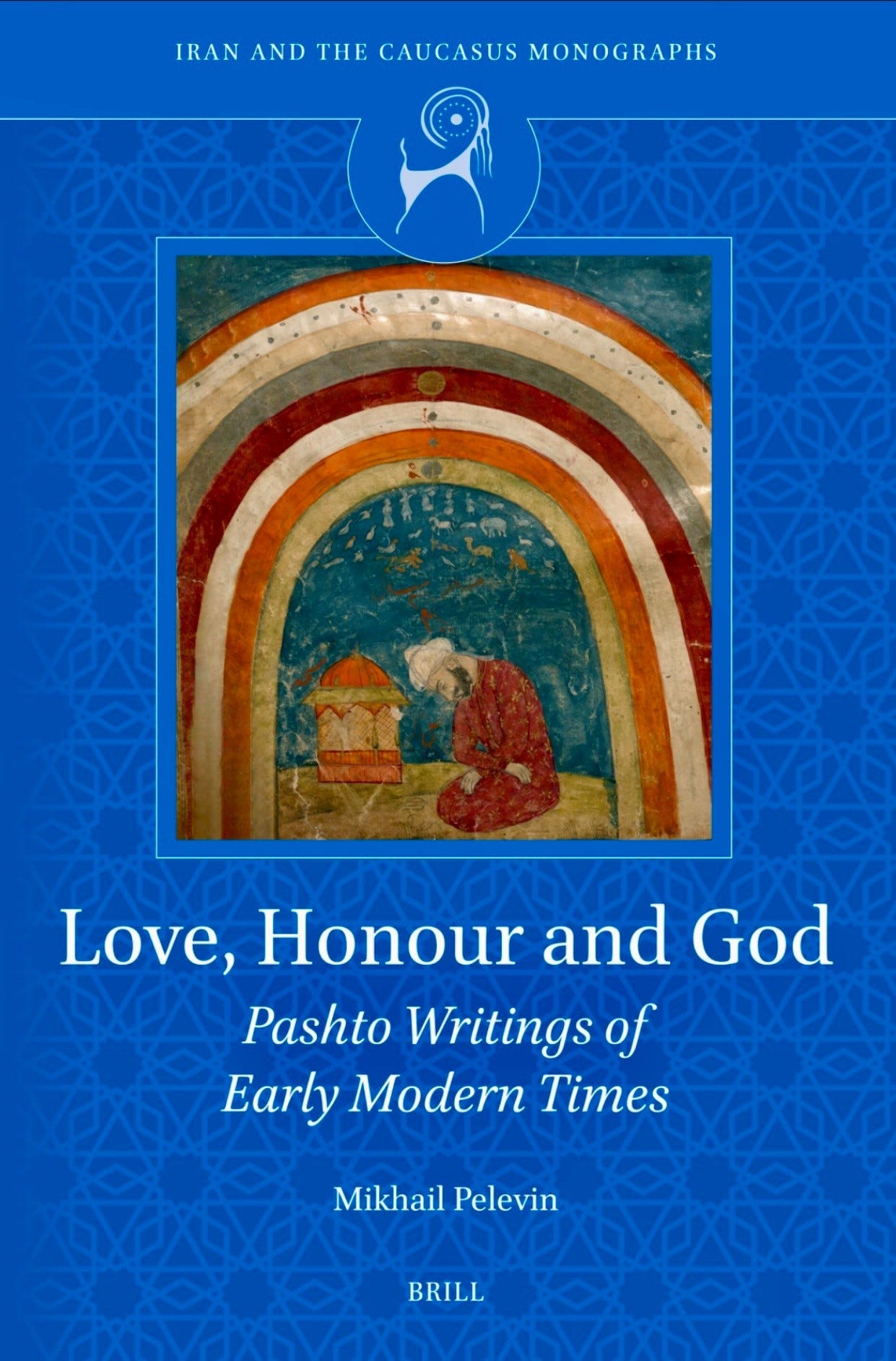
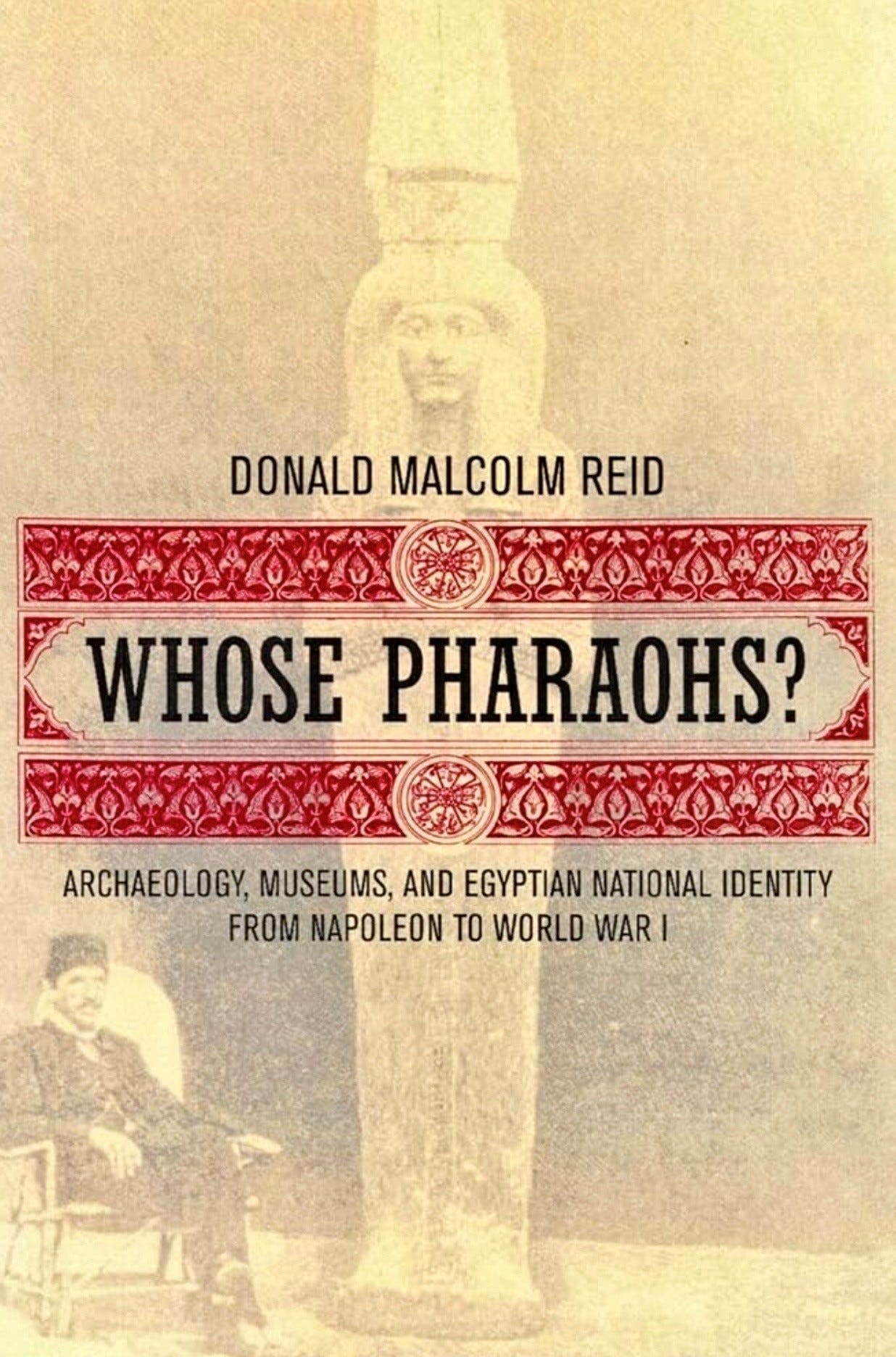
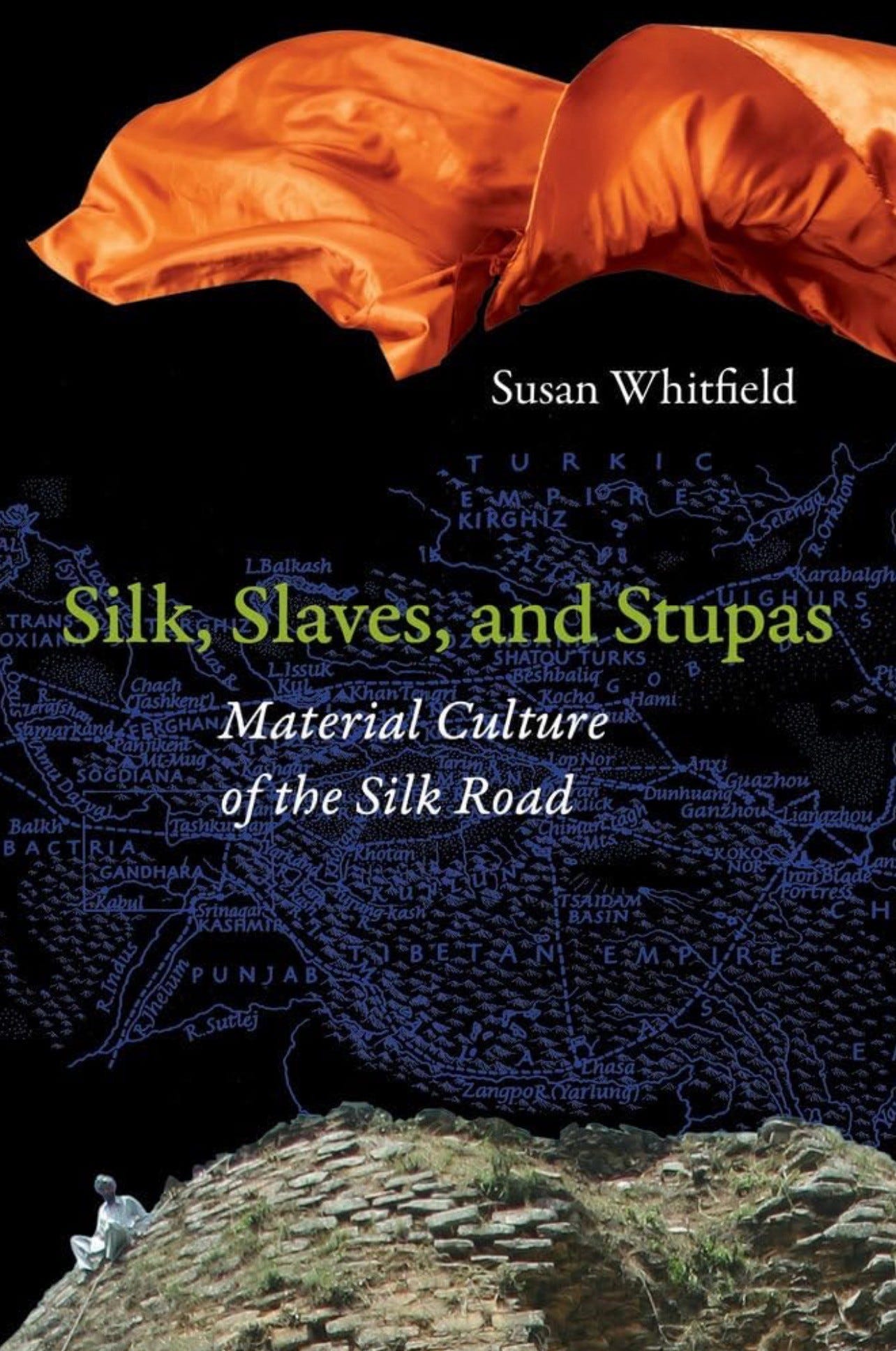
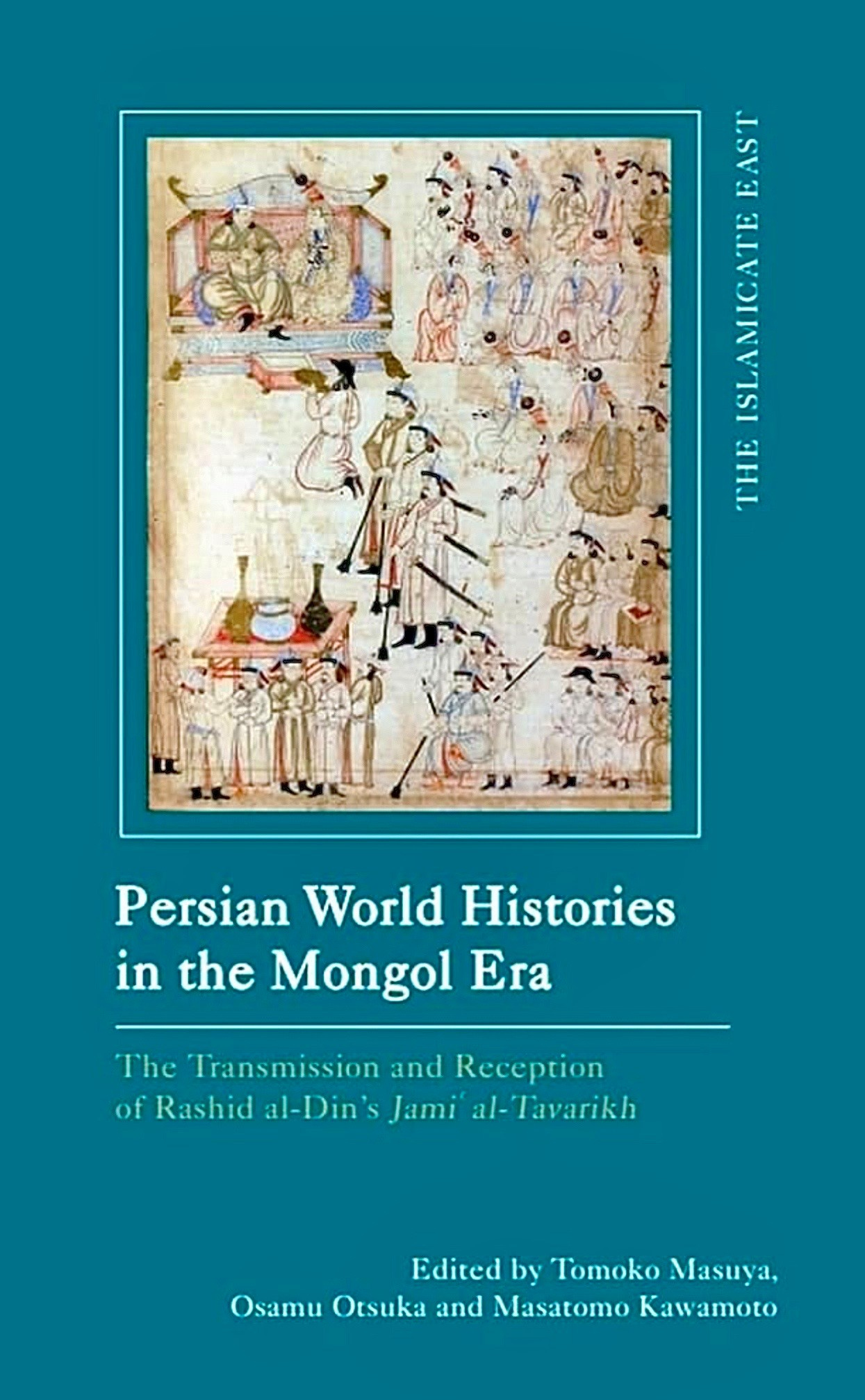
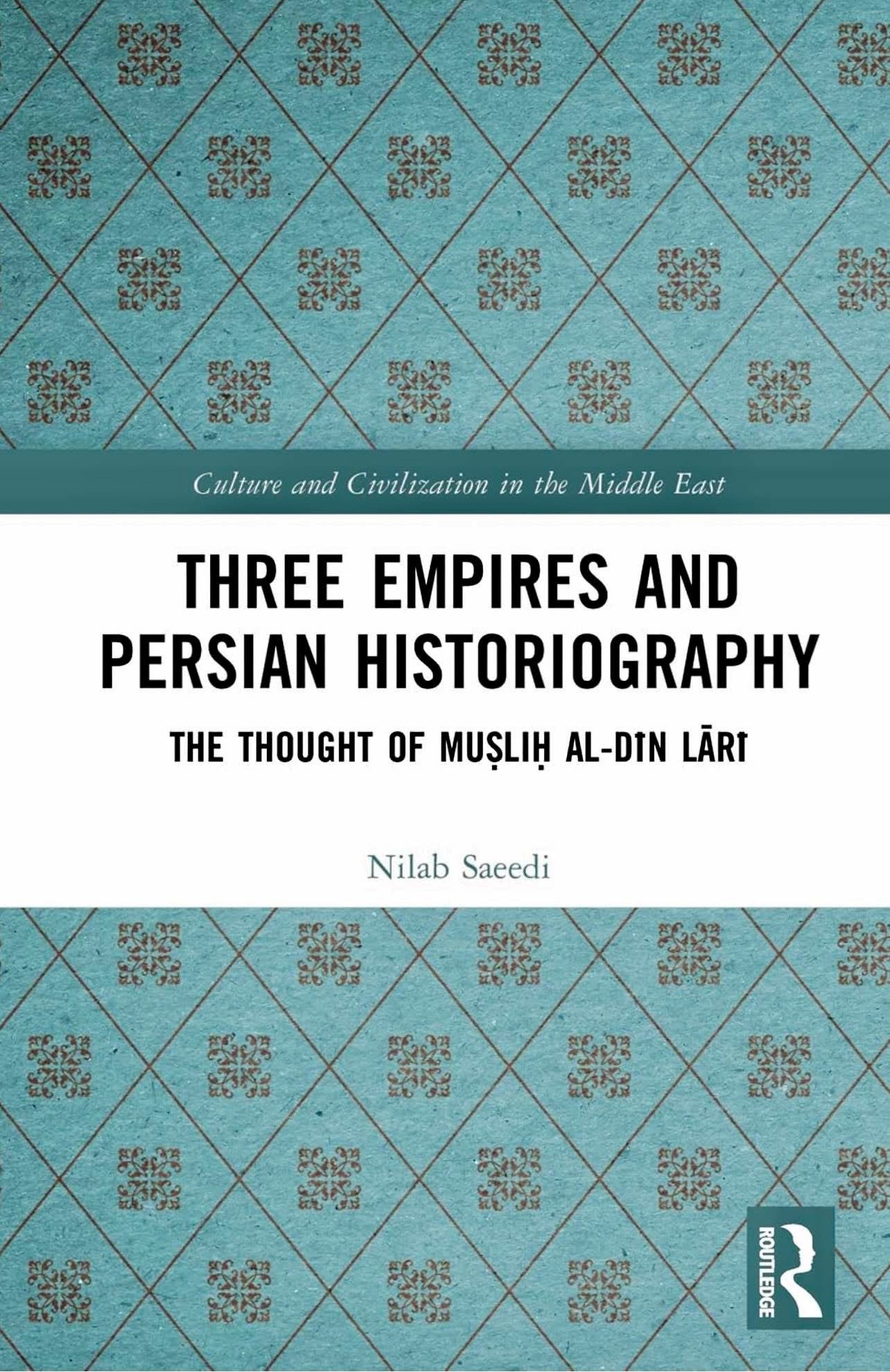
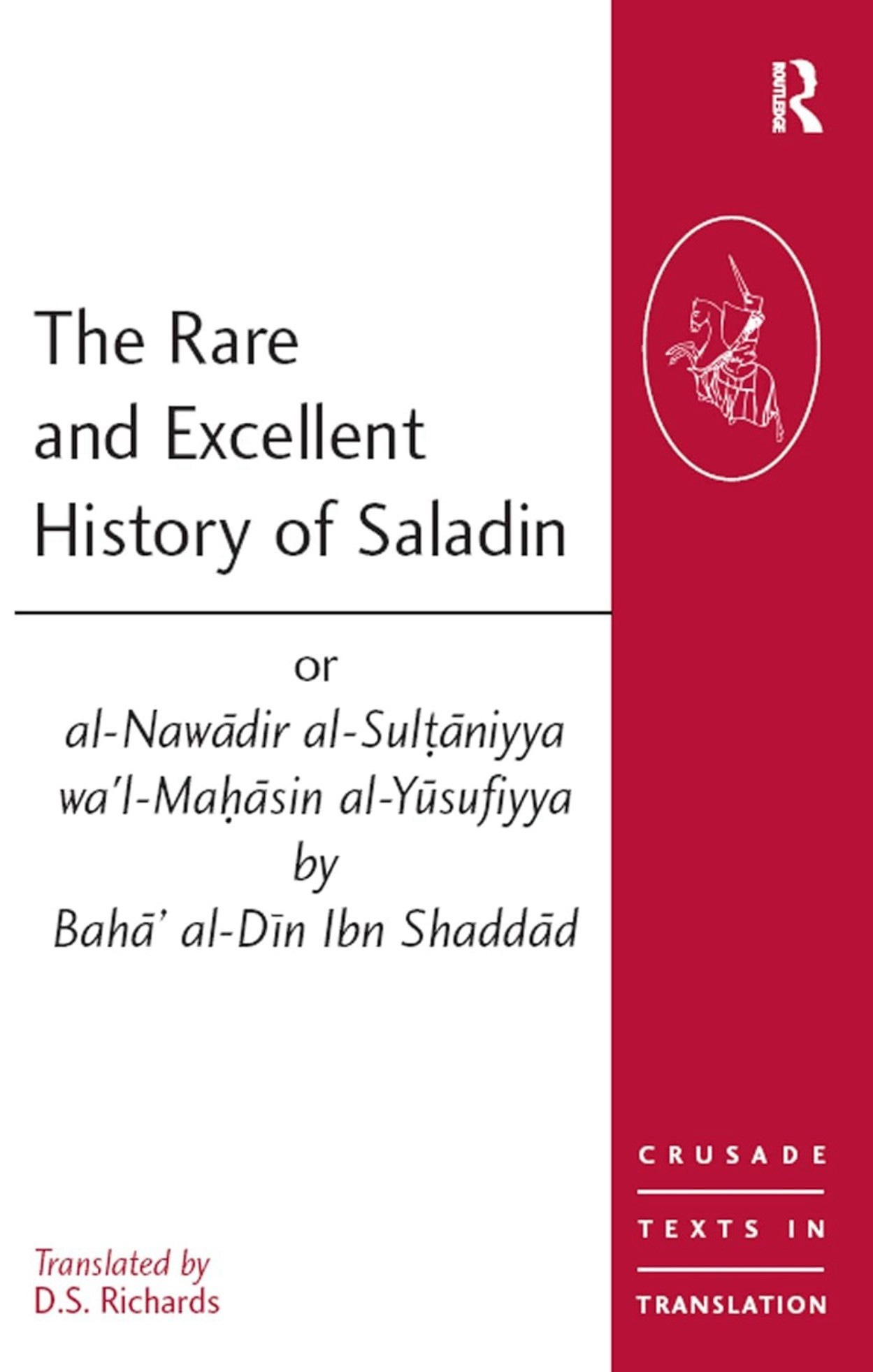
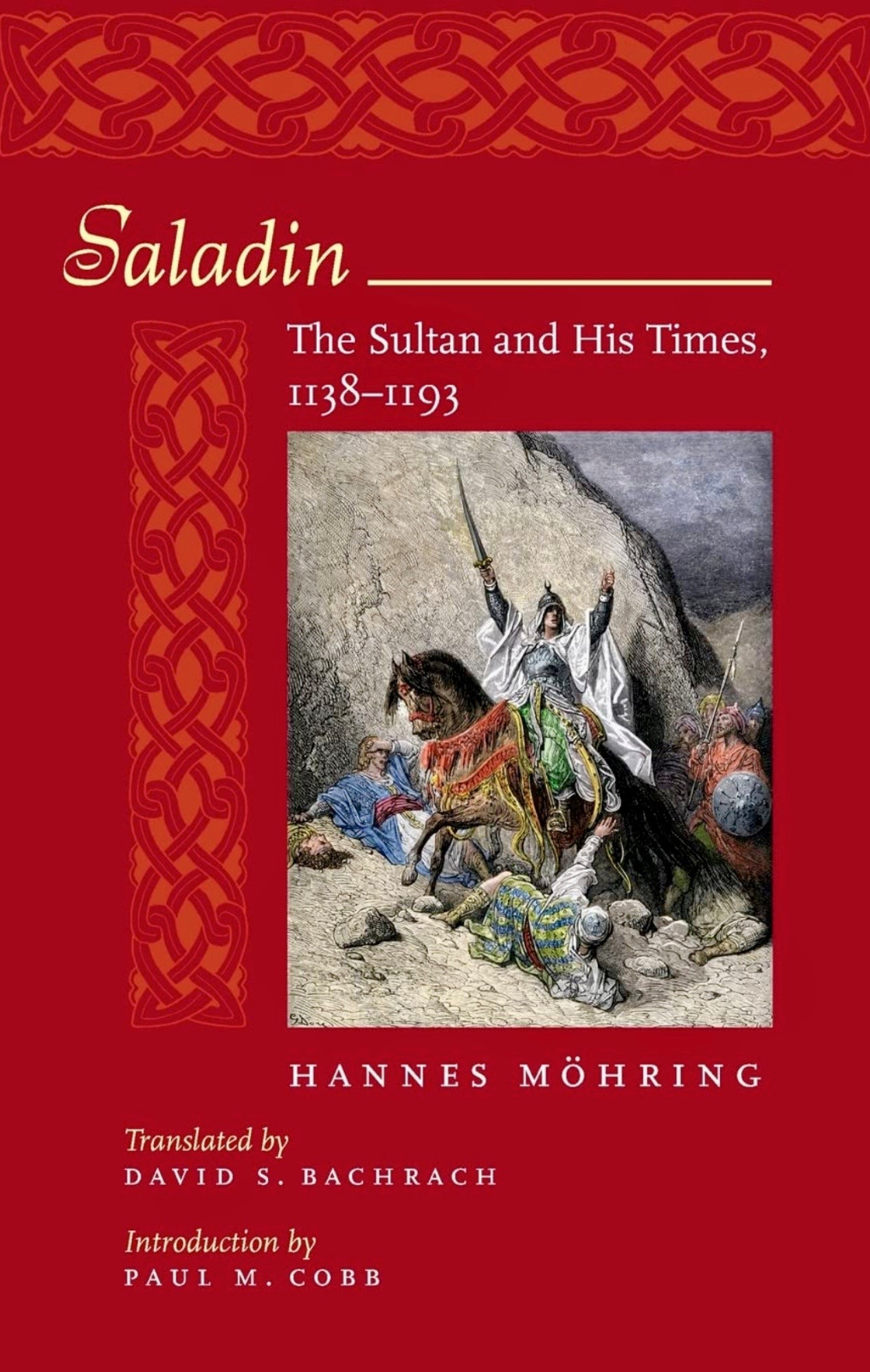
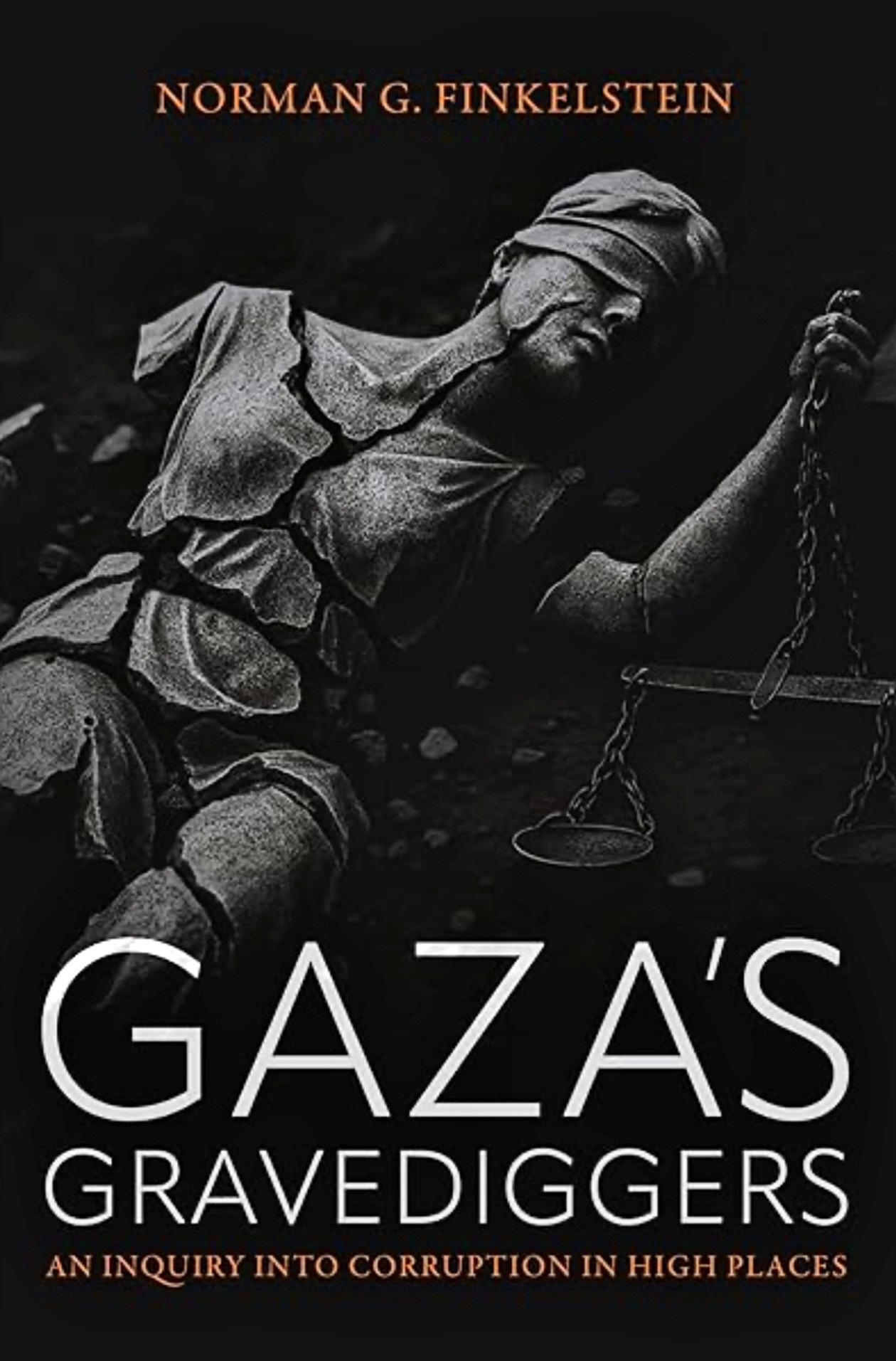
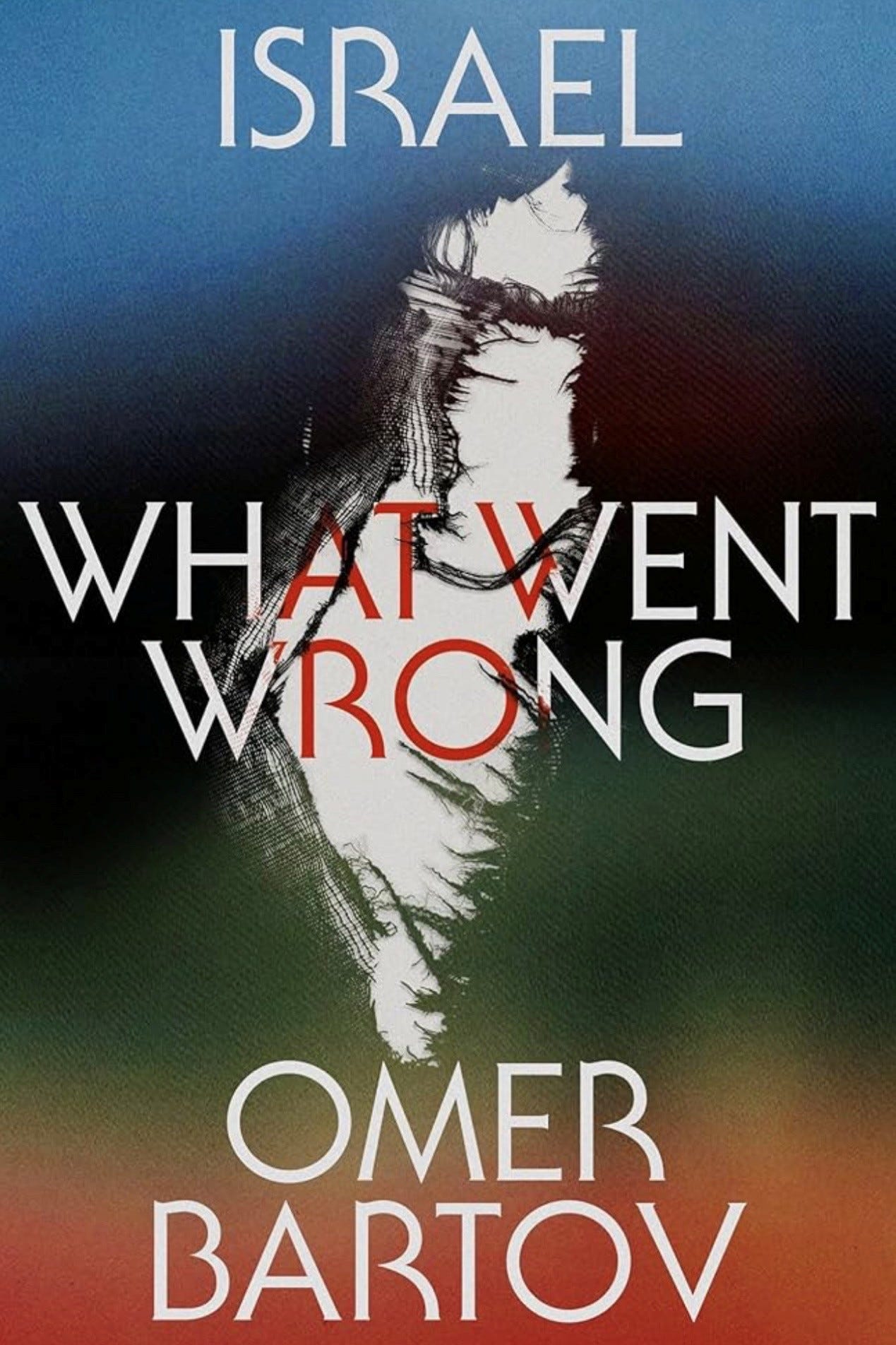
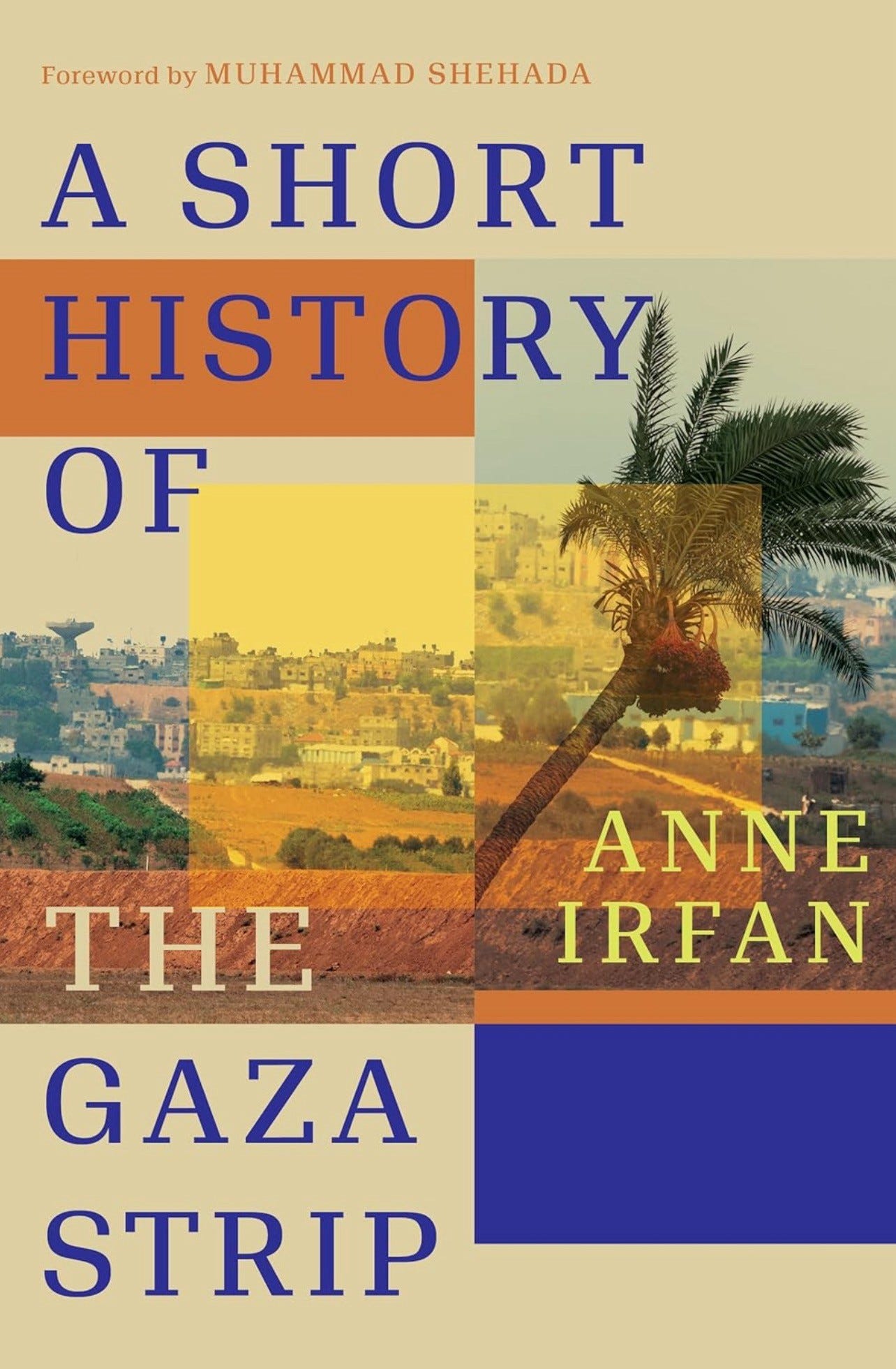
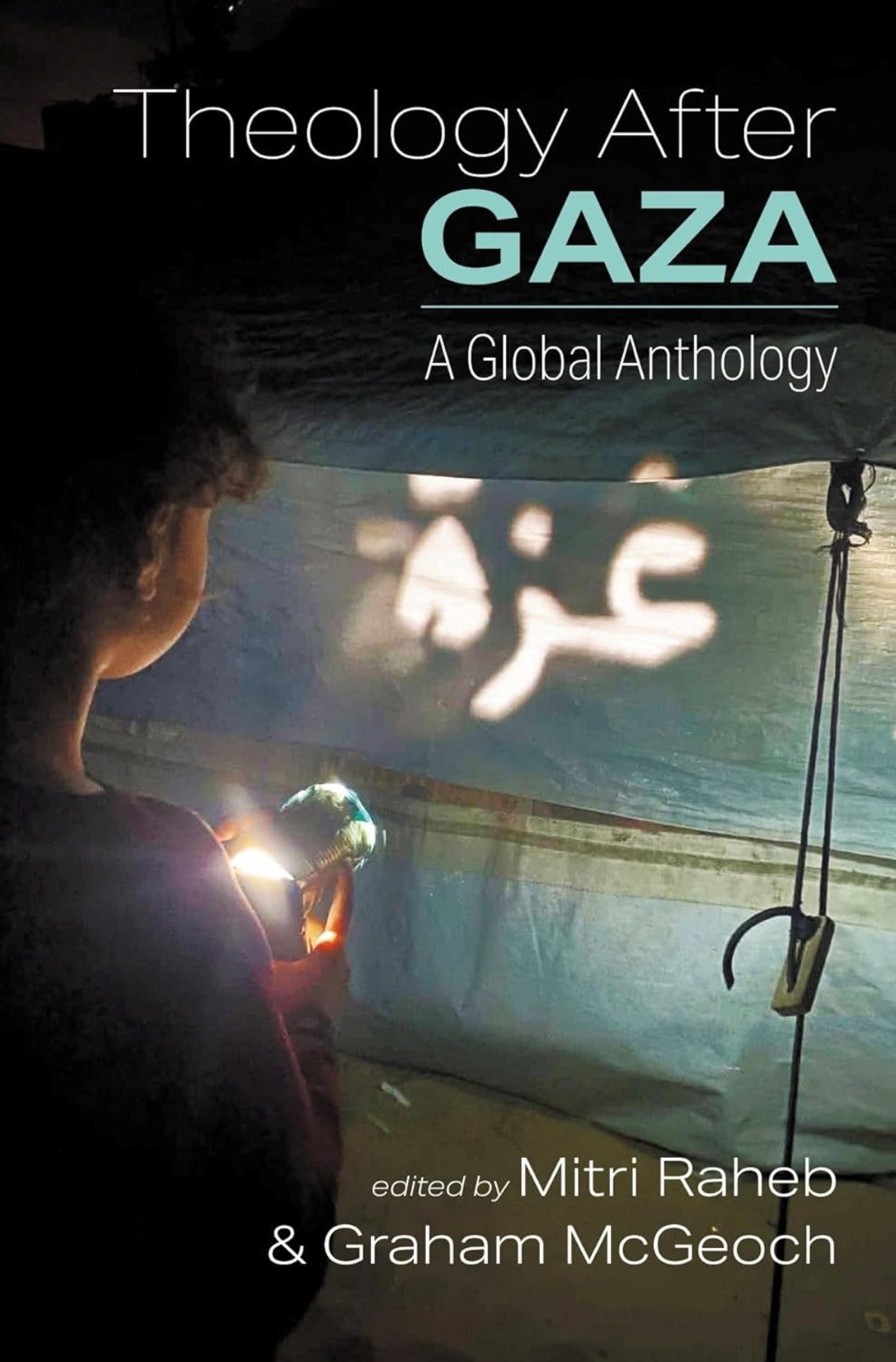
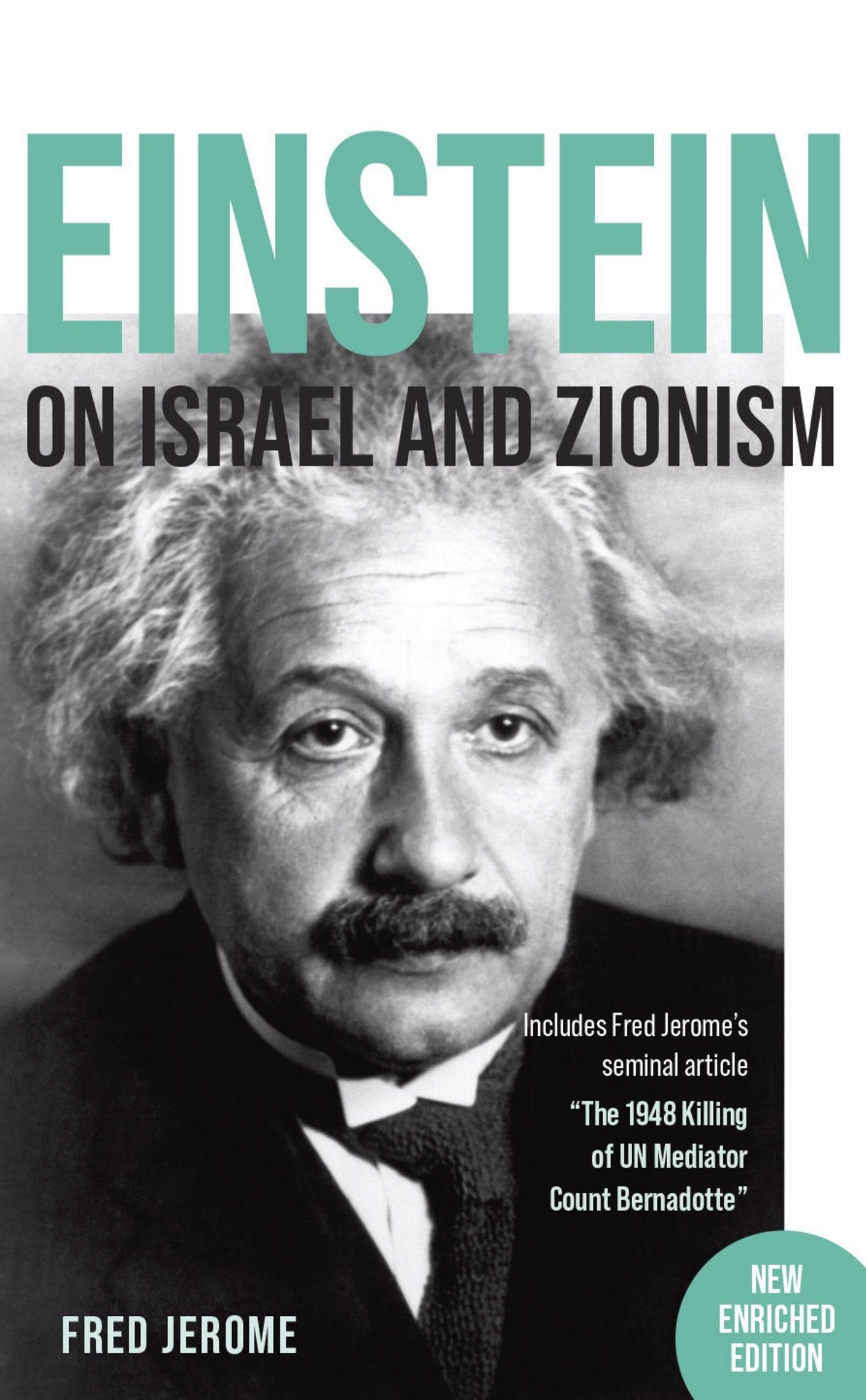
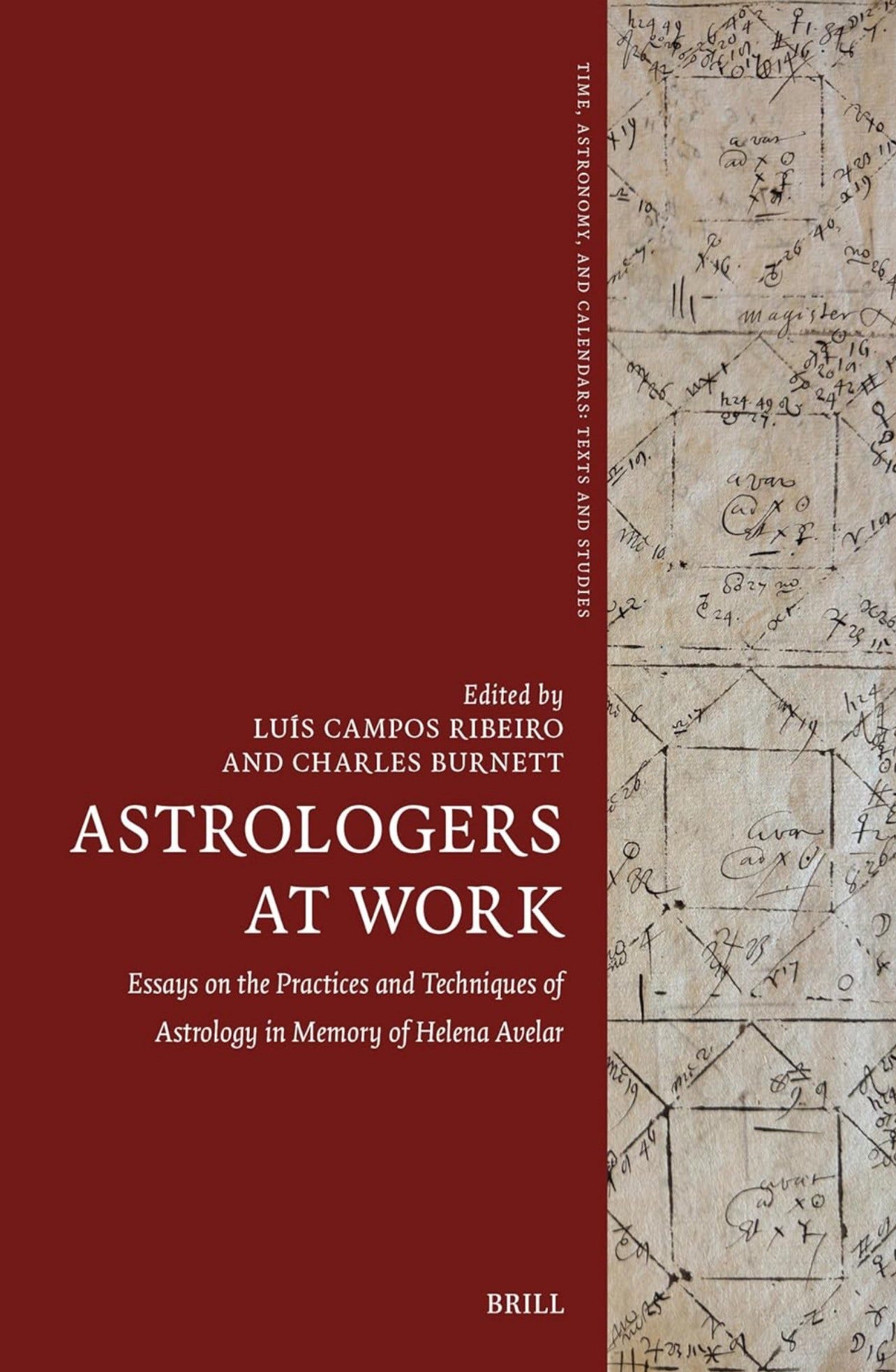
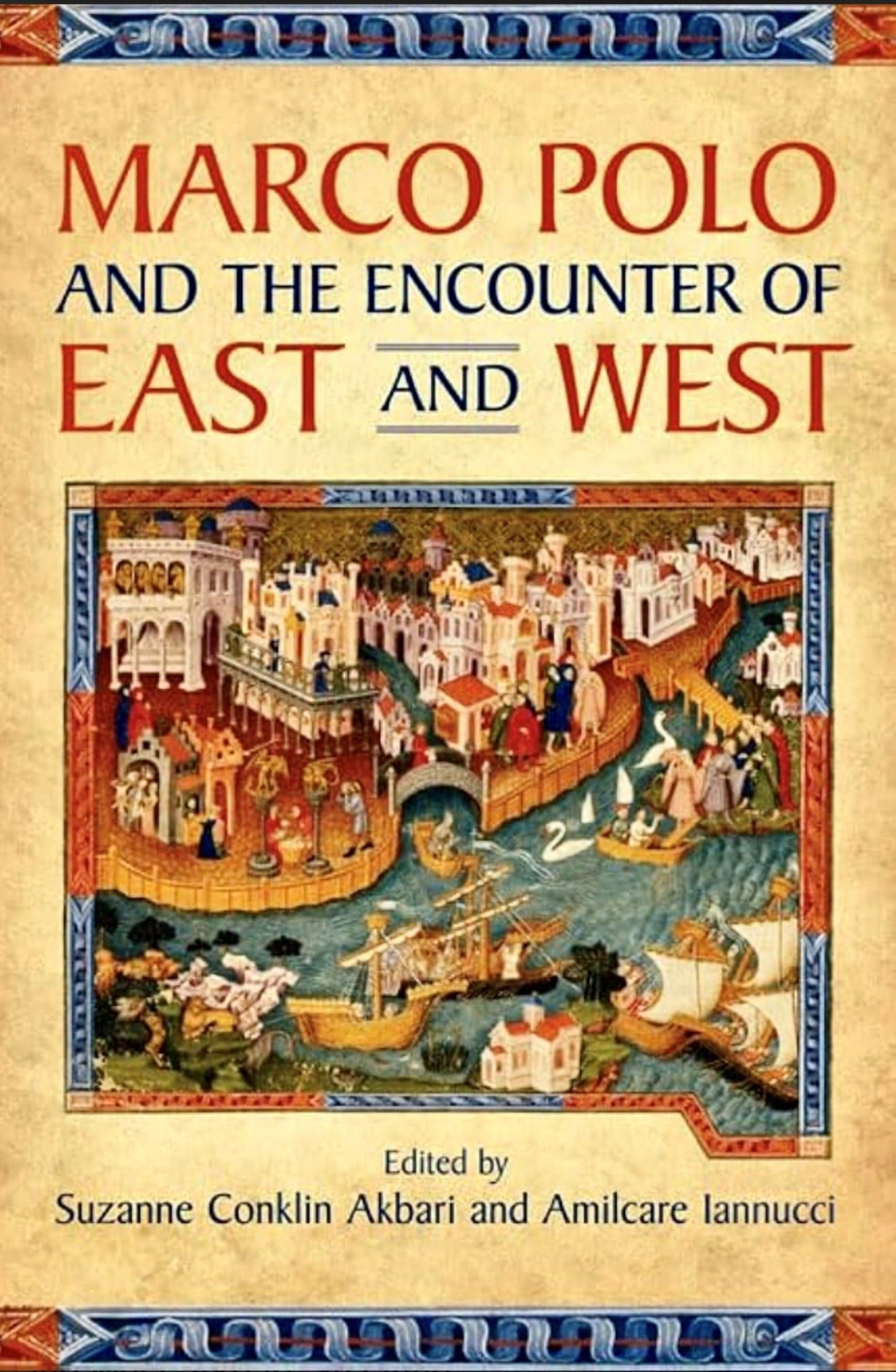
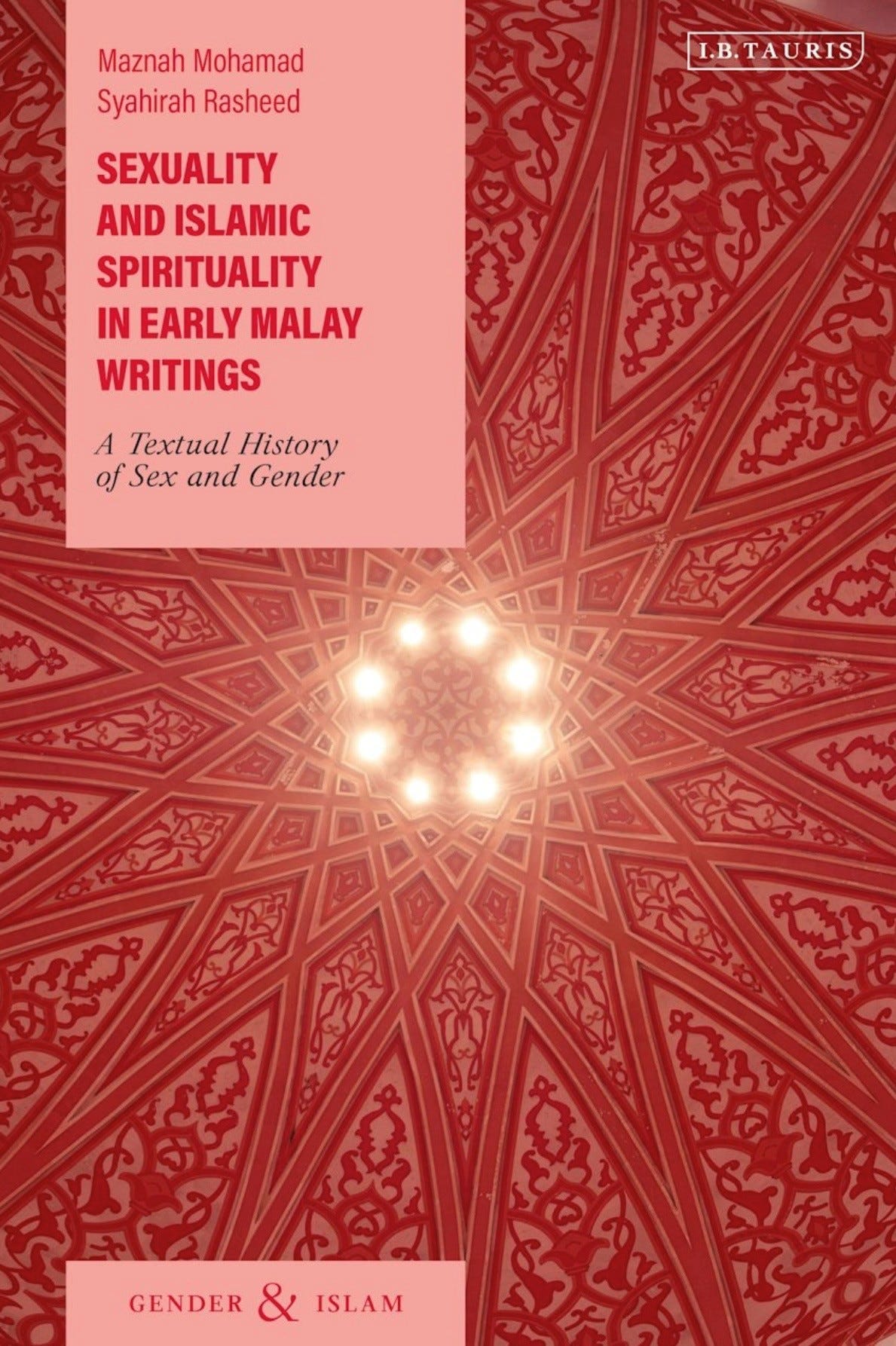
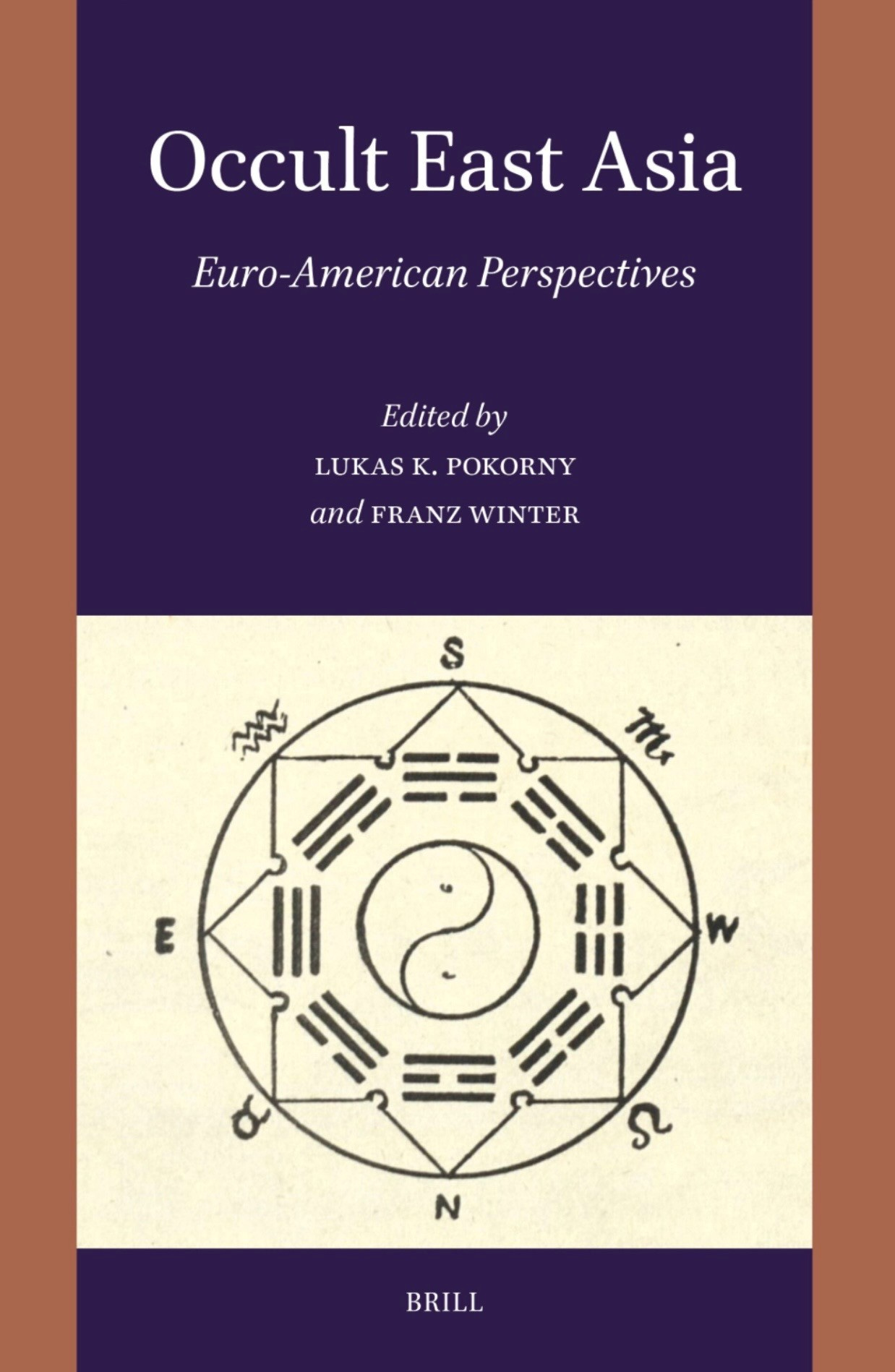
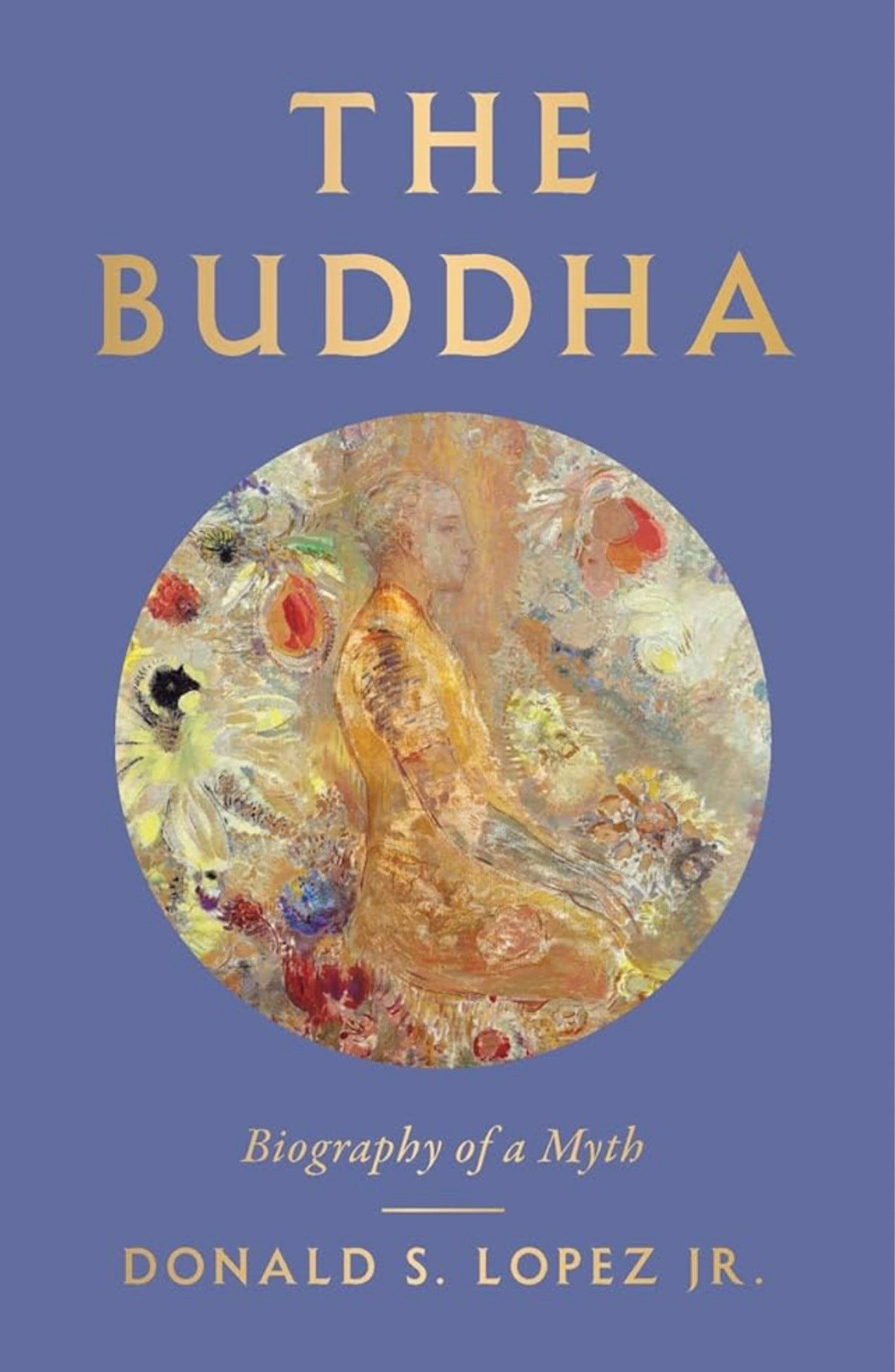
100 books!
Thank you very much for this list. Some of the books on the Ottoman Empire look very interesting! I'll check them out!